News Digest
October 18, 2024

Rising air pollution prompts complete ban on firecrackers in Delhi till Jan 1
Ahead of Diwali, the Delhi government on Monday imposed a ‘complete ban’ on manufacturing, storage, selling and bursting of all kinds of firecrackers up to January 1, 2025, in the territory of National Capital Territory (NCT) of Delhi. Delhi’s environment minister Gopal Rai emphasised that with the festival of Diwali approaching, the quality of air is likely to turn hazardous in the national capital and there is “already” a delay of around a month for carrying out cloud seeding in the city. In his letter dated October 10, Rai also conveyed that the use of artificial rains can serve as an emergency measure to curb the excess pollution in the city. The firecracker ban comes after the capital city witnessed a surge in pollution level on Sunday, a day after Dussehra celebrations. Delhi’s air quality slipped from the ‘moderate’ to ‘poor’ category. As per the Central Pollution Control Board data, the air quality of the capital remained in the ‘poor’ category on Monday noon, with the Air Quality Index (AQI) at 228.
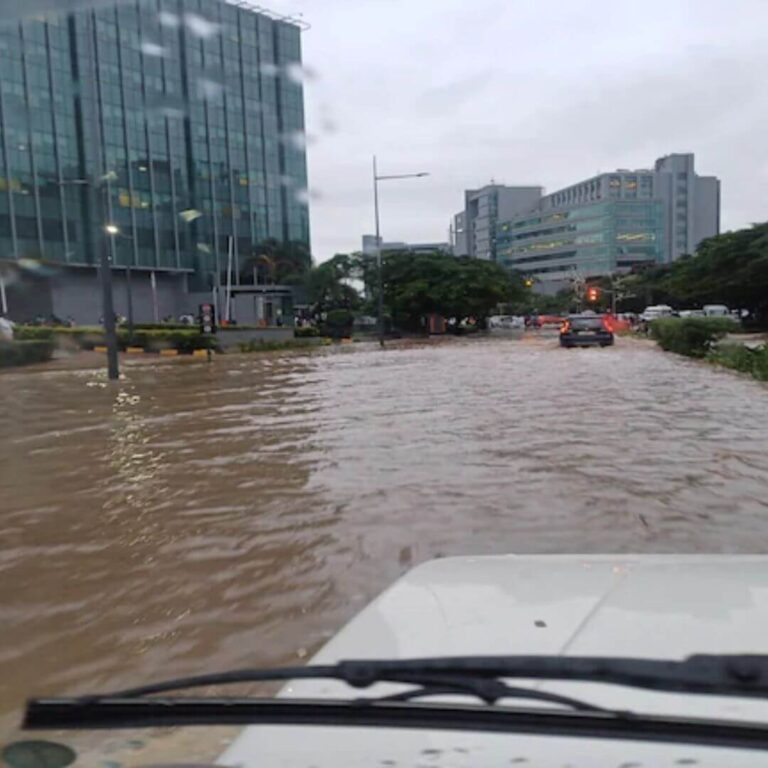
Chennai, Bengaluru face severe waterlogging after heavy rain
Residents of Chennai waded through polluted flood waters filled with garbage, while the Greater Chennai Corporation utilised drones to monitor garbage dumping and excavators to remove them from canals. In Pattalam and Vyasarpadi, flood waters pushed garbage into homes. “One side of Perumbakkam lake has turned into a dumpyard,” said Vipin from Perumbakkam. “Solid waste choking canals can increase inundation by 30 percent and sewage discharge forms sludge too. So, the capacity of drains reduces by 40 percent,” said B Sakthivel, a project management consultant with water resources department.
Bengaluru too saw massive rain on October 15 and 16. Phoenix Mall and Manyata Tech Park faced severe waterlogging and the latter witnessed the collapse of an embankment wall at a construction site within the premises, once again showing the vulnerability of the city’s infrastructure to extreme weather events. Bruhat Bengaluru Mahanagara Palike’s chief commissioner Tushar Giri Nath said: “Kendriya Sadan in Yelahanka and Manyata Tech Park in Nagawara are experiencing flooding because they have diverted their water drainage systems.”

India’s climate-friendly diet can save the planet: WWF
The World Wildlife Fund or World Wide Fund for Nature (WWF) called India’s food consumption pattern as the most climate-friendly among G20 nations and highlighted that India’s diet is the least harmful to the environment. In its latest Living Planet Report, released on October 10, it said if all countries adopted India’s consumption patterns, the world would require less than one Earth to support food production by 2050, making it a model for sustainability. The report stated, “any gains from more sustainable food production will count for little if we don’t also address food consumption. If everyone in the world adopted the current food consumption patterns of the world’s major economies by 2050, we will exceed the 1.5 degrees Celsius climate target for food-related greenhouse gas emissions by 263 percent and require one to seven Earths to support us. There are also compelling public health reasons to address unsustainable diets.” Cautioning that overconsumption, especially of fats and sugars, is driving a worldwide obesity epidemic, the WWF report revealed that over 2.5 billion adults are overweight, including 890 million living with obesity.
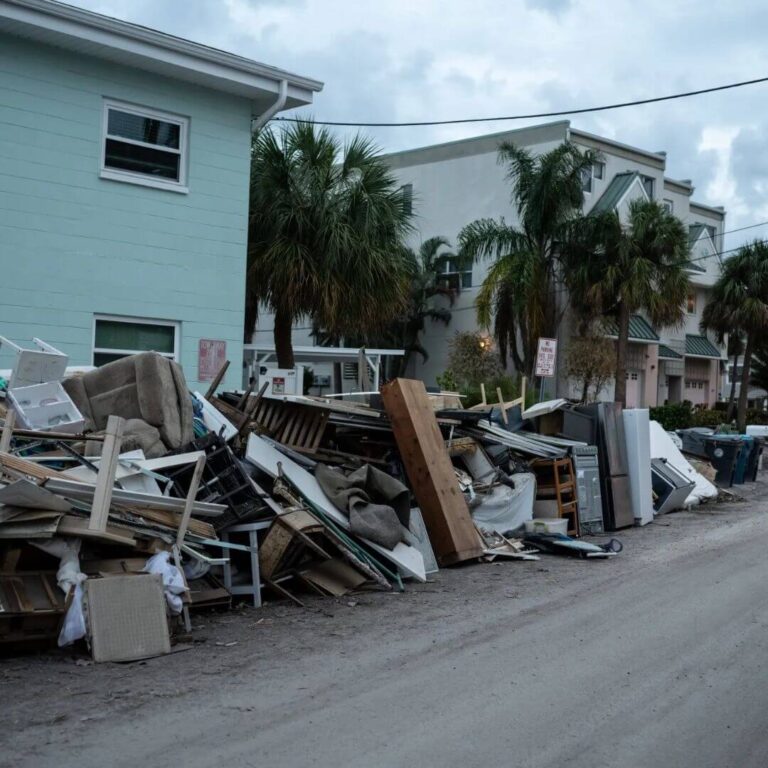
Moratorium on evictions during natural calamities mooted
The intersection of the US housing shortage and climate-change-fuelled extreme weather represents a collision of threats sometimes described as a polycrisis — a constellation of connected risks whose effects intensify each other. The Sonoma County Renter Protection ordinance, adopted by California’s Sonoma County Board of Supervisors on September 17, includes a first-in-the-US moratorium on evictions during declared emergencies. This “disaster-triggered” legislation goes immediately into effect when a state of emergency is declared, lasts throughout the emergency, and prohibits evictions for nonpayment due to circumstances surrounding the crisis. The ordinance, which also adds a set of stronger “just cause” eviction protections to renters in unincorporated parts of the county who aren’t in single-family rentals, is seen by advocates as a model that can be replicated across the US. “Evictions are a huge problem following a disaster,” said Natalie Maxwell, managing attorney at the National Housing Law Project.

Hurricanes fail to destroy net-zero, storm-proof homes in US
Hurricane Milton made landfall Wednesday night in Siesta Key, about a 30-minute drive south of Hunters Point. The storm obliterated vast parts of Florida, including the surrounding areas of Hunters Point like Anna Maria Island and Bradenton. The storm dumped more than 18 inches of rain on St Petersburg, which represents a more than 1-in-1000-year rainfall event for the area. Milton knocked out power for more than 2.5 million customers across the state, including in Manatee County, where Hunters Point homes are located. But, Hunters Point had electricity. Nestled between Sarasota Bay and the southwestern part of Tampa Bay, the new Hunters Point community is the first “net-zero” single-family home development in the US. Climate resiliency and storm protection were built into the fabric of the homes. And while the newly developed homes have endured a few storms since people moved in around February 2023, Hurricanes Helene and Milton put those features to true test over the last two weeks.

The Sahara Desert sees first floods in 50 years
Two days of rainfall in September exceeded yearly averages in several areas of south-east Morocco and caused a deluge, officials of the country’s meteorology agency said in early October. More than a year’s worth of rain fell in two days in south-east Morocco, filling up lakes in the Sahara Desert that had been dry for decades. Satellite imagery showed Lake Iriqui, dry for 50 years, being filled up. “It’s been 30 to 50 years since we’ve had this much rain in such a short space of time,” said Houssine Youabeb, an official of Morocco’s meteorology agency. Such rains, which meteorologists call an extratropical storm, may change the weather conditions in the region. Celeste Saulo, the secretary general of the World Meteorological Organisation, said that water cycles across the world were changing with increasing frequency. “As a result of rising temperatures, the hydrological cycle has accelerated. It has also become more erratic and unpredictable, and we are facing growing problems of either too much or too little water,” she said.
October 4, 2024
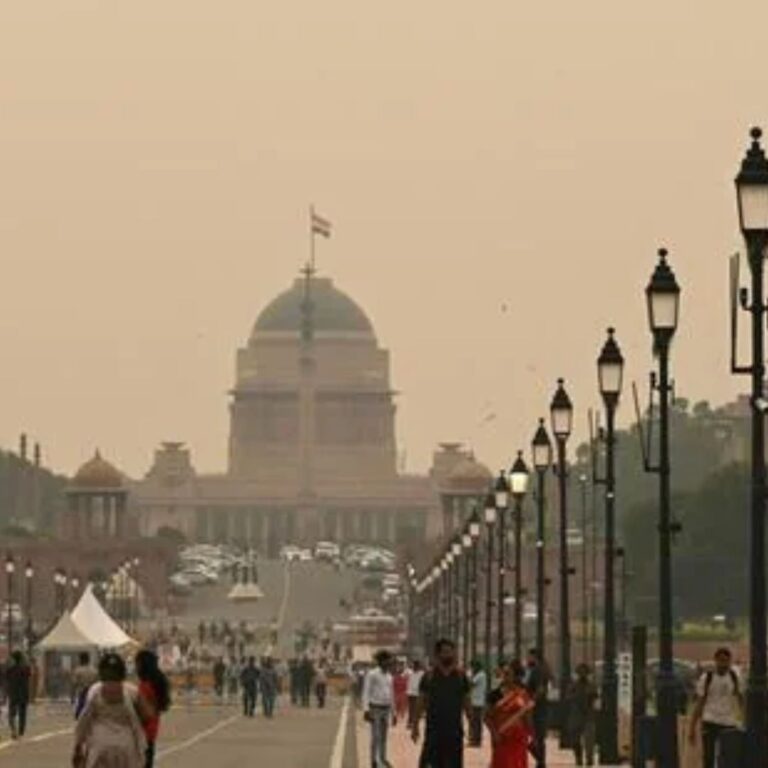
Drones to monitor 13 pollution hotspots in Delhi
Like every year, the Delhi government has chalked out a Winter Action Plan to combat pollution. Already implemented, it includes an anti-dust campaign to tackle the dust pollution at construction sites and along roads, drones will be deployed to monitor 13 pollution hotspots in Delhi, which have consistently recorded more than the average level of PM2.5 (Particulate Matter having a diameter of less than 2.5 microns). “Earlier, pollution sources were identified manually. This will allow real-time identification and action against sources of pollution on the spot,” said environment minister Gopal Rai. The Plan addresses various pollution sources including open waste burning, industrial emissions, and vehicular pollution. A real-time source apportionment study, along with a “Green War Room” and the Green Delhi app will help tackle pollution, the minister said.
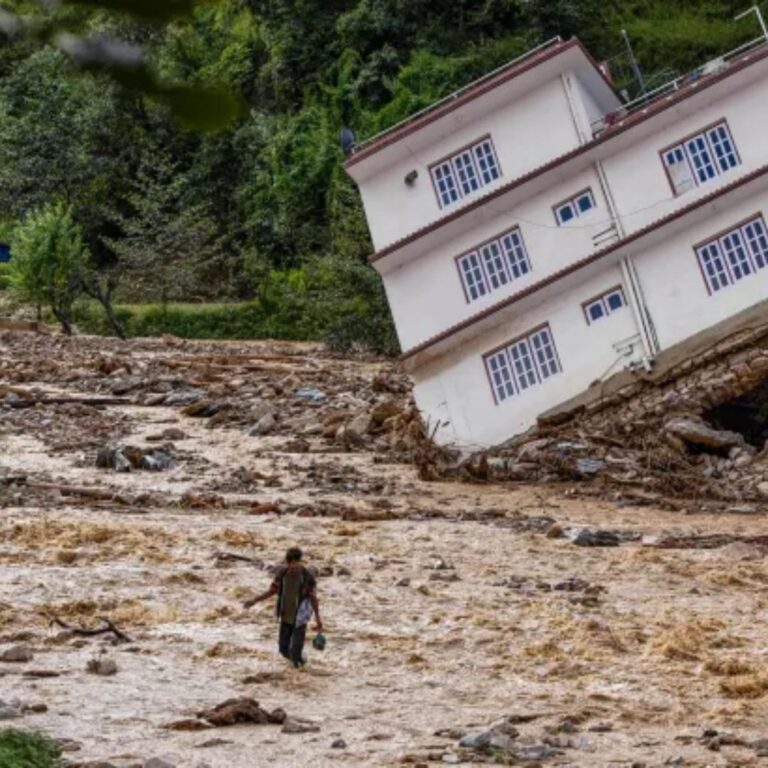
Nepal reels under worst deluge since 2002
More than 200 people were killed within days and thousands of houses damaged in the worst flooding and landslides in the Kathmandu valley in years. From September 26 to 29, the Kathmandu valley recorded about 240 millimetres (9.4 inches) of rain – the biggest deluge since 2002, according to a monitoring station at Kathmandu airport. Some parts of the city reported rain up to 322.2 millimetres. The Nepal-based think tank, the International Centre for Integrated Mountain Development, said the flood was worsened by unplanned urban encroachment around Bagmati River which was narrowed by haphazard planning and urban development after a dramatic population boom in Kathmandu in the early 1990s, according to planner Neeraj Dangol. “Natural flood events turn into a severe disaster due to the lack of preparedness or early warning, unscientific land-use practices and haphazard development activities among others,” said Pawan Bhattarai, assistant professor, Department of Civil Engineering at Tribhuvan University.

Deadly Hurricane Helene causes record-breaking storm surge
At 11.10 pm on September 26, Hurricane Helene made landfall near the city of Perry in southeastern United States as a powerful Category 4 hurricane and brought a record-breaking storm surge. Its sheer wind force and deadly floods left behind a path of destruction stretching over 500 miles from Florida to the Southern Appalachians. In just 48 hours, vast swaths of the region became unrecognisable. The storm has caused at least 130 deaths, communities were cut off as floodwaters washed away hundreds of roads, buildings, vehicles, and communication infrastructure was in shreds. Millions of people lost power and access to water across at least six states. The western North Carolina city of Asheville was especially hard-hit. Many residents took refuge on roofs, though some collapsed into the floodwaters. Houses floated away, while roads and bridges crumbled.
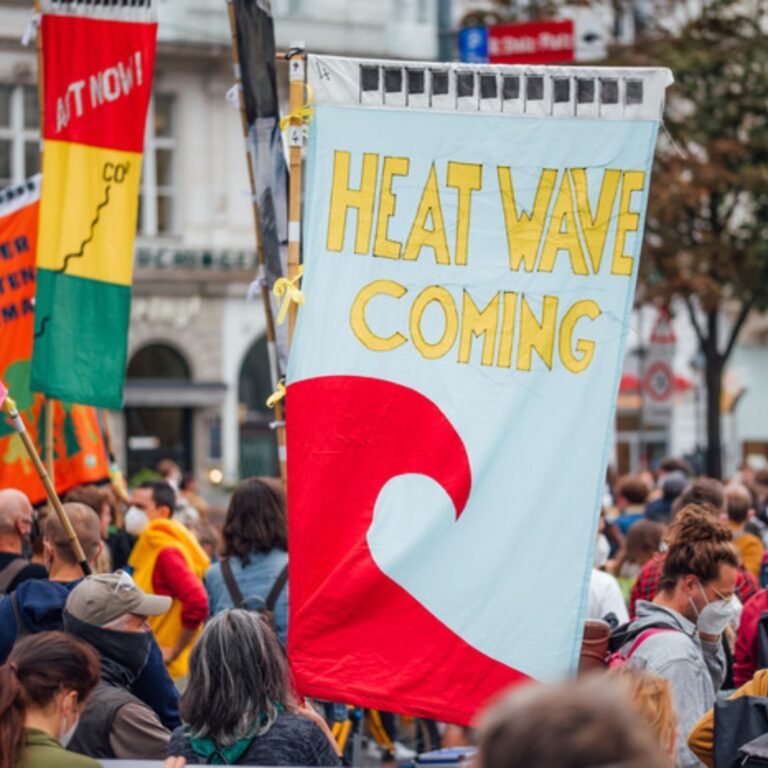
2 billion people faced extreme heat between June-Aug: Report
One in four people, globally, or roughly two billion people, were vulnerable to health-threatening high temperatures for more than 30 days between June and August this year, found a report by Climate Central, a non-profit climate advocacy group. It found that on average, people around the world experienced 17 more days of perilous heat level. Sifting through temperature data of around 1,200 cities, the report looked for “risky heat” days – when temperatures are hotter than 90 percent of temperatures observed in an area between 1991-2020. Another significant finding was that August 13, 2024 was the day with the highest global heat exposure when 50 percent of the world population (4.1 billion people) were exposed to significantly hot temperatures. The report indicated that 72 countries experienced their hottest summers since 1970, while 180 cities in the Northern Hemisphere experienced at least one extreme heatwave between June and August. The occurrence of these heatwaves is 21 times more likely now due to so much carbon being released into the atmosphere.
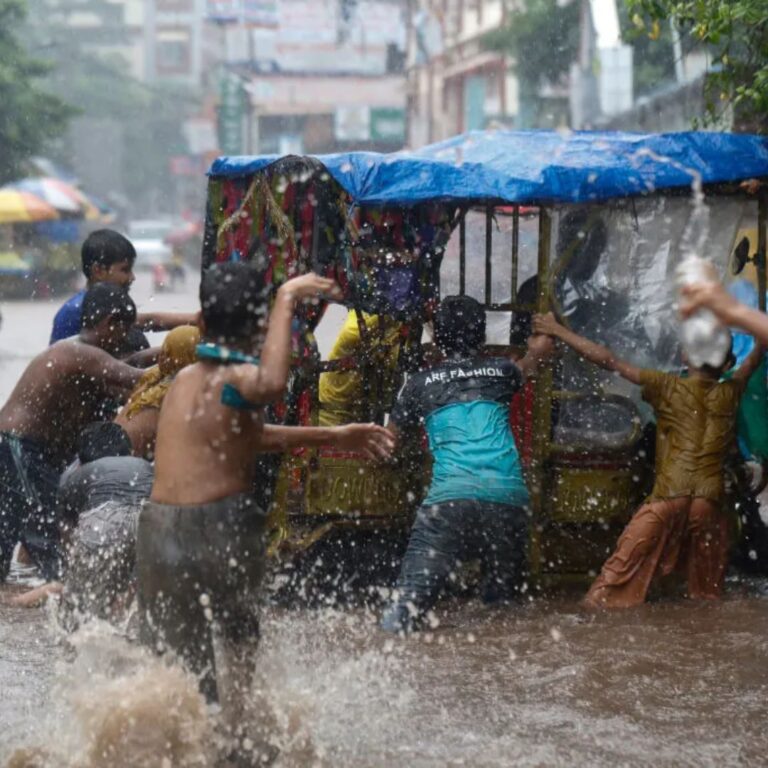
Climate migrants will make crowded cities more populated
Extreme flooding in Bangladesh could send as many as 3.1 million internally displaced migrants to the densely populated capital of Dhaka by 2050, adding to the 12 million people who already live there, according to a new report from the C40 Cities coalition and the Mayors Migration Council. And in Colombia, nearly 6,00,000 climate migrants are expected to settle in the capital Bogotá, where a water shortage already affects 8 million. The report is among the first to provide city-level climate migration projections across multiple regions, with a focus on Global South where both climate impacts and urban challenges are felt more intensely. Without considerable reduction in global carbon emissions, 10 of the fastest-growing megacities across Africa, South America, South Asia and the Middle East could see a total influx of 8 million internal migrants by mid-century, according to projections, adding to the economic and political refugees and accelerating urbanisation.
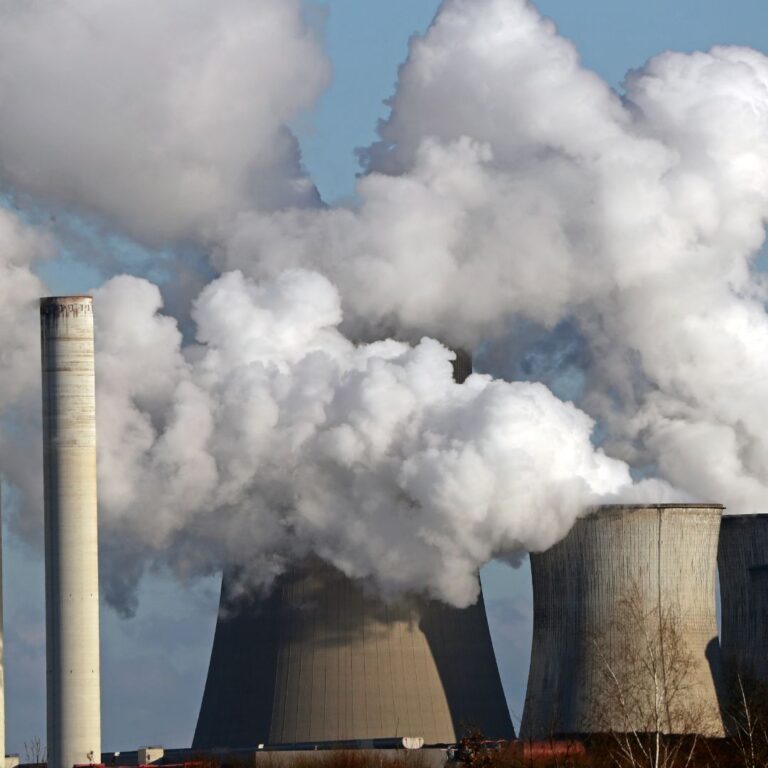
UK stops using coal to produce electricity
Britain’s last coal-fired power station shut down for good on September 30, making Britain the first G7 country to wean itself off coal to generate electricity. The station near Nottingham opened in 1967 as one of the country’s largest power plants and its four coal-fired boilers could produce 2,000 megawatts of electricity, enough for two million homes. The station’s eight giant cooling towers and its 200-metre-high chimney dominated the local East Midlands skyline for decades and it once employed as many as 3,000 workers. When it shut down, it had 170 employees. “It’s bittersweet,” said Harry Atkinson, a maintenance engineer. “You’ve got folks who have worked here 40 years and it’s sad. We’ve all shed a tear. But none of us are blind to the fact that climate change is an issue and we need to decarbonise.” Environmental groups hailed the Ratcliffe shutdown as an important milestone in the fight against climate change. In 2022, coal-fired power plants accounted for around 40 per cent of global greenhouse-gas emissions.
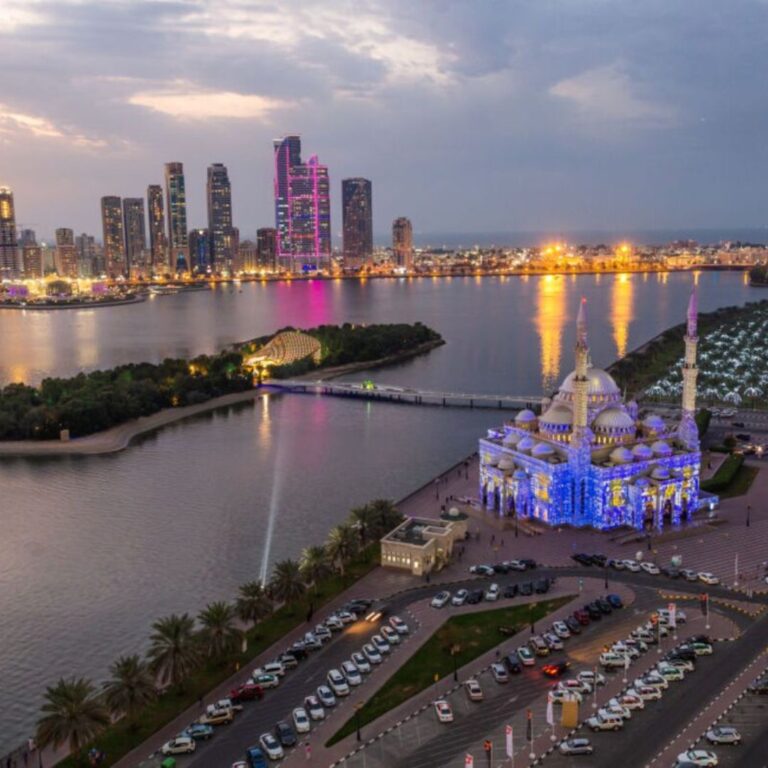
High rents in Dubai forces people to move to Sharjah
Most people in Dubai cannot afford house rents and are heading to the 7,000-year-old city of Sharjah. Less than two years after passing a law that allowed foreigners to buy property in select areas of the conservative emirate, Sharjah is beginning to lure investors. Developers are constructing tens of thousands of homes. “You have lower rents and lower costs of living overall,” said Prathyusha Gurrapu, head of research and advisory at the property consultancy firm Cushman & Wakefield Core. “We are seeing migration happening as many people move to Sharjah because rents in Dubai have become very expensive.” Home values in the emirate have now risen for 16 straight quarters and rents for single family homes have soared 86 percent since the pandemic, according to real estate consultancy JLL. Arada Developments, owned by the son of Saudi Arabian Prince Alwaleed bin Talal and a member of Sharjah’s ruling family, is building a $9.5 billion project that will include 25,000 homes, an entertainment area with restaurants and shops as well as sporting facilities and one of the region’s biggest skate parks.
September 20, 2024
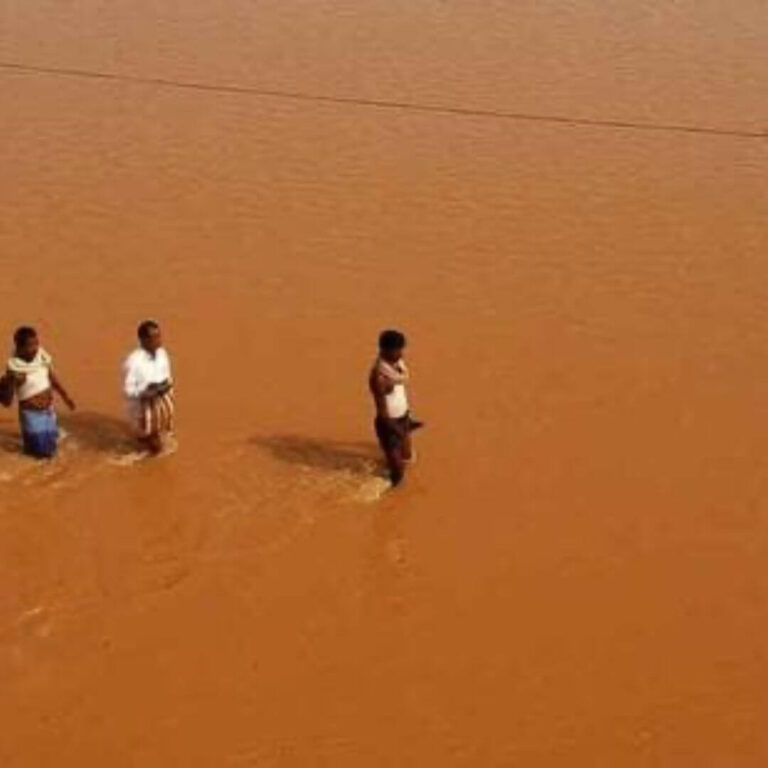
Study finds extreme climate trends in 85 percent of India’s districts
Over 85 percent of Indian districts are prone to flood, drought, cyclone, and heat waves of which 45 percent are witnessing a swapping trend, said a report. The shifting pattern of extreme climate events across India has made some flood-prone areas susceptible to droughts and vice versa, read the report by the IPE Global and Esri-India. Over 80 percent of districts in Gujarat have faced increased frequency and intensity of extreme floods over two decades which may explain the devastating floods in Saurashtra this year. The number of districts that transitioned from floods to droughts surpasses those that have shifted from droughts to floods. Districts such as Srikakulum, Guntur, Kurnool (Andhra Pradesh), Cuttack (Odisha), Mahbubnagar, Nalgonda (Telangana), and Paschim Champaran (Bihar) have seen a reversal from floods to droughts. Districts in Tripura, Kerala, Bihar, Punjab, and Jharkhand have shown maximum swapping trends. The frequency, intensity, and unpredictability of these climate extremes have risen by four-fold in recent decades.

People in Kenya, India most worried about deteriorating nature
The Global Commons Survey, conducted for two collectives of “economic thinkers” and scientists known as Earth4All and the Global Commons Alliance, polled people across 22 countries, including low-, middle- and high-income nations. The results highlight that people living under diverse circumstances seem to share worries about the health of ecosystems and the environmental problems future generations will inherit but there are regional differences. People living in emerging economies, including Kenya and India, perceived themselves to be more exposed to environmental and climate shocks like drought, flooding and extreme weather. This group expressed higher levels of concern about the environment with 59 percent saying they are “very” or “extremely” worried about “the state of nature today” and another 29 percent somewhat concerned. Roughly one in two Americans said they are not very or not at all exposed to environmental and climate change risks which contrasts sharply with empirical evidence that climate change is impacting nearly every corner of the United States.
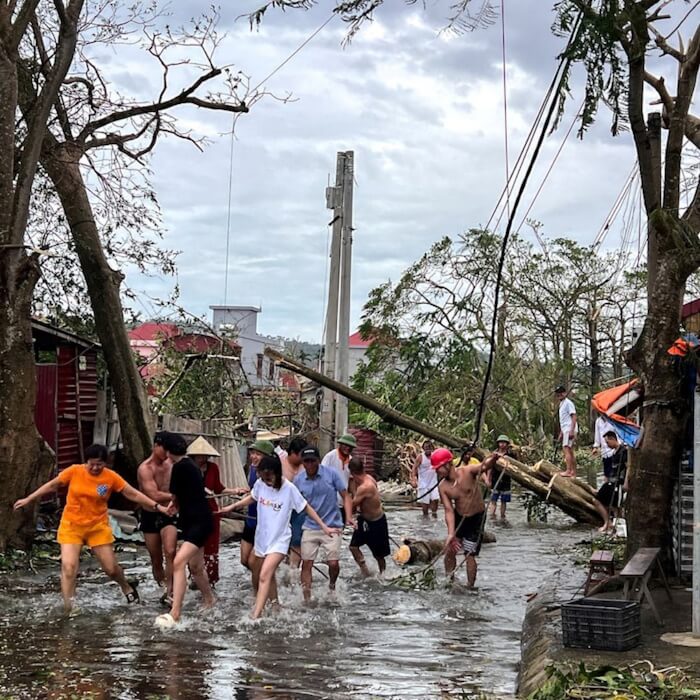
Devastating floods cause destruction in Asia, Nigeria
Deadly floods in Nigeria, Vietnam, Thailand and Myanmar have caused destruction and claimed many lives. Typhoon Yagi has caused havoc in Vietnam, Myanmar and Thailand and flood waters from swollen rivers have inundated cities. The death toll in Vietnam touched 233 and rescue operations are still on. The country’s economic growth in 2024 may slow by 0.15 percent compared to the previous forecast due to the impacts of the typhoon. The floods in central Myanmar destroyed five dams, four pagodas, and more than 65,000 houses. Myanmar’s death toll from floods rose to at least 113 on Saturday evening. At least 320,000 people have been displaced and 64 are still missing. The devastating floods in northeastern Nigeria have submerged entire residential areas, displaced tens of thousands of people, and forced zoo animals to escape into the streets. The heavy surge of water buried half the state capital, Maiduguri, damaging buildings and infrastructure. The walls at a jail in Maiduguri in northeastern Nigeria collapsed in the surging flood waters, allowing 281 prisoners to escape. Seven of the escaped inmates have been recaptured in operations by security agencies.
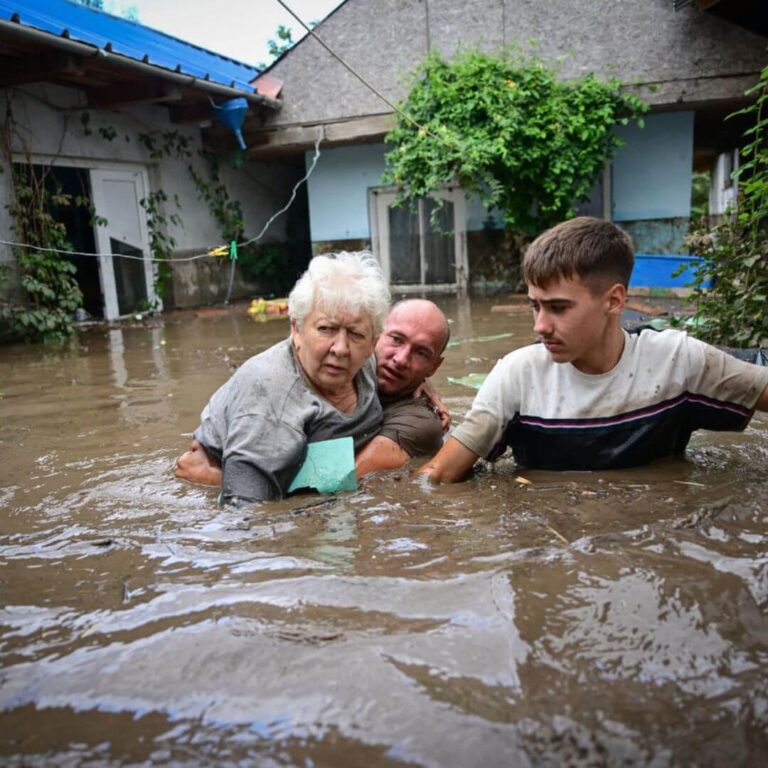
Heavy rains batter central Europe, claim 14 lives
Parts of Austria, the Czech Republic, Poland and Romania have been flooded as a low-pressure system crossing the region has unleashed record-high rains for days. The flooding in Poland has burst dams and embankments, while receding waters have left streets covered in piles of debris and mud. It prompted a hospital in the southwestern Polish city of Nysa to evacuate about 40 patients. Scores of people have been killed. Schools and offices in the affected areas were closed, and drinking water and food were delivered by trucks. Many Polish cities, including Warsaw, have called for food donations for flood survivors. Experts warned of flood threats due to cresting Oder River in Opole, a city of some 1,30,000 residents, and Wroclaw, home to about 6,40,000 residents and where disastrous flooding happened in 1997. In Poland, Prime Minister Donald Tusk held an emergency meeting and later declared a disaster in flooded areas, a government measure to facilitate evacuation and rescues.

Louisville’s project of trees as medicine
A new study found that after Louisville in the United States planted thousands of trees in underserved neighbourhoods, at least one health outcome improved: Residents of the newly greened areas had 13 percent to 20 percent lower levels of a blood marker of general inflammation compared to those living far from the new plantings. Organisers billed it as “a clinical trial where trees are the medicine”. Cities like Phoenix and Detroit have pledged to plant thousands of trees, aiming to improve air quality, liveability and flood resilience while addressing long-standing inequities that have left marginalised neighbourhoods desperate for shade and green space. Starting in November, the University of Louisville’s Urban Design Studio will intensively plant more than 100 large trees on Founders Square, an under-utilised three-quarter acre downtown lot. The goal is to create an instant “microforest” — a pocket-sized green space that can deliver significant local benefits. The forest will serve as a field site to investigate a variety of health and environmental issues tied to microclimates and the urban heat island effect.

Greening projects in US schools remove asphalt
The Trust for Public Land has helped renovate more than 300 school playgrounds in 23 states turning asphalt playgrounds into islands of greenery. According to the group, public schools cover about 2 million acres of land, much of which has been cleared of trees. Schools in these areas tend to be even hotter, said Kelly Turner, a heat expert at UCLA, because they have less shade and more asphalt. “Schools are basically shade deserts,” said Turner, who has studied public schools in Los Angeles and is working to quantify how much shade is enough to keep children safe. California’s governor and legislature agreed to place a $10 billion school bond before voters in November. If approved, a portion of it may be used to plant trees and reduce the amount of pavement around public schools. In Los Angeles, the school district has committed $500 million to greening projects, and the board has approved a $9 billion school facilities bond, its largest ever, of which about $1.25 billion could go toward planting trees, creating shade structures and removing asphalt.
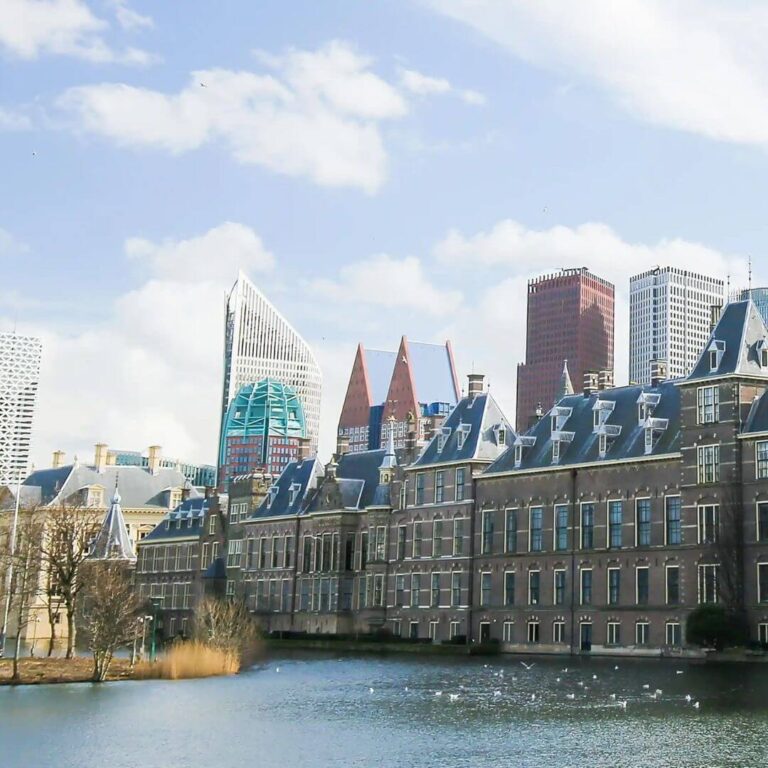
The Hague is world’s first city to ban fossil fuel-related ads
The Hague becomes the world’s first city to pass a law banning fossil fuel-related ads which will come into effect next year. The ban outlaws fossil fuel products and services with a high carbon footprint, but it does not cover political advertising by the fossil fuel industry or adverts that promote a general brand. The Hague is the first city to ban high-carbon advertising through local legislation. The decision follows a call by the UN chief, António Guterres, earlier this year for governments and media to enact such bans, as they have done with tobacco. Legislation spells the end of publicly and privately funded advertising for petrol and diesel, aviation and cruise ships in the streets of the Dutch city, including on billboards and bus shelters. Thijs Bouman, an associate professor in environmental psychology at Rijksuniversiteit Groningen, said fossil fuel advertising undermined climate policy because it normalised and promoted unsustainable behaviour. Amsterdam and neighbouring city Haarlem have previously imposed bans on products that contribute to climate breakdown, including meat, although they have not made them into law.
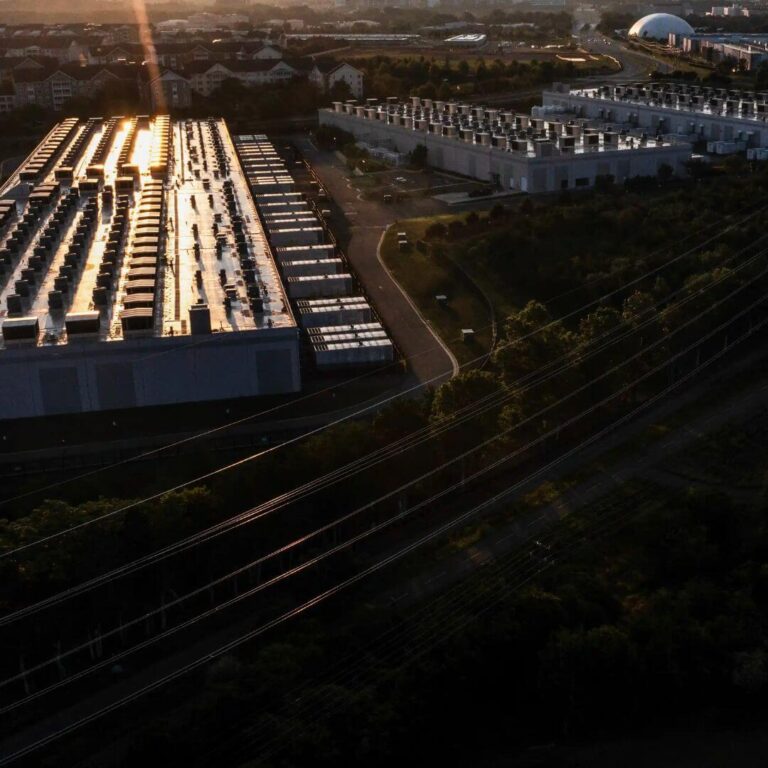
Big tech’s data centre emissions probably 662% higher than claims
According to a Guardian analysis, from 2020 to 2022 the real emissions from the “in-house” or company-owned data centres of Google, Microsoft, Meta and Apple are likely about 662 percent – or 7.62 times – higher than officially reported. Amazon is the largest emitter of the big five tech companies by a mile – the emissions of the second-largest emitter, Apple, were less than half of Amazon’s in 2022. However, Amazon has been kept out of the calculation above because its differing business model makes it difficult to isolate data centre-specific emissions figures for the company. As energy demands for these data centres grow, many are worried that carbon emissions will, too. The International Energy Agency stated that data centres already accounted for 1 percent to 1.5 percent of global electricity consumption in 2022 – and that was before the AI boom began with ChatGPT’s launch at the end of that year. all five tech companies have claimed carbon neutrality, though Google dropped the label last year as it stepped up its carbon accounting standards.
September 6, 2024
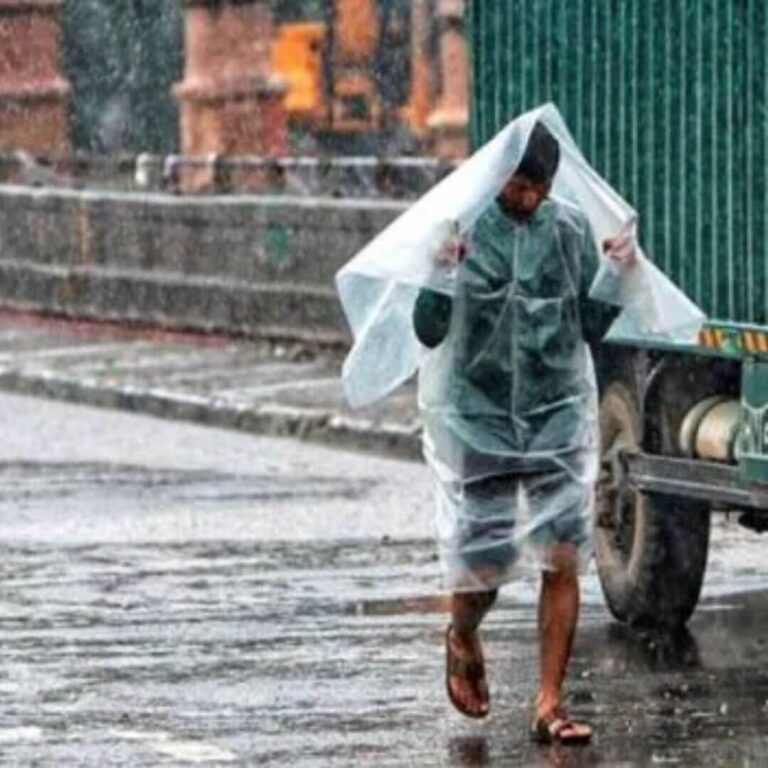
Gujarat flooding exacerbated by extensive urban development
An analysis after the torrential rain in Gujarat revealed that 12 of the state’s 33 districts experienced one-day rainfall that exceeded the 10-year return period, which is a statistical measure indicating the average interval between such intense events. In Vadodara, which experienced severe flooding over the weekend of August 30-September 1, the three-day rainfall corresponded to a return period of less than 10 years, researchers said. Morbi, Dwarka, and Jamnagar recorded rainfall levels that surpassed their 50-year return periods; Dwarka exceeded 100 years. “However, the flooding was likely exacerbated by extensive urban development in flood-prone areas, altered elevations, and drainage patterns compromised due to rapid urbanisation and clogged drainage systems,” said Udit Bhatia, assistant professor at IIT Gandhinagar and Principal Investigator of the MIR Lab, who works on the resilience of urban systems to extreme events.
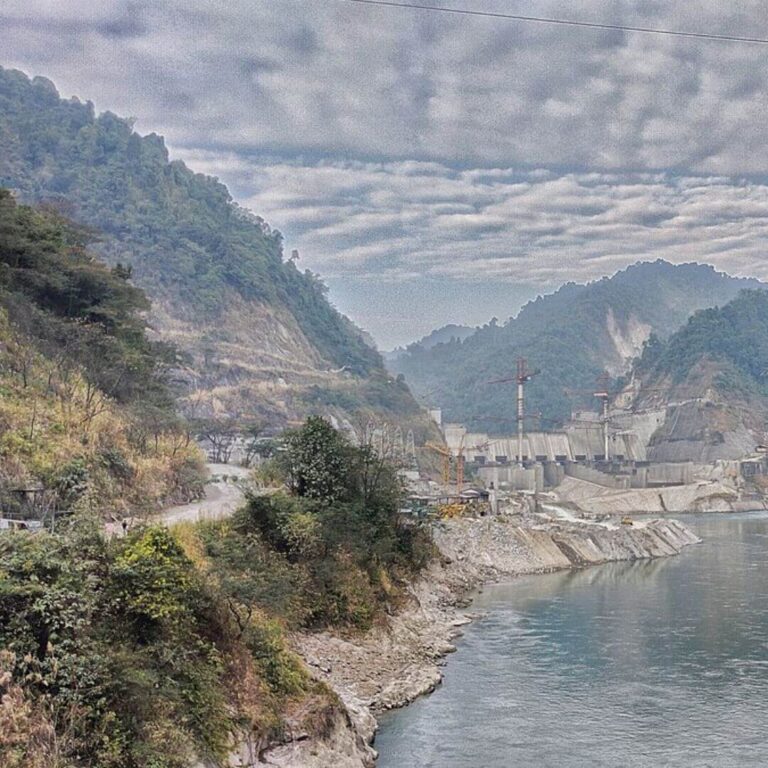
Mega-hydro dam in North-east threatens lives, livelihoods
The Subansiri Lower Hydroelectric Project on the Assam-Arunachal Pradesh border is expected to be fully operational in 2026. The dam will not only block the movement of fish but also change the way people downstream experience the river’s flows. It will alter the flow and sediment supply in the river, and the abrupt and powerful flow for four hours each night will have greater scouring capacity and risks eroding the riverbed and banks. Traditionally, from October to April, the dry riverbed and sandbar islands have been used to grow early-maturing ahu rice and mustard before the monsoon flood waters arrive. People also graze their livestock in the islands and in the fields after crops are harvested. Once the dam begins flooding the river for four hours a night, the riverbed and sand-bar islands will be largely unusable. Even though there will be flood waters every day in the river, fishermen and wood collectors may not benefit from it.
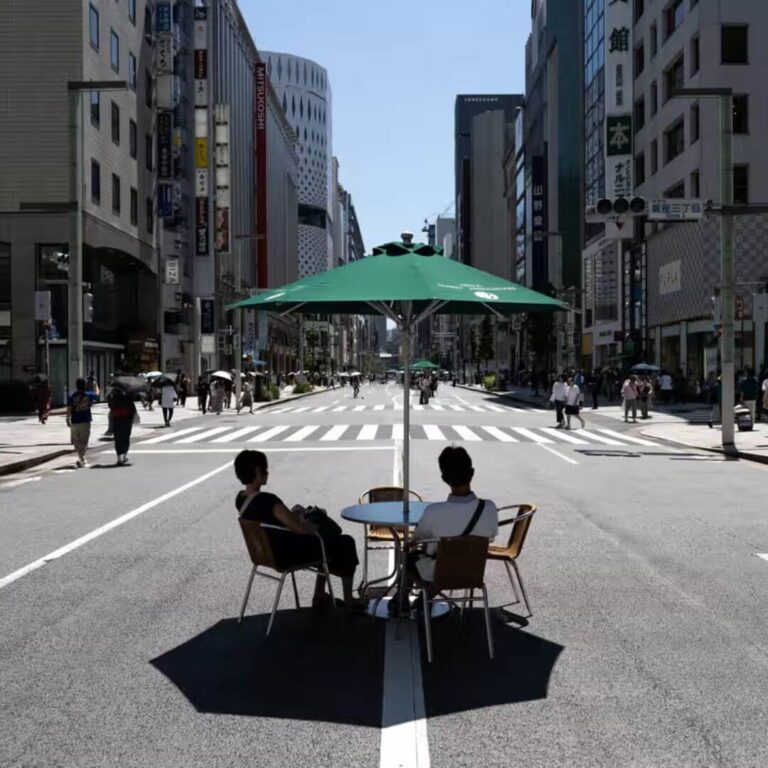
Japan, China record hottest summer on record
Japan’s average temperature in June, July and August was 1.76 degrees Celsius higher than the average recorded between 1991 and 2020. It was the hottest summer since comparable records were first kept in 1898 and tied the record set in 2023, the agency said. Japan has recorded 8,821 instances of “extreme heat” – a temperature of 35 degrees Celsius or higher so far this year, easily beating the previous record of 6,692 set in 2023, said Japan’s meteorological agency. The brutal heat was also in swathes of China which logged the hottest August on record. China is the leading emitter of the greenhouse gases that scientists say are driving global climate change. Its weather service said that average air temperatures for August in eight provinces, regions and cities “ranked the hottest for the same period” since records began.

Climate change hits South Korea’s kimchi industry
South Korea’s kimchi industry, which is already battling lower-priced imports from China, is facing challenges owing to climate change. Mostly served in restaurants, spicy, fermented kimchi is made from other vegetables such as radish, cucumber and green onion, but the most popular dish remains cabbage-based. The quality and quantity of the napa cabbage pickled to make the ubiquitous dish is suffering due to rising temperatures. Describing the effect of higher temperatures on the vegetable, Lee Ha-yeon, Khimchi Master in the Agriculture Ministry, said the heart of the cabbage “goes bad, and the root becomes mushy”. According to the Rural Development Administration, climate change scenarios project the farmed area to shrink dramatically in the next 25 years with no cabbage grown in the highlands by 2090. Researchers cite higher temperatures, unpredictable heavy rains and pests that become more difficult to control in the warmer and longer summers as the cause for the crop shrinkage.
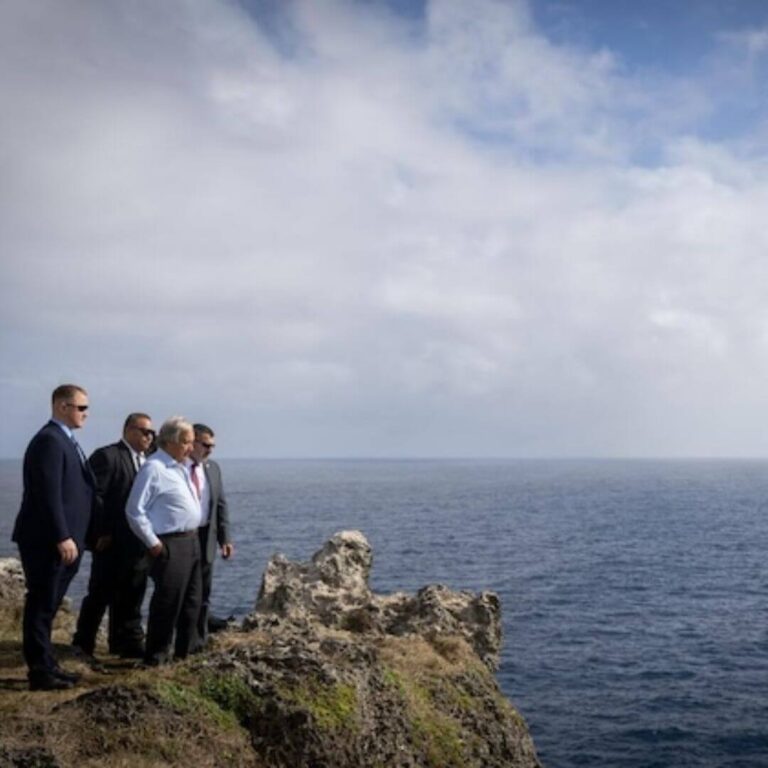
‘If we save the Pacific, we also save ourselves’
A newly-released UN report, Surging Seas in a Warming World, said the increase in the global mean sea level was 9.4 centimetres but in the southwest Pacific it was more than 15 centimetres between 1993 and 2023. Expanding oceans, due to melting Arctic and Antarctic ice, are projected “to cause a large increase in the frequency and severity of episodic flooding in almost all locations in the Pacific Small Island Developing States in the coming decades.” Ninety percent of Pacific Islanders live within 5 kilometres of coastlines, leaving them highly exposed to encroaching seas. The United Nations Secretary-General, António Guterres, has called for an emergency response from the international community as new data from the World Meteorological Organization (WMO) reveals a critical deterioration in the state of the climate. “If we save the Pacific, we also save ourselves. The world must act and answer the SOS before it is too late,” said Guterres.

Landslides are intensifying in Southern California
In Portuguese Bend, an area of Rancho Palos Verdes on the southern side of the Palos Verdes Peninsula in Southern California, an active landslide has been ongoing since 1956, requiring constant repairs to one major roadway as the land moves more than eight feet per year. In recent days, landslides have forced power shut-offs, some of them indefinite, and warnings that evacuations could be necessary as authorities work to prevent damage from accelerating. The peninsula is composed of a mishmash of brittle shale and soft mudstone, found the California Geological Survey — rocks so weak, you can break them apart with your hands, wrote a California State University at Dominguez Hills geologist. Its prominence on the Los Angeles County coast, rising nearly 1,500 feet above the Pacific, makes those formations especially vulnerable to wind and weather. Ocean waves continually cut away from the bottom of the peninsula’s bluffs, making them ever steeper.
August 23, 2024
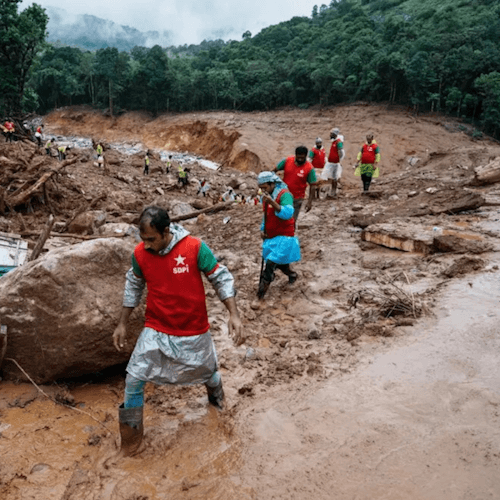
Deadly landslides in India worsened by climate change
According to a study by World Weather Attribution, a group of scientists who quantify how climate change can influence extreme weather, Kerala’s downpour on July 30 was 10 percent heavier because of human-caused climate change. Nearly six inches, or 150 millimetres, of rain fell on soils already highly saturated from two months of monsoon and marked the third highest single-day rain event on record for India. “The devastation in northern Kerala is concerning not only because of the difficult humanitarian situation faced by thousands today, but also because this disaster occurred in a continually warming world,” said Maja Vahlberg, a climate risk consultant at the Red Cross Red Crescent Climate Centre. “The increase in climate-change-driven rainfall found in this study is likely to increase the number of landslides that could be triggered in the future.” The Kerala landslides were the second extreme landslide event in July after the one in Ethiopia that killed 257 people. July was the second-worst month on record, after July 2019, with 95 landslide events that caused 1,167 fatalities, according to data.
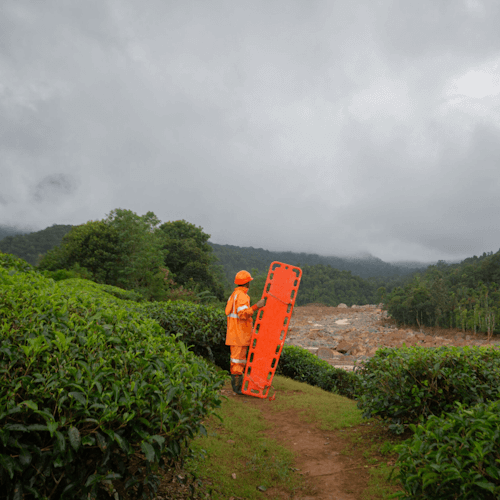
Wayanad disaster must pave way for action
Wayanad is a late bloomer among plateaus. Unlike Alappuzha or Ernakulam districts, Wayanad is not a popular destination on the maps of foreign tourists. In 2022, only 1,967 foreign tourists visited Wayanad out of the 1.51 million – a measly 0.13 percent. A report prepared by the Hume Centre for Ecology and Wildlife Biology, highlights the vulnerability of Wayanad to landslides. If lessons are learnt from the July 30 event, then loss of lives and property can be minimised in the future. Of essence to this preparedness is for individuals and communities to have scientifically-verified information that can be acted upon, along with a “do how” for taking action, writes S. Gopikrishna Warrier. To start with, weather information has to be locally relevant and granular. The IMD has six rain gauge stations and one automated weather station in Wayanad. Though many, they are still not spread out enough to capture local variations. In landslide-prone zones, the risk maps have to be integrated into the system through which panchayats and municipalities grant permissions for constructing buildings.

Madagascar’s mangroves rebound after decades of deforestation
A new analysis of satellite images in Global Ecology and Conservation, dating as far back as 1972, has revealed that Madagascar’s mangroves have been making a comeback, with rates of deforestation slowing over time and mangrove cover actually increasing over the last decade. While these vital ecosystems still face challenges, experts say the results are a sign that Madagascar’s efforts to protect mangroves have been succeeding. These unique shoreline forests are hubs of biodiversity, hosting animal and plant species that can be found nowhere else, including the mangroves themselves. A mangrove is any tree or shrub that has evolved to thrive when partially submerged in saltwater; there are about 80 species and not all related. Madagascar’s mangrove coverage decreased by about 8 percent between 1972 and 2019. In 2019, mangroves covered 2,699 square kilometres of Madagascar. What’s more, mangroves rebounded most strongly within protected areas — an 8.7 percent increase compared with just 3 percent outside these areas.
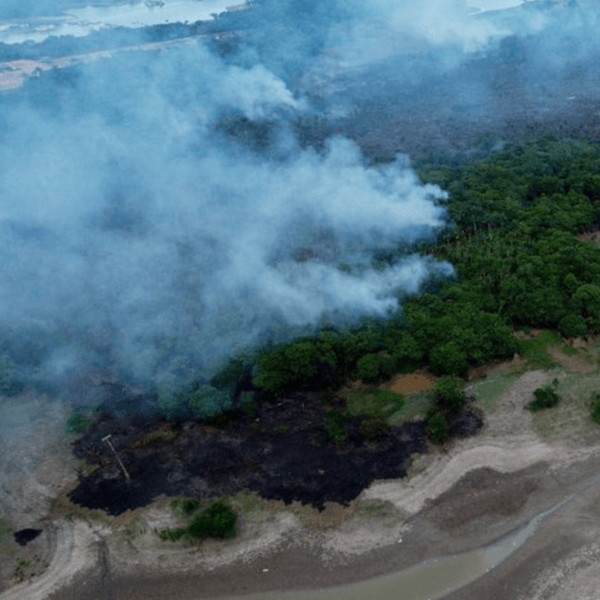
Methane emissions pushing climate breakdown
Humans have released in excess of 3 billion tonnes of methane into the atmosphere in the past 20 years. Quashing those emissions within a decade or two would save us 0.5 degrees Celsius of warming. No other greenhouse gas gives us this much power to slow the climate crisis. If the Earth keeps warming, though, reducing emissions from human activities may not be enough. We may also need to counter higher methane emissions in nature, including from warming tropical wetlands and thawing Arctic permafrost. The highest natural methane emissions come from wetlands and seasonally flooded forests in the tropics and they are expected to rise with warming. Apart from tropical basins such as the Amazon and Congo, Arctic tundra and peatlands are also at risk. Work led by Swedish scientist Gustaf Hugelius estimates that northern peatlands have accumulated at least 400bn tonnes of carbon since the last ice age – equivalent to nearly half of all the carbon our atmosphere currently holds.
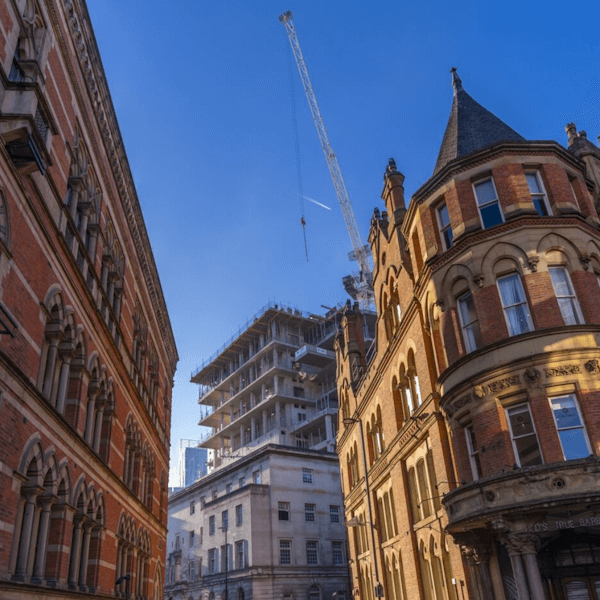
Manchester, not London, the preferred city
Ten years after gaining powers from the central government in London over areas ranging from urban transport to local planning, the world’s first industrial city in the north of England is at the centre of a political, cultural and commercial growth spurt. For many, the buzzword of the moment is 15-minute city, and Manchester is on its way to becoming that. Hailed as the fastest-growing tech city in Europe by Tech Nation in 2020 and home to regional headquarters for Amazon.com and Klarna, the city is the largest in the group of 10 councils in the metropolitan county known as Greater Manchester. “Manchester has momentum,” says Joshi Herrmann, who runs the hyper-local media startup Manchester Mill out of a suite of plant-filled offices in the old Royal Exchange building where Nathan Rothschild built his fortune before moving to London. The issue of sustainability chimes with the political objectives of decarbonising existing buildings and of being a “zero carbon, climate resilient city” as part of its Manchester Climate Change Framework to become net zero by 2038.

Climate groups support Harris with $55 million ad campaign
Vice President Kamala Harris’s and Donald Trump’s platforms on climate and environmental issues are starkly different. Harris supports efforts to increase renewable energy use and lower carbon emissions through tax incentives and federal regulations, while Trump wants to undo many regulations and has mocked both renewable energy and the facts of climate change. Several organisations, focused on combating climate change, joined forces for a $55 million advertising campaign in support of Harris. Three of the ads, shared with The New York Times before their release, frame President Biden’s climate policies and Harris’s prospective policies in terms of economic benefits rather than environmental ones. “When the choice is so stark between Vice President Harris and Trump, and we know it’s going to be a close election, there was a recognition that we needed to join forces,” said Pete Maysmith, the senior vice president of campaigns at the League of Conservation Voters. The coalition, he said, “could put more dollars together jointly to communicate why this is such an important decision from a climate and energy perspective.”

‘I cancelled my holiday because of climate change’
Extreme heat and the associated effects of climate change will stop us going to traditional resorts, writes Simon Kelner, former editor-in-chief of The Independent. “Three weeks before we were due to go on a holiday to an island on Med., we rang up the hotel to enquire about the weather. It was 38 degrees Celsius, they said and were expecting a heatwave. We discovered that the previous year, the temperature had reached 48 degrees Celsius. Guests were advised to stay in their air-conditioned rooms…We promptly cancelled it. Never mind the off-putting effects of Spanish residents demonstrating against the ravages of tourism. There is a fear, expressed last week by UNESCO, that these growing protests – principally against the inflated cost of housing for all-year residents – will extend across Europe, but this may prove to be a pointless exercise. In the end, it’s extreme heat, the threat of fires, and the associated effects of climate change that will stop us going to traditional southern European holiday resorts,” writes Kelner.
August 9, 2024
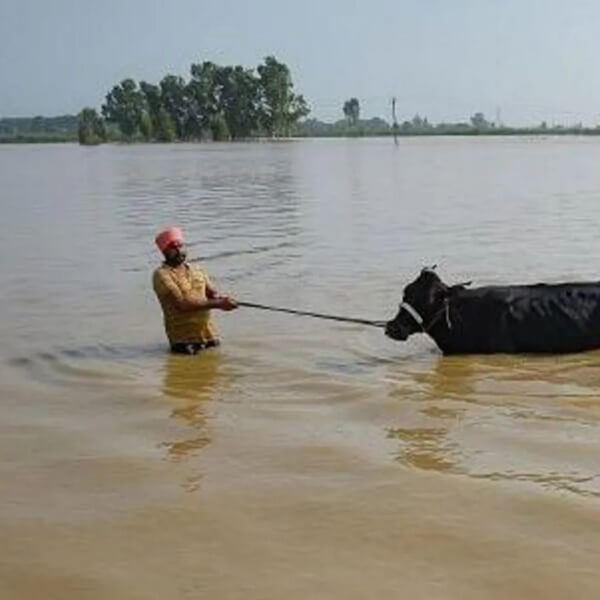
‘Flying rivers’ causing intense floods in India
The warming of the Indian Ocean has created “flying rivers” that are influencing monsoon rains in India between June and September. A study published in the scientific journal Nature in 2023 showed 574 atmospheric rivers occurred in monsoon between 1951 and 2020. “In the last two decades, nearly 80 percent of the most severe atmospheric rivers caused floods in India,” it said. The study found that seven of India’s 10 most severe floods in the monsoon seasons between 1985 and 2020 were associated with atmospheric rivers. “There is an increase in the variability [more fluctuations] in the moisture transported towards the Indian subcontinent during the monsoon,” said Dr Roxy Matthew Koll, atmospheric scientist with the Indian Institute of Tropical Meteorology. “As a result, there are short spells when all that moisture from the warm seas is dumped by the atmospheric rivers in a few hours to a few days. This has led to increased landslides and flash floods across the country.”

How Bombay got its very own architectural language
Mustansir Dalvi, architect, poet, translator and trustee of Art Deco Mumbai, writes that Bombay’s Domestic Vernacular was shaped by Indian masons, carpenters and craftsmen with influences from Surat and Konkan. This was never just buildings, rather precincts of collegiality, communication and business. “I prefer to call Bombay’s native architecture ‘Domestic Vernacular’. Here’s why. The vernacular is a ‘language or dialect spoken by the ordinary people in a particular country or region’. Vernacular architecture, on the other hand, refers to ‘domestic and functional rather than public or monumental buildings’,” he writes. Bombay’s colonial architecture is book-ended by two homegrown forms of such buildings. The architecture of the ‘Native Town’ rose during the 1700s in the early days of the Fort settlement. And as the city’s littoral economy flourished bringing immigrants from Gujarat and the interiors of Maharashtra, inside the Fort also popularly known as “Kala Killa”, both locals and migrants built along tight lanes and alleys from the Barracks to Bazaar Gate, he explains.

Trees in backyards less drought-tolerant than those in public parks
In the new study, researchers analysed data on tree species found in residential yards, large public parks, and nearby native landscapes in or around six cities representing different climatic zones across the United States: Baltimore, Boston, Los Angeles, Miami, Minneapolis-St Paul, and Phoenix. Most tree species in found yards are non-native, the researchers report in the journal Frontiers in Ecology and the Environment and tend to be less drought-tolerant than trees in public parks and natural areas. “The divergence between natural and human-managed areas was most dramatic in arid climates,” the researchers write. The driest cities, Phoenix and Los Angeles, had a lot of drought-tolerant species in parks and natural areas. A previous analysis of this data suggested that human preferences for certain species and traits – such as showy flowers – lead to a homogenisation of the urban forest, with tree communities in different cities more similar to each other than to nearby native landscapes.
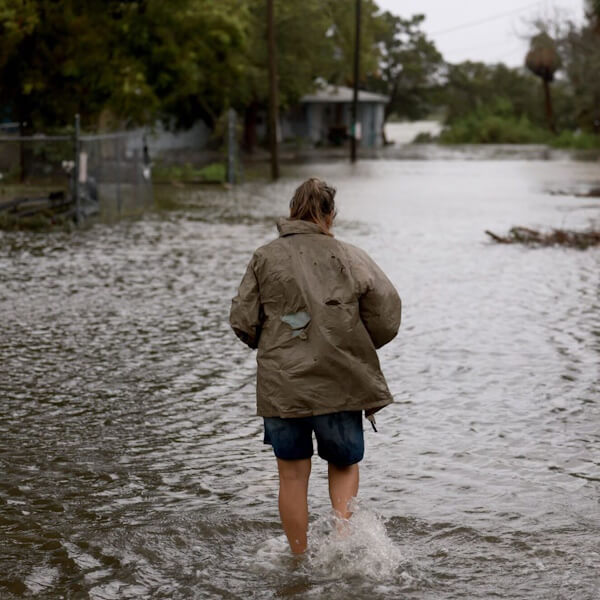
900 ‘critical infrastructure’ in US at the risk of flooding
The report from the Union of Concerned Scientists found around 900 “critical infrastructure” sites along the coastlines at risk of high-tide flooding at least twice a year. That can be 1,600 by mid-century, affecting some 3 million people, largely in disadvantaged communities. The majority of the sites are subsidised housing but there’s also a brownfield site and a wastewater treatment plant. Critical infrastructure “looks different for different communities but we tried to pull together a set that would be resonant for a lot of communities,” said lead author Kristina Dahl, a climate scientist at UCS. More than half of all vulnerable infrastructure across all types in the dataset are located in disadvantaged communities, with the highest concentrations in Louisiana, New Jersey, Florida, Maryland and California. The number of at-risk subsidised housing in disadvantaged neighbourhoods could rise by 40 percent till 2030 compared to just 10 percent in other areas.

Young climate activists back ‘progressive’ Harris
The Biden administration’s Inflation Reduction Act was the largest investment in climate action in US history but young environmentalists said Kamala Harris’ record of going after big oil companies as a prosecutor and her co-sponsorship of the Green New Deal as a senator make her more appealing than Biden. Harris’ young supporters have highlighted the settlements she secured as California attorney general with Chevron, BP, and ConocoPhillips over their handling of hazardous materials. “Biden is a lot more moderate in terms of his policy approach, whereas Kamala isn’t afraid to tackle environmental and climate policy in a way that really gets at the root, especially with polluters,” said Iris Zhan, 20, a youth advisory board member at the Global Youth Storytelling and Research Lab. Young activists pointed to Harris’ climate platform during her 2020 presidential campaign when she had pledged to invest $10 trillion into climate action over 10 years.

A new London proposed to fix UK’s housing crisis
The UK’s housing shortfall is so acute that it would need to construct another London-sized city to meet it. Ian Mulcahey, Global Leader of Cities & Urban Design practice at global architecture practice Gensler, thinks this could be Britain’s best hope to beat the housing crisis. “In the UK, we’ve lost the ability to build houses at volume. We’ve never really been able to keep up with demand since the war. As much as I love the government saying they’re going to build 1.5 million homes in office, they’re going to need three terms of office just to clear the backlog. The real estimate of Britain’s housing shortage is in fact 4.3 million units, more or less the equivalent of another London,” said Mulcahey in an interview. He proposed a new satellite city that’s connected by fast rail into central London. “Density-wise it could be like Paris or Barcelona, or low-density like London, with houses and gardens.”
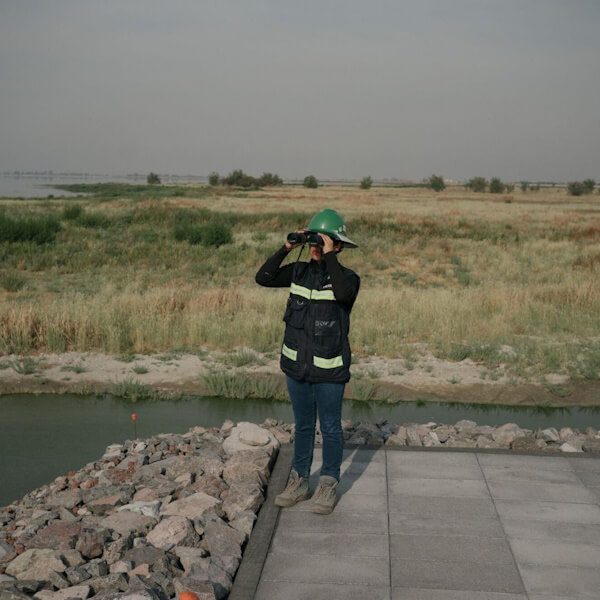
Mexico City’s cancelled airport site turned into ecological park
A $1 billion Lake Texcoco Ecological Park, twice the size of Manhattan, is emerging out of the foundations of Mexico City’s cancelled airport. The land was a construction site for a $13 billion international airport and abruptly cancelled in 2018; its half-built foundations stand as just the latest in a long string of failed industrial and development projects that dot the dry lakebed of Lake Texcoco, which once spread for hundreds of miles across what is now Mexico City. The lake has been drained to just 5 percent of its historic extent. “But a wetland ecosystem has clung on, and when it rains, the lake rebounds. Nature is resilient, luckily,” said Iñaki Echeverría, director and architect of the megaproject. The effort to restore the site is a $1 billion gamble that sits at the centre of environmental challenges. As the park’s opening approaches, Echeverría anticipates media coverage and social media chatter will unfavourably compare the park’s dry wetlands or still-ragged corners to the sleek airport that the city could have had.
July 26, 2024

India advocates local lens to fight climate change
A survey tabled by India’s finance minister Nirmala Sitharaman in the Parliament, said the country’s annual per capita carbon emission is only about one-third of the global average despite being one of the fastest growing economies in the world. Quoting a recent report of the International Finance Corporation, the survey flagged that India is the only G20 nation whose actions are in line with limiting 2-degree Celsius by the end of the century. This was reflected in the pre-budget Economic Survey that argued that the developing countries must be free to choose their pathways as they have to balance developmental goals with meaningful climate action. Touching upon the country’s net-zero goal of 2070, the survey emphasised the need for huge finance noting that India requires an investment support of $1.4 trillion — an average of $28 billion per year — to become a net-zero economy.

India budget focuses on climate commitment
In her budget speech on July 23, India’s finance minister Nirmala Sitharaman touched upon the aspects of resilience and adaptation in climate change. While she acknowledged flash floods, cloudbursts and landslides in Bihar, Assam, Himachal Pradesh, Uttarakhand and Sikkim, and promised assistance to these regions, the details were missing. For the transition to solar energy, which she said was “critical in the fight against climate change,” the minister proposed to expand the list of exempted capital goods for use in the manufacture of solar cells and panels in the country. The finance minister removed the duty on oxygen free copper for manufacture of resistors and certain parts needed to manufacture connectors for the solar panels. The minister also said the government will develop a taxonomy for climate finance to increase availability of capital for climate action. She also announced the government’s plans to formulate a policy document on the appropriate energy transition pathways that will aim to balance growth with employment and sustainability.

Seine river set to open for swimmers after 100 years
Paris is set to open one of the world’s most beautiful urban riverfronts for swimmers. Eight years after Paris city officials resolved to clean up the Seine, the city has declared victory over the E. coli, enterococci and other assorted micro-organisms that for centuries would strike down the unfortunate bather. From July 30, the river’s newly pristine waters will host the Olympic open-swimming competitions — that is, unless rainstorms overwhelm the new sewage treatment system and force the events indoors. No host has staged Olympic swimming in an urban river since the Games were revived in 1896, and the stakes are high. The Seine has long had a dirty reputation, and swimming in the river has been banned since 1923. The cleaning of the Seine also helps to burnish Paris’s brand as a new capital of sustainability – a place where cars and tarmac are ceding space to bikes, pedestrians and trees – right when all eyes are on it. Paris has been pushing hard to reclaim the riverside, known as “les quais,” as a kind of open-air living room for the city.

Five climate activists get jail sentence for planning protest
Five climate activists were sentenced to as much as five years in prison for conspiring to cause gridlock and block traffic over four days on a major highway circling London. They had planned the protest over a video call to draw attention to their cause at the time of getting the UK government to not approve new oil, gas or coal projects. The sentences were the harshest terms handed down for a peaceful protest in England, according to Just Stop Oil, the activist group that staged the demonstration. The group’s disruptive tactics — from tossing tomato soup on Van Gogh’s “Sunflowers” painting at the National Gallery to spraying orange paint on Stonehenge — have earned them a huge amount of attention. Judge Christopher Hehir handed down the stiff sentences in Southwark Crown Court saying, “The plain fact is that each of you some time ago has crossed the line from concerned campaigner to fanatic. You have appointed yourselves as sole arbiters of what should be done about climate change.”

Climate groups back Harris’ climate ambition in US
Environmental groups see an instinctive ally in vice-president Kamala Harris, should she secure the nomination and beat Donald Trump, who has vowed to rescind climate change policies if he returns to the White House. “We are confident that she is ready to carry forward President Biden’s historic legacy and set a new high bar for climate ambition in America,” said Lena Moffitt, executive director of Evergreen, one of a raft of green groups, including Sierra Club, League of Conservation Voters Action Fund and the NRDC Action Fund that have now endorsed the leading contender for the Democratic nomination. Harris, as vice-president, cast the tie-breaking vote to pass Joe Biden’s landmark legislation, the Inflation Reduction Act, which unleashes hundreds of billions of dollars into building clean energy and electric car capacity. When Harris ran for the Democratic presidential primary in 2019, she promoted a green agenda more ambitious than Biden’s, calling for a carbon tax, a ban on fracking for oil and gas on public lands and a $10 trillion investment to combat global heating.
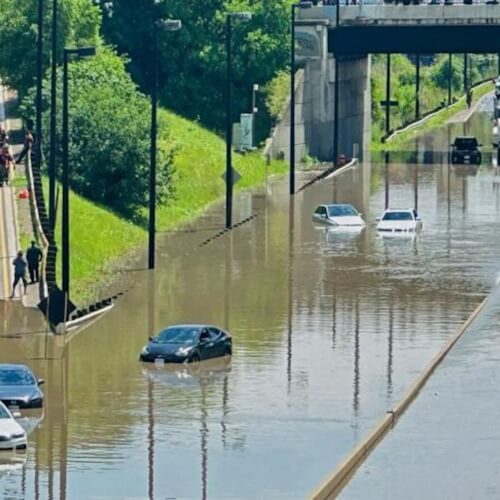
Record rainfall in Toronto floods homes
Toronto, the most populous city in Canada, recorded almost 100mm (4 inches) of rain on July 16, surpassing the city’s daily record set in 1941. Meteorologists said that the record rainfall was due to three consecutive storms that fell on the city. “We had 25 percent more rain in three hours than we’d have normally in the whole month of July with all the thunderstorms and systems that moved through,” meteorologist Dave Phillips told local news station CP24. City manager Paul Johnson said that parts of the city were hit with normal levels of rain, while others were deluged with “hurricane amounts of water”. He said the focus is both on clean-up and how to rebuild the city’s aging infrastructure in a flood-resilient way — a costly undertaking. He noted that Toronto had three 100-year storms in the last 11 years alone. Pop star Drake posted a video on Instagram which appears to show part of his Toronto home, ‘The Embassy’, submerged.
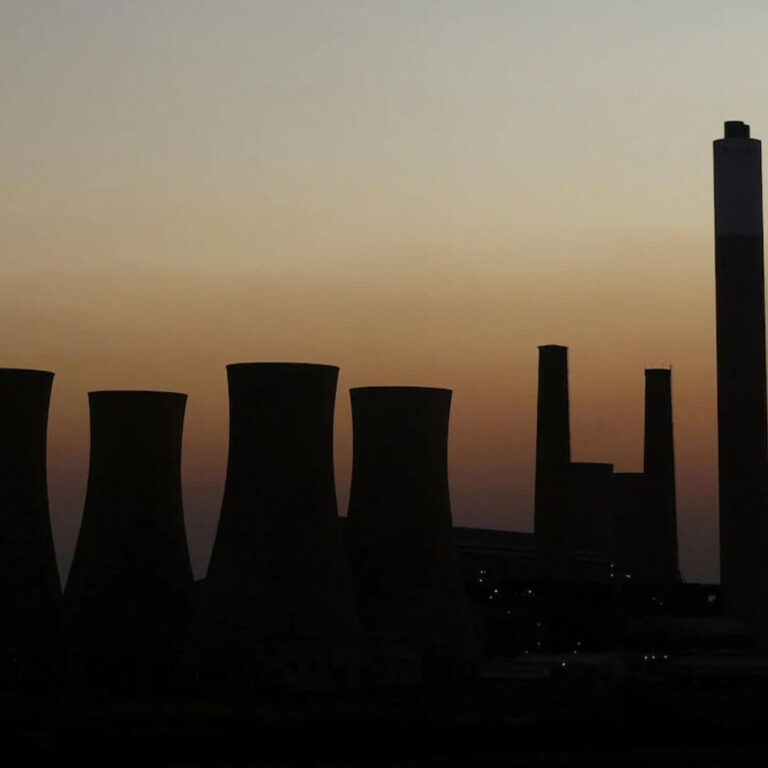
South Africa passes its first-ever Climate Change law
South Africa, the world’s most carbon-intensive major economy and among the top 15 greenhouse gas emitters, has signed a Climate Change Bill which requires every province and municipality to assess climate change risks and develop a response plan. It is the first time that a climate change response is directly brought into domestic law. Emissions targets will be set for each high-emitting government sector such as agriculture, transport and industry, and each relevant minister must adopt measures to achieve them. The law also says the environment minister must allocate a carbon budget to large greenhouse gas-emitting companies, setting a limit on their emissions over a specified time. The allocations have not yet been set, and the law does not make it an offence to exceed the limit although climate advocates had wanted this, said Abdinor. But emitters that exceed their budget are likely to have to pay a higher rate of carbon tax.

NY channels $500 million in surplus funds for low-cost housing
Located on the southwest tip of Manhattan, Battery Park City was established in the late 1960s to develop a community on 92 acres of landfill created by the construction of the World Trade Center. New York will channel $500 million in surplus funds from the state agency that governs Battery Park City to build affordable housing in the city, officials said. The Battery Park City Authority will disburse the money to a fund that accelerates housing construction, under an agreement between New York Governor Kathy Hochul, Mayor Eric Adams and Comptroller Brad Lander. Under the agreement — which comes amid New York City’s worst housing crunch in more than 50 years — the authority will make an initial transfer of about $140 million within 30 days, with the balance disbursed until the $500 million commitment is fulfilled. New York City plans to spend more than $3 billion on affordable housing in the current budget year.
July 12, 2024

Climate change can no longer be ignored: CJI of India
“This year, Delhi experienced the hottest-recorded weather. We have experienced two heatwaves followed by record-breaking rain in a single day. Our infrastructure must reflect the reality we live in — climate change can no longer be ignored,” said Chief Justice of India (CJI) D Y Chandrachud recently. He was speaking during the foundation stone-laying ceremony for trial court buildings in Delhi. “One crucial step is to incorporate a green lifestyle into our daily lives, which includes reducing carbon emissions. I was delighted to know that the new buildings will focus on heat-island mitigation and reduce environmental footprint,” he said. The CJI said courts are not merely sights of sovereign power but are also essential public service providers. “Court premises, like all buildings, are not just made of bricks and concrete. They are made up of hope…When we invest in the safety, accessibility and comfort of our judges, lawyers and litigants, we build more than just an efficient system — we make a just and inclusive system,” he said.
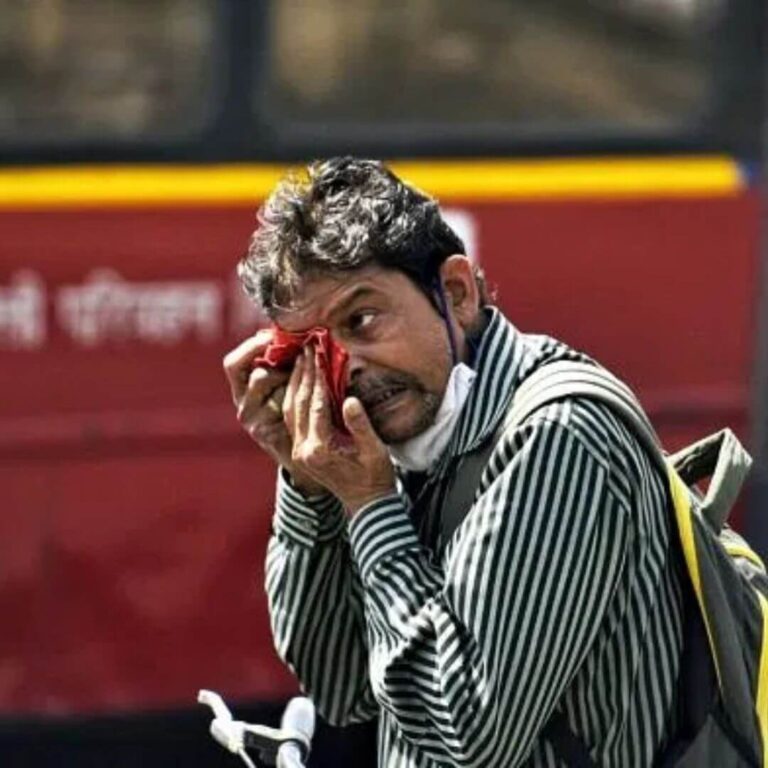
1.5°C global warming transition: India to see intense weather events
The temperatures across the globe between July 2023 and June 2024 were the highest on record, measuring at 1.6 centigrade above pre-industrial levels, shows data released by the European space program’s satellite earth observation system Copernicus Climate Change Service. The findings don’t imply the 1.5C threshold was crossed. They, however, indicate that the earth has already warmed enough to start recording these temperatures, which are only expected to get cumulatively higher as time passes. The next few years are expected to see a continuous rise of temperatures across the globe. “We will see widespread extreme rains causing floods around the monsoon season. With the Indian Ocean continuing to warm at a rapid pace, we will see cyclones undergoing rapid intensification in the Arabian Sea and Bay of Bengal. The storm surges from cyclones will overlap on the steadily rising sea level to cause prolonged floods,” said Roxy Mathew Koll, climate scientist at the Indian Institute of Tropical Meteorology.
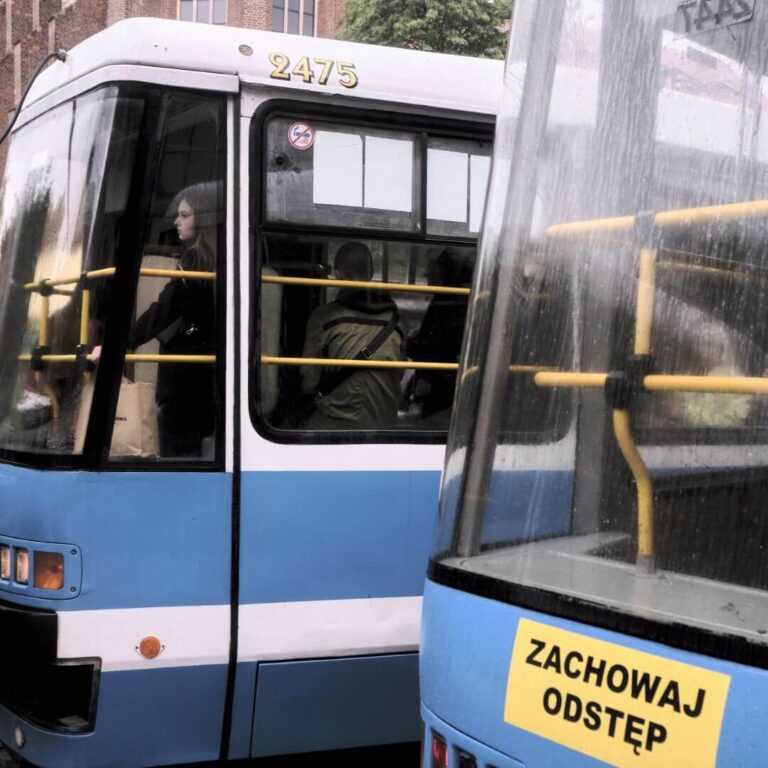
Atlas shows best transport systems are not necessarily the fanciest
A first-of-its-kind global interactive map gauges cities’ progress on car-free transportation options, from frequent trains and buses to bike lane access. Poland’s third-largest city, Wroclaw, boasts one of the most accessible transit systems in the world, despite its lack of a subway system. It relies on an extensive tram and bus network that criss-crosses the city, placing it near the top of a new ranking for transit sustainability and inclusivity. Wroclaw ranks second behind Prague and ahead of urban areas like the New York City region, Paris and Warsaw in residents’ proximity to frequent transit, according to a data project by the Institute for Transportation and Development Policy. The first annual Atlas of Sustainable City Transport looks at nine metrics of sustainable mobility in more than 1,000 metropolitan areas around the world. Pimpri Chinchwad, a city in India that sits about 135 km (84 miles) southeast from Mumbai, plans to use the atlas as a resource to mine from best practices around the world. The developing city wants 90 percent of trips done via walking, biking or public transit by 2038.
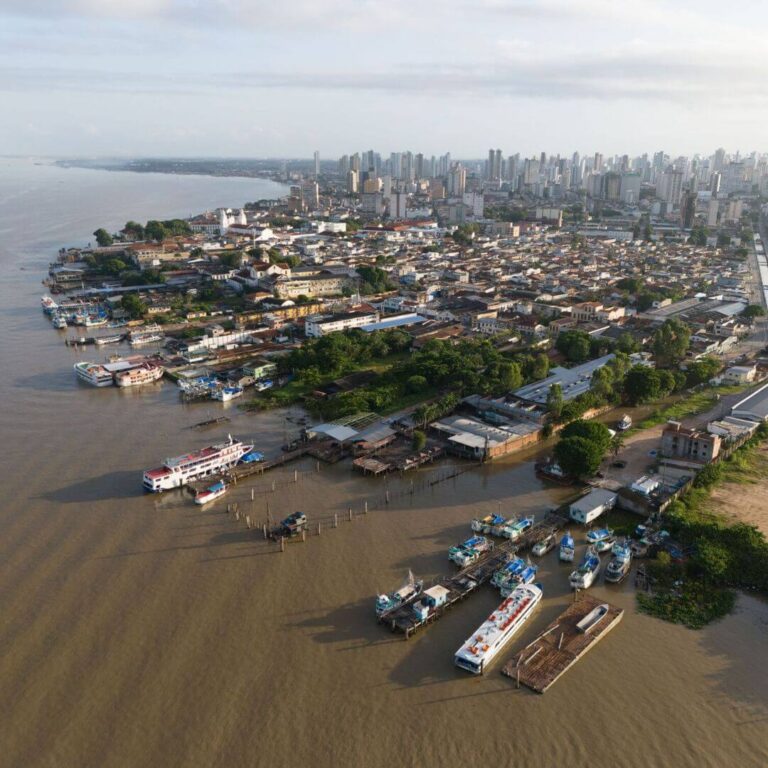
No rescuing Amazon rainforest without tending to the towns
South America’s vast rainforest isn’t just flora and fauna. Tens of millions of people live in cities that are neglected and overlooked. A growing number of analysts and scholars say there is no rescuing the rainforest without tending to the towns where some 8 in 10 Amazonians live. Start with clean water. Brazil boasts one of the world’s largest river systems, led by the bounteous Amazon basin. Nearly all rainforest waterways traverse cities, where they pick up untreated sewage, solid waste and industrial runoff that threaten aquatic biodiversity and water quality. Yet local politicians, keen to expand vote-winning city “improvement” projects, typically exert pressure to roll back protected areas along watersheds in the name of urban sprawl. The sprawling, sophisticated regional capital of Pará state, Belém, has been selected to host COP 30, the 2025 edition of the headline global summit. Local authorities are tearing up the town with lavish engineering projects — new roads, bus systems, pavilions and parks.

US slow to join the mass transit bandwagon
Growing cities around the world are creating rapid regional rail systems that allow residents to commute across metro areas at high speeds. They travel faster and farther than traditional urban metros like the New York City subway, and operate far more frequently and seamlessly than typical suburban commuter rail services like the Long Island Rail Road. The function of mass transit is “to reduce the length of commutes into urban areas to greatly expand the travel sheds around cities and increase their effective size,” New York University finance professor Arpit Gupta wrote in a recent Substack post. So far, the US has been slow to get on board the trend. Advocacy groups or government agencies have put forward plans to create rapid regional rail-style systems in New York, Boston, Philadelphia, Chicago, Washington, DC, Los Angeles and the San Francisco Bay area. But none have been fully constructed and implemented.
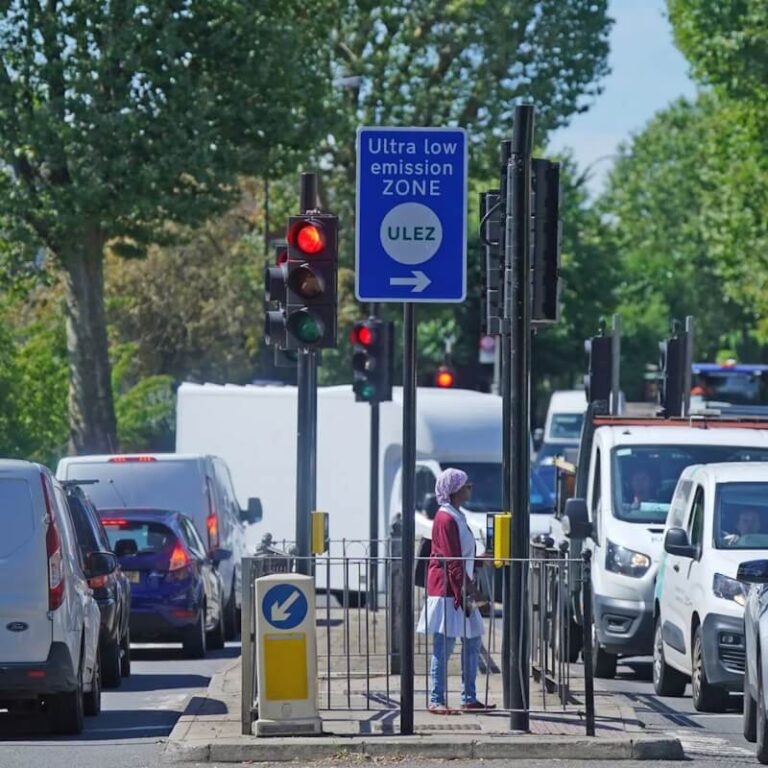
Green energy transition a big challenge for Britain’s new PM
Labour Party’s Keir Starmer won the parliamentary elections to become Britain’s Prime Minister, ending 14 years of Conservative Party rule. Labour made big campaign promises on climate. How that actually plays out will be felt not only in the daily lives of people in Britain, but also in the nation’s standing in the world. In 2008, Britain became the first among major industrialised countries to pass a climate change law. Its emissions have dramatically fallen since then. In 2021, its government set a legally binding target to bring down greenhouse gas emissions by 78 percent by 2035, relative to 1990 levels. The new government will face a cost-of-living crisis at home, geopolitical turbulence abroad and a battery of extreme weather events exacerbated by the rise in fossil-fuel emissions. Starmer’s campaign manifesto promised “zero-carbon electricity by 2030,” double funding for energy efficiency programmes, and a new national energy company to cut energy bills.
June 28, 2024
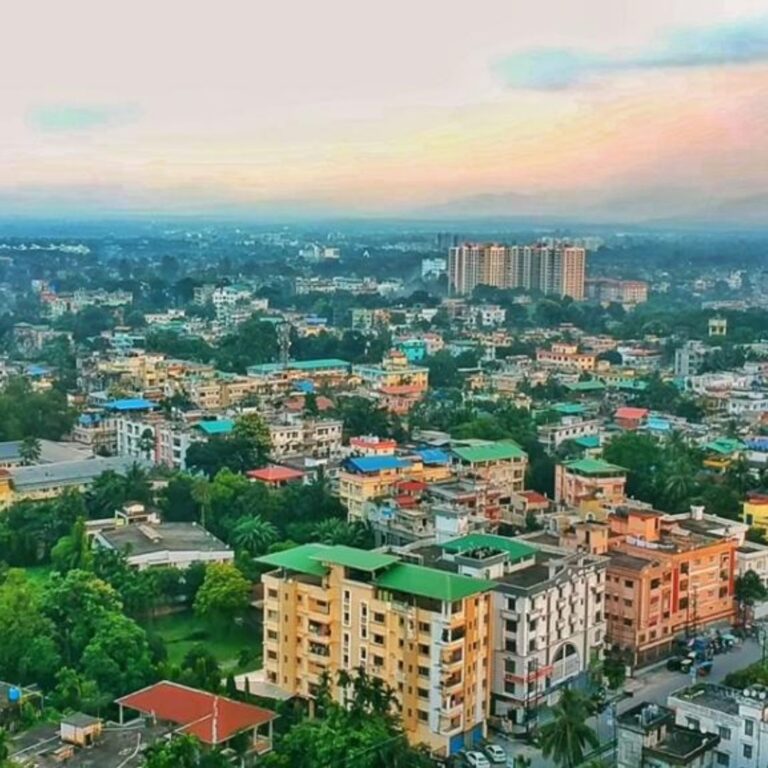
Climate change increases number of warm nights in India
A global report shows that, on average, the number of hot nights has increased around 32 percent due to climatic impacts. Jalpaiguri in West Bengal tops the list of most impacted cities, along with cities in Assam. India’s cities had an average of 718 nights during 2014-2023 when the minimum temperature reached 25 degrees Celsius, according to the analysis carried out by non-profit Climate Central and consulting initiative Climate Trends. This is a benchmark for an unusually heated night. According to the study, which considered 24 global climate assessment models, the average number of nights with 25 degrees Celsius or above comes down to 543-175 days. “Climate change has had a major influence on night-time temperatures above 25 degrees Celsius in India,” reads the report. “The urban heat island effect is most visible in the night-time temperatures. The high-rise buildings and concrete setup in the cities do not let the excess heat escape during the night,” said Roxy Mathew Koll, a climate scientist with Indian Institute of Tropical Meteorology, Pune.
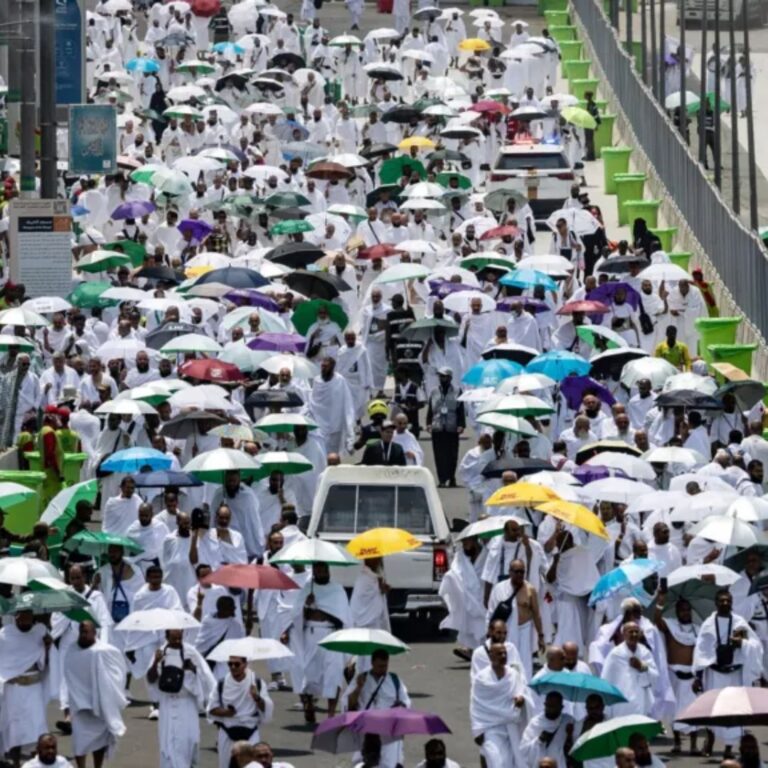
1,301 Hajj pilgrims fell victims to heat stress, heatstroke
At least 1,301 people died during Hajj, as pilgrims fell victim to heat stress and heat stroke with temperatures at times exceeding 50 degrees Celsius (122F). More than three-quarters of those who died did not have official permits to be there and walked under direct sunlight without adequate shelter; some were elderly or chronically ill. Pilgrims were often made to walk long distances in the intense heat, with some blaming roadblocks and poor management. According to several accounts, mismanagement by the authorities exacerbated the extreme conditions, leading to a crisis. About 1.8 million people took part this year. Scientists warn that conditions could worsen. “The Hajj has operated in a hot climate for over a millennium but the climate crisis is exacerbating these conditions,” said Carl-Friedrich Schleussner of Climate Analytics. His research suggests that with a 1.5C rise in global temperatures above pre-industrial levels, the risk of heatstroke during Hajj could increase up to five times.

Humanity’s survival is still within our grasp – just
David King, chair of the global Climate Crisis Advisory Group, writes in this opinion essay that to save humanity we need to adopt an essential “4R planet” pathway — reduce emissions, remove excess greenhouse gases already in the atmosphere, repair ecosystems, and strengthen local and global resilience against inevitable climate impacts. Over the past year, land and ocean temperatures have soared, far beyond what was anticipated for an El Niño year. Global average temperatures have breached the 1.5C mark, indicating that climate transition has been unleashed. From record-breaking wildfires across continents to catastrophic floods threatening to submerge major cities, extreme climate events have become the new norm, causing massive loss of life and economic damage worldwide. Yet despite mounting evidence and urgent pleas, meaningful action falters, King explains. Global prosperity has historically emerged from fossil fuels but the stranglehold of fossil fuel giants, generously subsidised by governments and backed by banks, places short-term profits over the planet’s survival. This entrenched dependency stymies efforts to transition to a sustainable future, he adds.
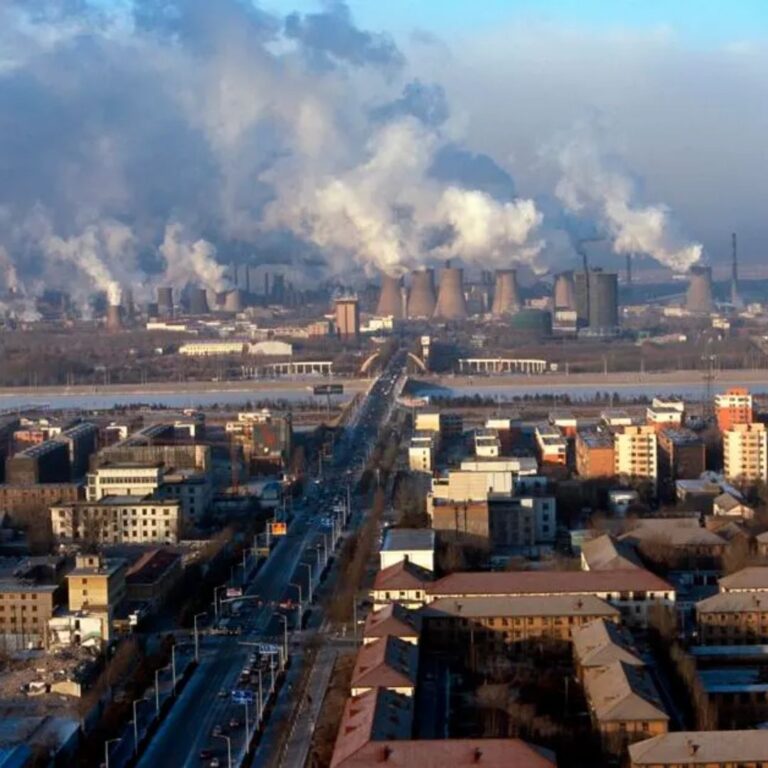
The West faces challenges in addressing global carbon emissions
Carbon emissions in the US declined by 2.7 percent from 2022 and emissions in the European Union fell by 6.6 percent. But, across Asia Pacific, emissions jumped 4.9 percent. Since 1990, despite a 190 percent increase in real Gross Domestic Product (GDP), US carbon emissions have declined by 126 million metric tons (-2.4 percent) and EU emissions declined by 1.2 billion metric tonnes (-31.8 percent). These are impressive but over the same period global CO₂ equivalent emissions grew by 16.5 billion metric tonnes. The “primary culprit” is the Asia Pacific region, which saw CO₂ equivalent emissions grow by 15.2 billion metric tonnes, states this article. Nearly all of the world’s growth in emissions is coming from this region, and from China in particular. China remains the largest emitter of carbon dioxide, contributing more than a quarter of the world’s total emissions. Developed countries like the United States and those of the European Union have shown a decrease or stabilisation in carbon emissions.
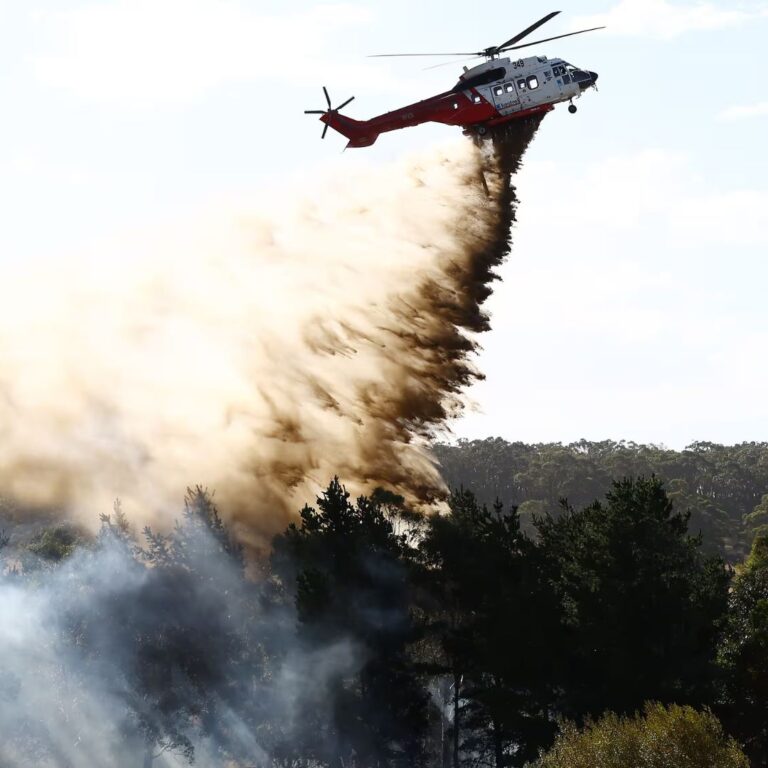
Intensity of worst wildfires doubled since 2003: Study
An analysis of satellite data showed the number of extreme fires had risen by more than 10 times in the past 20 years in temperate conifer forests, such as in the western US and Mediterranean. It has increased by seven times in the vast boreal forests in northern Europe and Canada. Australia was also a hotspot for these devastating fires. Scientists also found that the intensity of the worst wildfires had doubled since 2003, and that the six years with the biggest numbers of extreme fires had all occurred since 2017 with the climate crisis driving an exponential rise in the most extreme wildfires in key regions around the world. Dr Calum Cunningham at the University of Tasmania, Australia, who led the study, said there were very significant increases in extreme wildfires in the conifer forests of the American west: “That’s concerning, because there’s a lot of people there living in very close proximity to these flammable vegetation types and that’s why we’re seeing a lot of disasters emerge.”
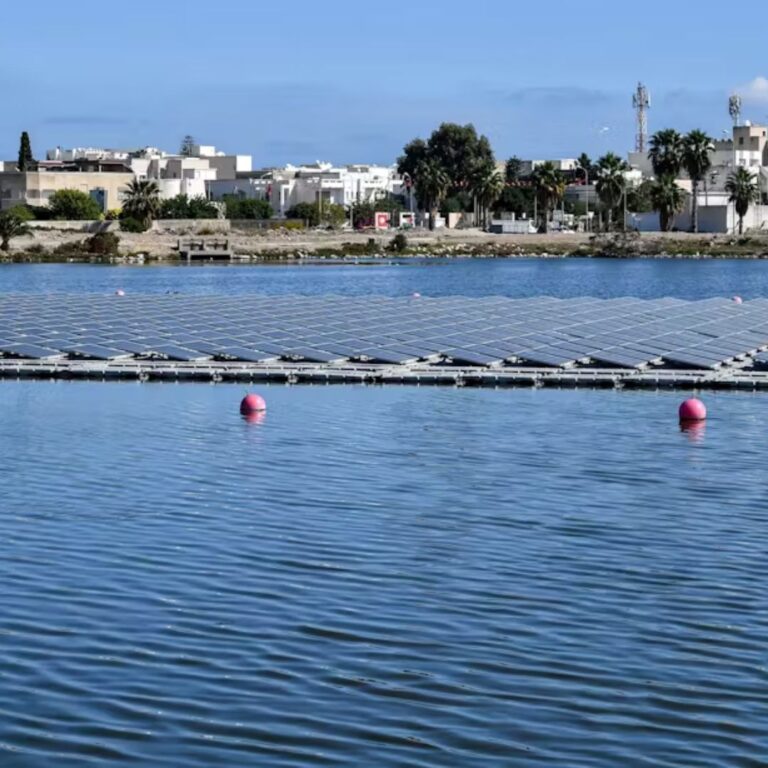
Africa’s energy needs can be met by floating solar panels
Many countries have large water bodies, a lot of sunlight, and serious problems with water evaporation and algae blooms. Floating solar panel systems can address these environmental problems and simultaneously create low carbon energy. A new research has found that several countries could meet all their energy needs from solar panel systems floating on lakes. Climate, water and energy environmental scientists R. Iestyn Woolway and Alona Armstrong analysed how much energy could be produced by floating solar panels on just 10 percent of the water surface of one million bodies of water globally. They found that Ethiopia can generate 129 percent and Rwanda 237 percent of their current national energy needs from such systems. Also known as floating photovoltaic systems, these solar panels are mounted on structures that float on water bodies like lakes, reservoirs and ponds. Ghana recently installed the largest floating solar panel system in Africa on one of its reservoirs. Floating solar panels can also help reduce water evaporation from lakes and reservoirs.
June 14, 2024

What India needs is ‘climate elections’
As the election dust settles in India and further heat waves arrive, the talk of the right to a fan, a cooler, ice and aircon will only intensify. How to communicate the critical challenges posed by climate change to the people of India remains an abiding question that transcends an election; for now, what some in India refer to as the “brown agenda” still trumps the “green agenda”, writes Satish Kumar, research fellow and chairperson of Kerala Urban Policy Commission. The brown agenda refers to meeting the basic needs such as food, clothing and shelter. Where it overlaps with environmental issues, it tends to focus on things like safe drinking water, sanitation and drainage, and the transition from low-grade domestic fuels. Pre-poll surveys in India indicated that employment, inflation and taxes remained the key concerns; climate change was only the fourth most important issue. India remains one of the countries most vulnerable to climate change. It is estimated that 8 percent of GDP was lost due to rising temperatures and climate-driven extreme weather.

Global warming, a culture war issue
In the glorious 17th-century Royal Palace in the heart of Amsterdam, the Netherlands’ royal couple had invited journalists to talk about the climate crisis, writes Alan Rusbridger, editor of Prospect. The keynote speech was given by Wolfgang Blau, who in 2020 threw in a distinguished career in journalism in Germany, the UK and US to devote himself to what he calls the “climate question”. The first of Blau’s three-part presentation showed an eye-popping leap in ocean surface temperatures in 2023–24, prompting climate scientists to have urgent conversations about what explains it. The second on earth surface temperatures showed a similar unprecedented rise in 2023. Finally, Blau showed how the concentration of CO₂ is fast accelerating. “I thought, how could I not have known this, that this is where things stand? Why weren’t the graphics leading every news bulletin and dominating every front page? Blau had a generous explanation: that journalism, as conventionally practised, simply struggles to cope with the climate question,” opines Rusbridger.

Provisional results show Green party losing EU elections
Green parties have shed seats in the European Union elections, provisional results suggest, raising fears that the continent may be on the verge of weakening its climate ambitions. Projections for the new EU parliament showed the Green parties pushed from fourth into sixth place, with 53 seats, amid a broader shift to the right. In Germany, a core Green stronghold, the party’s vote share appears to have nearly halved since the last election in 2019. The Greens did unusually well in 2019 as student protesters led by activist Greta Thunberg forced climate change up the political agenda. But the faction is expected to lose votes as war and economic troubles crowd out environmental concerns in the minds of voters. In France, where the far right was leading and President Emmanuel Macron called snap elections, the support for the Greens fell by the same amount. In Denmark, counting showed the Greens with three seats, a gain of one. Environmental groups in Brussels expressed dismay at the projections but stressed the need for the new parliament to cut pollution.

Climate consequences of Israel’s war catastrophic
Reconstructing the estimated 200,000 apartment buildings, schools, universities, hospitals, mosques, bakeries, water and sewage plants damaged and destroyed by Israel in the first four months of the war on Gaza will generate as much as 60 million tonnes of CO2 equivalent, according to new analysis by researchers in the UK and US. This is on par with the total emissions in 2022 generated by countries such as Portugal and Sweden, and more than twice Afghanistan’s annual emissions. The research, published on the Social Science Research Network, shows that the planet-warming emissions generated by aerial and ground attacks during the first 120 days of the war on Gaza were greater than the annual carbon footprint of 26 of the world’s most climate-vulnerable nations. “While the world’s attention is rightly focused on the humanitarian catastrophe, the climate consequences of this conflict are also catastrophic,” said Ben Neimark, a senior lecturer at Queen Mary University of London and co-author of the research. “Yet our study is only a snapshot accounting for the major reported greenhouse gas emissions from the war machine in the first 120 days.”

Time to mobilise, act and deliver: UN chief on ‘climate crunch’ time
At 60.63 degrees Fahrenheit, the global mean temperature in May was a record 2.73 degrees hotter than the preindustrial average against which warming is measured — marking an astonishing year long streak of heat that shows little signs of slowing down, according to the European Union’s Copernicus Climate Change Service. “For the past year, every turn of the calendar has turned up the heat,” António Guterres, secretary-general of the United Nations, said during a speech in New York on June 5. “Our planet is trying to tell us something. But we don’t seem to be listening. We’re shattering global temperature records and reaping the whirlwind. It’s climate crunch time. Now is the time to mobilise, act and deliver.” According to the Copernicus service, May was also the 11th consecutive month of warming beyond 2.7 degrees, the Fahrenheit equivalent of the internationally agreed-upon limit of 1.5 degrees Celsius intended to reduce the worst effects of climate change. The global average temperature for the last 12 months—June 2023 through May—was the highest on record.

Good news digest
Mexico hopes its President-elect, climate scientist, will improve green record
Mexico’s President-elect Claudia Sheinbaum, an accomplished climate scientist, inherits a country grappling daily with climate change and environmental challenges: pervasive drought, a water crisis in the sprawling capital of Mexico City, and rampant deforestation. The 61-year-old leftist leader, who was part of a United Nations panel of climate scientists that received a Nobel Peace Prize in 2007, campaigned on a pledge to significantly boost renewable energy in the oil-producing country to as much as 50 percent by the end of her term in 2030. But despite her best intentions, Sheinbaum’s mentor, the highly popular outgoing President Andres Manuel Lopez Obrador, spent billions propping up Mexico’s fossil fuel-dependent state energy giants, oil firm Pemex and power utility CFE. Sheinbaum has pledged to boost wind and solar energy as part of a $13.57 billion investment in new energy generation projects. “I definitely think that she has that will and intention to put Mexico back on net-zero targets and in the good graces of the international community,” Arthur Deakin, director of energy at consultancy America’s Market Intelligence.

Australia adopts ‘nature positive’ term to address environmental health
Australian environment minister, Tanya Plibersek, said the government had created a “world first” by introducing a Bill that defined “nature positive”. It was included with legislation to create two agencies – Environment Protection Australia (a national EPA, responsible for improving nature protection) and Environment Information Australia (EIA, to provide data on environmental health). Internationally, “nature positive” has been popular since 2019 when people concerned about a global decline in biodiversity sought a phrase that might do for nature what “net zero” does for the climate crisis – set a measurable (and controversial) standard against which improvements can be tested. Environmentalists and scientists define “nature positive” as halting and reversing nature loss by 2030 measured against a 2020 baseline and achieving “full recovery” by 2050. It would require retaining existing natural ecosystems and starting immediate restoration work on damaged and lost nature areas.
May 31, 2024

Flamingos hit in Mumbai: Activists blame construction
At least 40 flamingos died when an Emirates flight coming from Dubai hit the flock of birds while it was landing at Mumbai’s airport on May 20. It is believed that the flock of flamingos was flying towards the Thane flamingo sanctuary when it was hit by the aircraft in Ghatkopar. Activists said that the flamingos could have changed their flight path due to construction or pollution. Environmentalist D Stalin of NGO Vanashakti flagged off the construction around water bodies in Navi Mumbai and sought a “criminal investigation” into the incident. “NRI wetlands and TS Chanakya lakes are home to flamingo flocks. If someone or some people chased the birds out at night, the flocks might have attempted to fly towards Thane creek and in the process met with the accident,” D Stalin said. “As a wetlands’ committee member, I have repeatedly asked the government to remove all disturbances near the wetlands of Navi Mumbai… agents of builders disguised or masquerading as fishermen keep chasing the birds away.”

Climate change may make air turbulence worse for fliers
On May 21, the Singapore Airlines flight SQ321 from London to Singapore plunged 6,000 feet (1,800 metres) in minutes. The severe turbulence claimed one life and injured many. While weather events can affect turbulence, the one that is worrying is called clear-air turbulence. A study from the University of Reading, England, published last year found that between 1979 and 2020, clear-air turbulence rose by 55 percent over the North Atlantic, one of the world’s busiest flight routes. Warmer temperatures can affect wind patterns. The report asserts that greenhouse gas emissions are largely to blame. This is echoed by researchers at the University of Chicago who forecast that warming temperatures could lead to higher wind speeds in the “fastest upper-level jet stream” and suggested that speeds will increase by 2 percent for every degree Celsius the world warms.

Howler monkeys drop down from trees in heat ravaged Mexico
Mexico’s brutal heat waves have claimed the lives of at least 85 howler monkeys that have been dropping dead from trees in the country’s southeastern tropical forests in recent weeks. In the state of Tabasco, where temperatures are forecast this week to surpass 45 degrees Celsius (113°F), local media have reported up to 85 deaths, while local authorities have confirmed the trend without providing a death toll. In a statement over the weekend, Tabasco’s Civil Protection agency attributed the deaths to dehydration. A source from the agency said that monkeys have been confirmed dead in three municipalities of the state. In a forest outside Camalcalco, Tabasco, volunteers collected the corpses of mantled howler monkeys (alouatta palliata) that died from high temperatures, before placing buckets of water and fruit to try to stave off more deaths. “It is because the heat is so strong. I’ve been visiting the states for a long time and I have never felt it as much as now,” said Mexican President Andres Manuel Lopez Obrador, who hails from Tabasco, when asked about the monkey deaths.
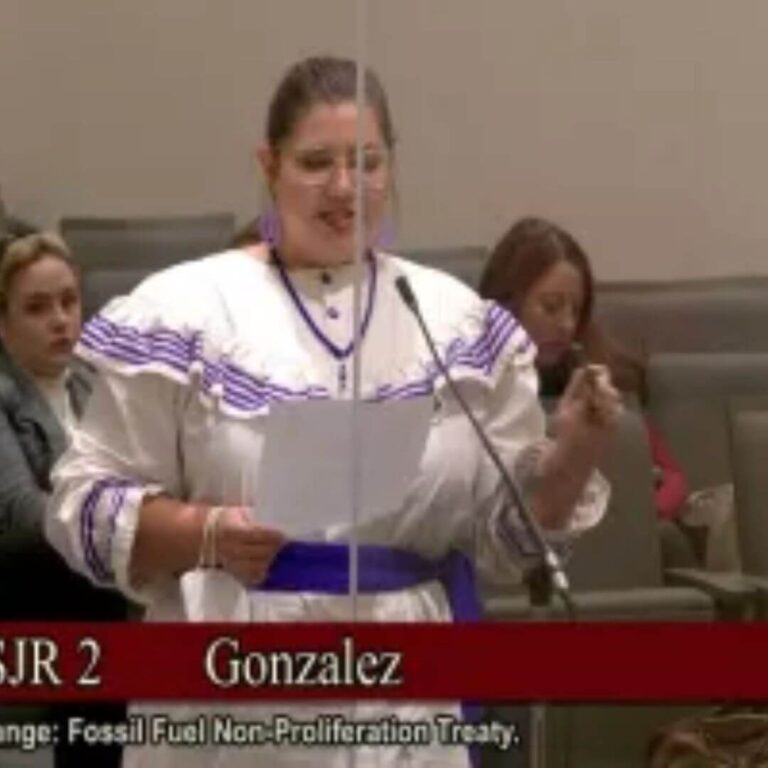
Good news digest
Marshall Islands officially endorses Fossil Fuel Non-Proliferation Treaty
The Republic of the Marshall Islands (RMI) officially endorsed the Fossil Fuel Non-Proliferation Treaty initiative in the United Nations’ 4th International Conference on Small Island Developing States (SIDS4). The decision makes RMI the 13th nation to join the growing coalition of climate-progressive countries working to secure a negotiating mandate for a Treaty and reinforces the island nation’s place at the forefront of the fight against climate change. Dr Hilda Heine, President of the Republic of the Marshall Islands, said at the summit, “Fossil fuels are at the heart of the planetary crisis that we face today. My country is resilient – war, colonialism and nuclear testing have marked our history. We know the dangers that fossil fuels pose, and the absolute necessity of addressing them as the urgent threat they are. We are proud to join the ranks of the countries supporting the Fossil Fuel Non-Proliferation Treaty initiative today.” The Treaty aims to halt the expansion of fossil fuels and pave the way for an equitable clean energy transition.

Picnic on Paris’ Champs-Élysées pulls locals to the boulevard
A Museum of Homelessness opened in an Edwardian groundsman’s lodge on the edge of North London’s Finsbury Park. Offering a blend of storytelling, education and advocacy focused on the experiences of homeless people, the museum’s unconventional setup goes beyond its subject alone. Rather than a collection of items in glass cases, it offers an interactive experience where volunteers share the stories behind the objects in its collection — all amassed through donations from their homeless former owners — to small groups of visitors, using the exact words of its former keepers. The result is not just a powerful, humane insight into homeless people’s experiences but also — with its collection including objects as mundane as shopping carts and plastic bags — a challenge to the ideas of what museums should display. Across the UK, 2,90,000 households sought help for homelessness in 2022, the most recent data show, with the number of people placed in temporary accommodation having doubled over the preceding decade. Many people still can’t access help, and the number of people sleeping rough on Britain’s streets rose 26 percent in the same year.

London’s Museum of Homelessness puts spotlight on housing crisis
Portugal has taken huge strides in renewable power, up from 27 percent in 2005 and 54 percent in 2017 to a ‘historic’ 95 percent of its electricity from renewables in April this year. It has got serious about decarbonisation in a variety of ways, from phasing out coal-fired generation in 2021, to boosting its large hydropower fleet with added storage capacity. Since 2019, the state’s renewable energy auctions have been increasing utility-scale projects, with clear guidance for green companies. All this has laid the ground for some milestones. For six consecutive days last autumn, for example, renewable energy production actually exceeded the country’s electricity needs. April saw the “highest monthly significance ever recorded” for solar – when it covered 10.5 percent of the country’s electricity consumption. Fossil gas met just 9 per cent of demand in the first four months of 2024, with gas consumption in the power sector halving compared to the same period in 2023.
May 17, 2024
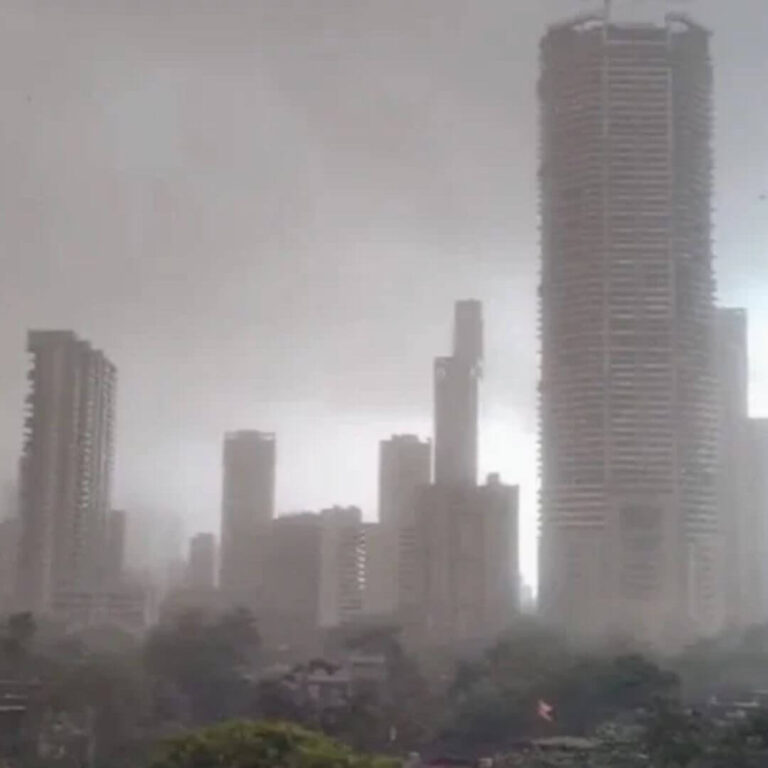
Dust storm in Mumbai, an interplay of natural and human factors
The recent dust storm in Mumbai caused widespread damage to buildings, roads, and power lines and led to cancellation of flights and trains. This also led to a major tragedy — a huge reportedly illegal hoarding in Ghatkopar uprooted and crashed on a petrol filling station and houses, claiming 16 lives. Dust storms in Mumbai emerge from a complex interplay of natural phenomena and human activities. A synthesis of these factors sheds light on the dynamics shaping the city’s atmospheric landscape. Primarily, Mumbai’s arid and sweltering climate during the summer months provides fertile ground for dust storms to take root. Intensified by soaring temperatures, the parched air sets the stage for a whirlwind of dust and debris. Deforestation and rapid urbanisation have stripped Mumbai of its green cloak, leaving soil vulnerable to erosion. These storms not only pose immediate hazards but can also have long-term health implications.

Extreme weather events point to climate change, El Nino
From heat waves in India to torrential rains and heavy flooding in the UAE and Brazil, here are five notable weather events of 2024 so far. While some experts attribute these changes to human-induced climate change, the El Niño phenomenon also plays a significant role. Heavy showers, lightning, and strong winds hit Brazil, claiming at least 100 lives, with over 1,63,000 seeking refuge, and more than 2,30,000 displaced. The heat wave in India has been affecting voter turnout as the world’s largest democracy goes to polls; Nandyala and Kadapa, in Andhra Pradesh, reached a record-breaking temperature of 46.3 degrees Celsius. On April 16, the United Arab Emirates experienced unprecedented rainfall, the heaviest in 75 years, causing flooding on major highways and leaving cars stranded in Dubai. Torrential rains in Kenya caused widespread flooding and landslides, and a tornado struck China’s Guangzhou city at the end of April affecting 140 factories and people.
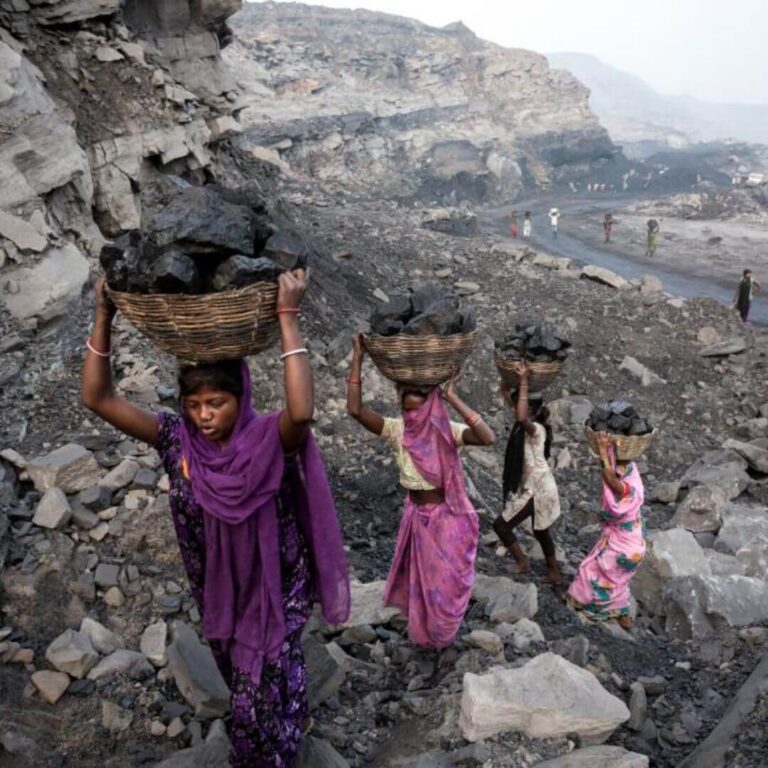
Cost of coal phase out for India and China is at least $2 trillion
A new study, Compensating affected parties necessary for rapid coal phase-out but expensive if extended to major emitters, by researchers in Sweden and Austria has shed light on the financial challenges of coal phase-out. It found that over half of the transition plans away from coal involve monetary compensation for affected workers and communities. This compensation amounts to a staggering $200 billion globally but excludes China and India, the world’s top coal consumers, which currently lack concrete phase-out plans. The researchers estimated that if China and India were to phase out coal at the pace required to meet the Paris Agreement goals and offer similar compensation packages, the cost could skyrocket to over $2 trillion. The researchers emphasised the importance of international collaboration in financing a just transition, particularly for developing countries like India, which face greater economic burdens.

Invisible atmospheric river storm intensifies its damage
An atmospheric river – a weather phenomenon that has been attracting attention in recent years — is getting bigger, more frequent and more extreme, due to climate change – and the damage caused is getting worse. It is a huge, invisible ribbon of water vapour. On the US West Coast, atmospheric rivers bring the heaviest rains, warmest storms, major floods, extreme coastal winds, and landslides. Extreme weather specialists point out that atmospheric rivers are not necessarily destructive but can be life-sustaining. “We need (atmospheric rivers) – without them in the West we have droughts,” they say. Up to two-thirds of the West Coast’s droughts are brought to an end by the arrival of an atmospheric river. “The mild ones are considered beneficial for the water supply, only the very extreme ones are hazardous,” says Qian Cao, a hydrologist at the Scripps Institution of Oceanography. “So it has both good sides and downsides.”
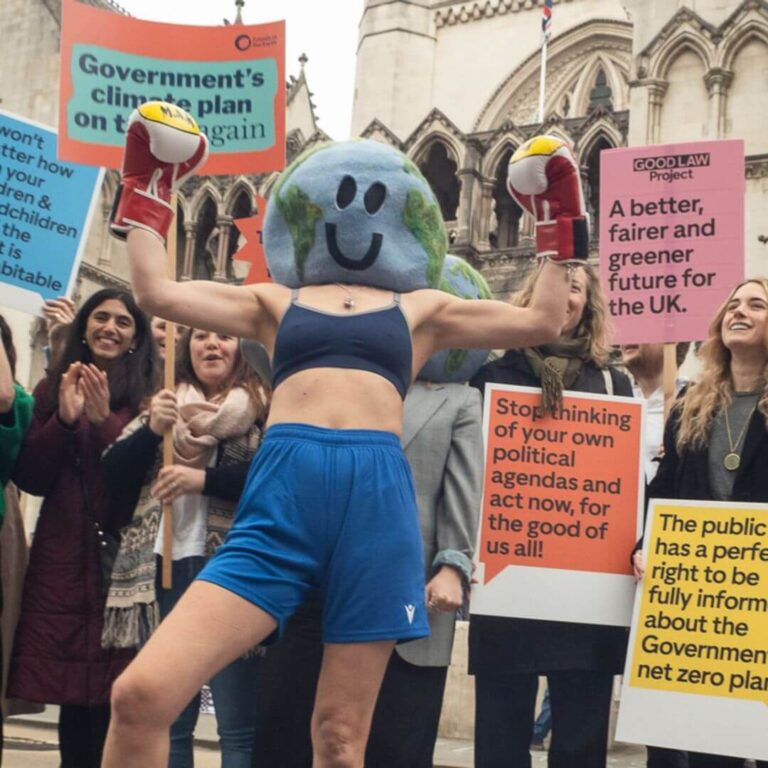
High Court terms UK’s climate targets unlawful
The UK government’s plan to meet climate targets and green the economy has been ruled unlawful by the country’s High Court. Katie de Kauwe, lawyer for one of the litigant groups, Friends of the Earth, called it an “embarrassing defeat for the government and its reckless and inadequate climate plans”. The campaigning groups that brought the case had argued it relied too much on risky technologies and glossed over the risk of missing targets. The ministers agreed to publish a new report within 12 months to comply with the ruling, but said the overarching plan will remain government policy. A government spokesperson said: “Not only are we the first major economy to reach halfway to net zero, we have also set out more detail than any other G20 country on how we will reach our ambitious carbon budgets. The claims in this case were largely about process.”

Good news digest
How this Colombian city cooled in three years
In 2016, the Colombian city of Medellín began efforts to launch a new approach to its urban development – one that focused on people and plants. The $16.3 million initiative led to the creation of 30 Green Corridors along the city’s roads and waterways, improving or producing more than 70 hectares of green space, which includes 20 kilometres of shaded routes with cycle lanes and pedestrian paths. Heat-trapping infrastructure like metro stations and bridges has also been greened as part of the project, and government buildings have been adorned with green roofs and vertical gardens to beat the heat. In the face of a rapidly heating planet, the city found a way to keep cool. Medellín had undergone years of rapid urban expansion, which led to a severe urban heat island effect.

Vermont to force major polluting firms to pay for damages
Vermont is set to be the first US state to hold fossil fuel companies liable for their planet-heating pollution. Modelled after the Environmental Protection Agency’s Superfund programme, which forces companies to pay for toxic waste cleanup, the climate superfund bill would charge major fossil fuel companies in the state billions of dollars for their past emissions. Vermont is known for its temperate summers, but last July, catastrophic floods pummelling the state which wreaked more than $1bn in damages, 11 years after Tropical Storm Irene devastated nearly all of Vermont. As the climate crisis persists, research shows future flooding events could be even more devastating and costly. “Climate impacts are mounting everywhere and they’re coming with a price tag,” said Jamie Henn, director of Fossil Free Media, which is campaigning in support of climate superfund legislation across the US.
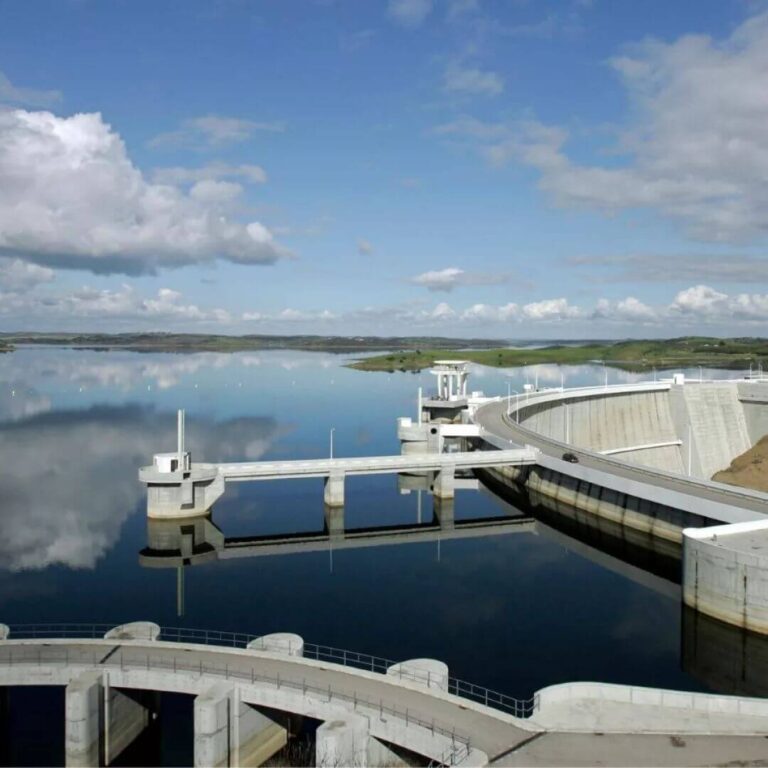
Ninety-five percent of Portugal’s electricity needs met by renewables
Portugal has taken huge strides in renewable power, up from 27 percent in 2005 and 54 percent in 2017 to a ‘historic’ 95 percent of its electricity from renewables in April this year. It has got serious about decarbonisation in a variety of ways, from phasing out coal-fired generation in 2021, to boosting its large hydropower fleet with added storage capacity. Since 2019, the state’s renewable energy auctions have been increasing utility-scale projects, with clear guidance for green companies. All this has laid the ground for some milestones. For six consecutive days last autumn, for example, renewable energy production actually exceeded the country’s electricity needs. April saw the “highest monthly significance ever recorded” for solar – when it covered 10.5 percent of the country’s electricity consumption. Fossil gas met just 9 per cent of demand in the first four months of 2024, with gas consumption in the power sector halving compared to the same period in 2023.
May 3, 2024

Near-permanent marine heatwave in the Indian Ocean alarming
Marine heat waves are registering a growing trend globally. A recent study, Future Projections for the Tropical Indian Ocean, has found that the Indian Ocean is warming rapidly and moving towards a state of near-permanent marine heat waves, with 220-250 days of heat waves projected in a year until 2050. The findings of this new research, led by scientist Roxy Mathew Koll at the Indian Institute of Tropical Meteorology (IITM), Pune, are published in a recent book, The Indian Ocean and its Role in the Global Climate System. “In the present-day climate scenario, where we are experiencing 1.2-degree Celsius warming, marine heat waves have already emerged in the Indian Ocean and are rising; at present, they range up to 20 days a year,” said Koll. “But, by 2050, these heatwaves are likely to increase to 220-250 days. We are calling it a permanent heatwave state for the Indian Ocean.”

Dalits bear the weight of environmental injustices
The shadows of India’s gleaming cities hide a horrifying truth. Dalits ostracized for generations, continue to die while cleaning the waste with their bare hands. The very act of manual scavenging, outlawed by the Manual scavenging Act 2013, continues to claim lives, points out this essay. “Dalits often find themselves working in hazardous waste disposal, sanitation, and other environmentally damaging industries, the exploitation of nature and the perpetuation of caste hierarchies are inextricably linked, with purity and pollution playing significant roles in determining access and exclusion. The physical and social environments, characterised by segregated areas and the practice of untouchability, serves as a material context for the formulation of Dalit environmental subjectivity. The juxtaposition reveals a poignant narrative where the intersection of environment and casteism paints a vivid portrait of disparity, where Dalits shoulder the burden of ecological degradation…” The environmental experiences of Dalits are shaped by their caste-based identities and social hierarchies, leading to a unique and often challenging relationship with nature.
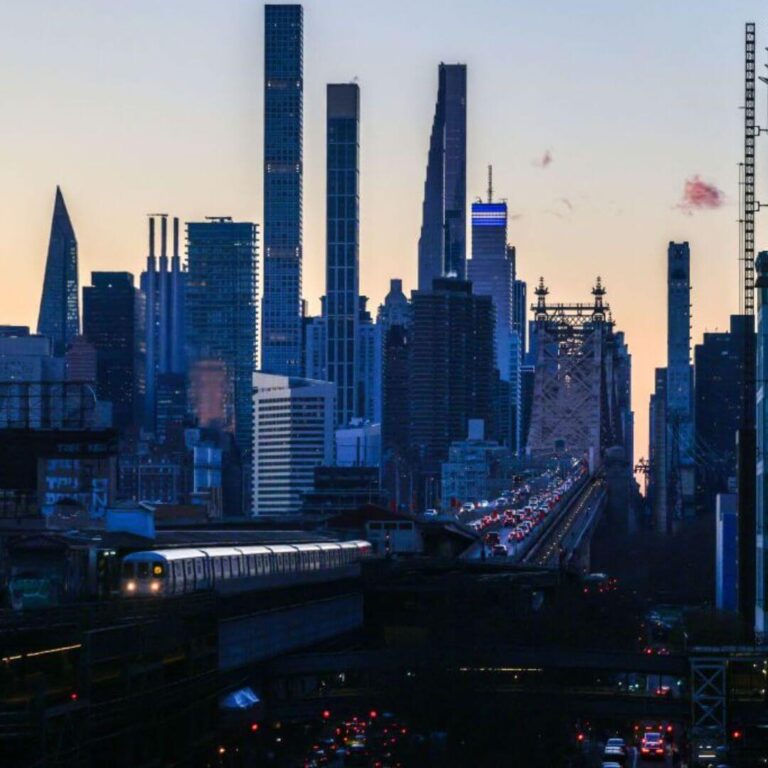
NYC adopts climate budgeting to reduce carbon emissions
New York is the first major US city to use climate budgeting to measure the emissions effect of funding decisions. Climate budgeting is meant to measure the effects of the city’s spending on emissions, find areas where more investment is needed, and make the city more resilient. The city will forecast future emissions trajectories — something it hasn’t historically done — and apply a specialised method for determining whether capital projects are in line with the city’s goals, according to a report from the Office of Management and Budget. “Every dollar has to do double duty now — it has to not only do its purpose in terms of building out infrastructure or providing energy, but it also has to lower emissions, cool, absorb water,” Meera Joshi, New York’s Deputy Mayor for Operations, said. “And that is the only way that New York City will survive.”

Rwanda, Peru to reduce plastic production by 40 percent
As the world attempts to make a treaty to cut plastic waste at UN talks in Ottawa, Canada, two countries have put forward the first concrete proposal to limit production to reduce its harmful effects. The motion submitted by Rwanda and Peru sets out a global reduction target, ambitiously termed a “north star”, to cut the production of primary plastic polymers across the world by 40 percent by 2040, from a 2025 baseline. It says: “The effectiveness of both supply and demand-side measures will be assessed, in whole or in part, on their success in reducing the production of primary plastic polymers to sustainable levels.” A global plastic reduction target would be similar to the legally binding Paris Agreement to pursue efforts to limit global temperature increase to 1.5 degrees Celsius above pre-industrial levels. About 11m tonnes of plastic leaches into the ocean each year, and is likely to triple by 2040.

Good news digest
Nature recognised as official artist, to earn royalties
The sounds of nature can enhance music. A new initiative will see nature recognised as an official artist on major streaming platforms, including Spotify and Apple Music. Artistes who use natural sounds in their recordings can choose to list “Nature” as a featured artist — and a share of their profits will be distributed to environmental causes. Called Sounds Right, the project is the brainchild of the Museum for the United Nations – UN Live which hopes to raise $40m (£32m) in the first four years. “Any artist who’s interested in collaborating with nature is able to visit our website, download nature samples and tag nature on their tracks, with a portion of the royalties donated to high impact conservation initiatives,” says programme director Gabriel Smales. Nature’s “artist page” on Spotify will also include ambient recordings such as rainforests and ocean sounds, and at least 70 percent of the profits will fund conservation programmes.
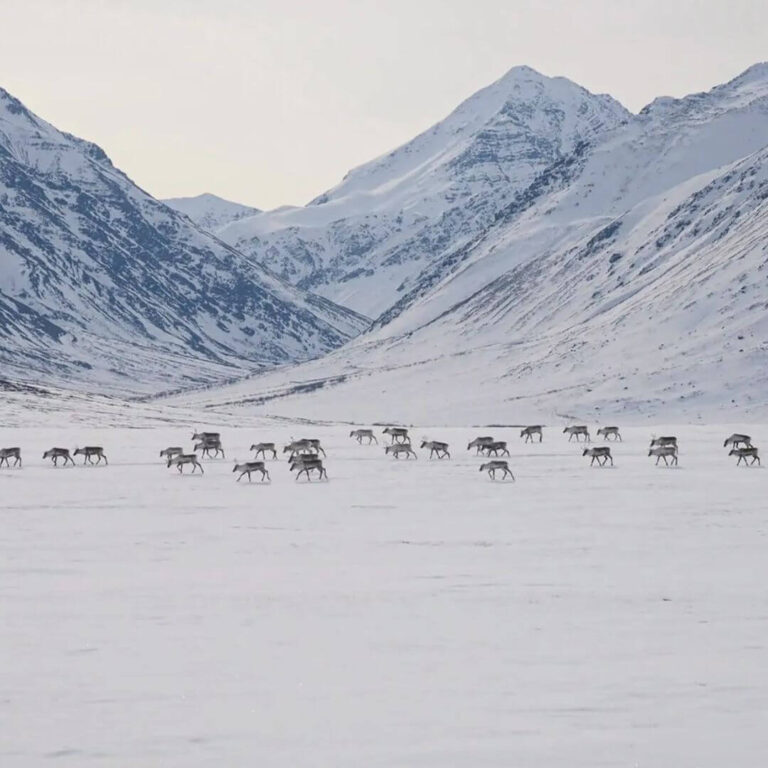
US bans oil drilling, mining in Alaska’s North Slope
The Interior Department of the Biden administration said it would deny a permit for an industrial road that the state of Alaska had wanted to build through the Gates of the Arctic National Park and Preserve in order to reach a large copper deposit with an estimated value of $7.5 billion. It also announced it would ban drilling in more than half of the 23-million-acre National Petroleum Reserve-Alaska, an ecologically sensitive expanse north of the Arctic Circle. The two moves amount to one of biggest efforts in history to shield Alaskan land from drilling and mining. They are expected to face challenges from industry as well as from elected leaders in Alaska, where oil and gas revenues make up much of the state’s budget and where mining is a main driver of the economy.
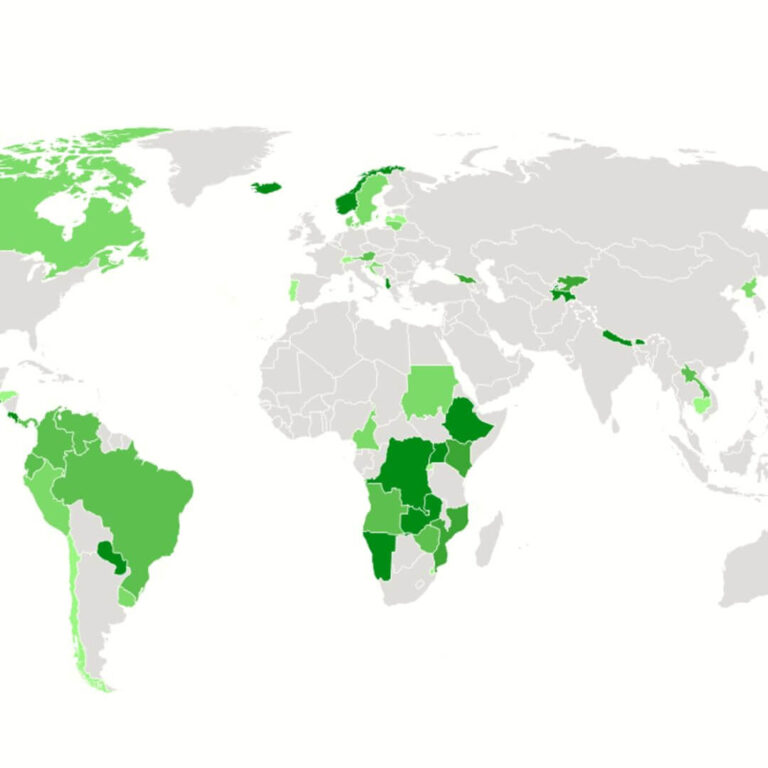
Seven countries generate all electricity from renewables
Albania, Bhutan, Nepal, Paraguay, Iceland, Ethiopia and the Democratic Republic of Congo produced more than 99.7 percent of the electricity they consumed using geothermal, hydro, solar or wind power. Data from the International Energy Agency (IEA) and International Renewable Energy Agency (IRENA) also revealed that a further 40 countries generated at least 50 percent of the electricity they consumed from renewable energy technologies in 2021 and 2022 – including 11 European countries. “We need to stop emissions by providing the electricity with Wind, Water and Solar (WWS), which includes onshore wind, solar photovoltaics, concentrated solar power, geothermal electricity, small hydroelectricity, and large hydroelectricity,” said Stanford University Professor Mark Jacobson, who published the data. “Solar energy is the most widely available energy resource on Earth, and its economic attractiveness is improving fast in a cycle of increasing investments,” the researchers wrote in the study.
April 19, 2024
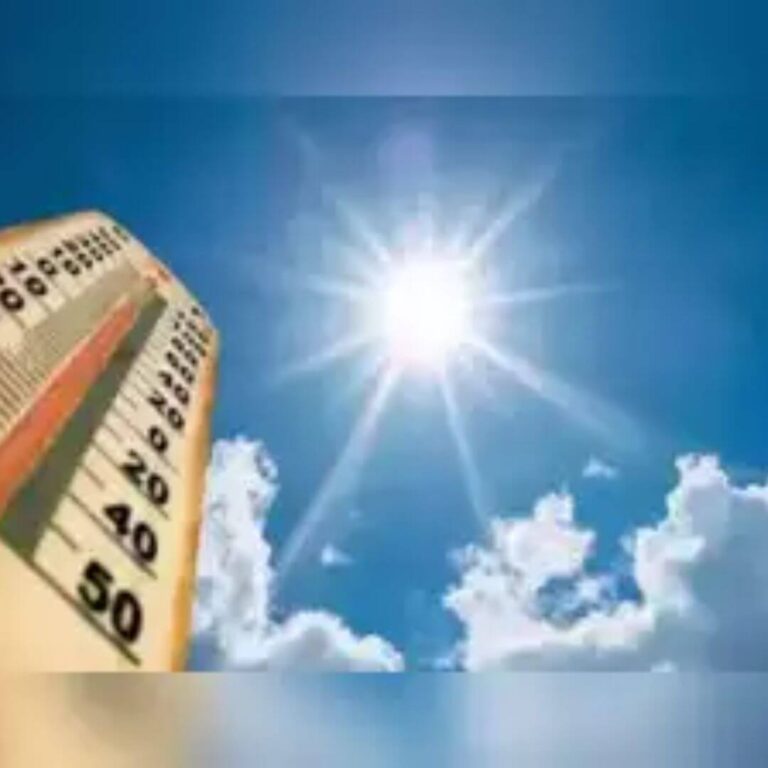
India records 30 percent increase in moist heat stress: Study
This year, around 10 to 20 days of heat waves are expected in various parts of the country against the usual four to eight days. Experts attributed the hotter summer to the El Nino phenomenon. The heat wave-prone areas are in Gujarat, Madhya Pradesh, Maharashtra, north Karnataka followed by Rajasthan, Madhya Pradesh, north Chhattisgarh, Odisha and Andhra Pradesh, said the India Meteorological Department (IMDResearchers have stated that ‘moist heat stress’ has risen by almost 30 percent in India over the past 40 years (1980 to 2020). A recent analysis by the IMD has also shown a significant upward trend in the areas facing heat stress, a long-term significant increase in heat stress due to high temperatures along with humidity. “During periods of dry or moist heat stress conditions in the last 40 years, the average heat index values shot up by a staggering 4-5 degrees Celsius above the typical summer temperatures in various regions, such as central India, northwest India and more so in the east coast of the country,” said senior IMD scientist Dr Rajib Chattopadhyay. Moist heat stress arises when high temperatures are coupled with excessive humidity, hindering the body’s ability to regulate its temperature through evaporative cooling. “This humid heat becomes dangerous in moist conditions,” said Chattopadhyay.
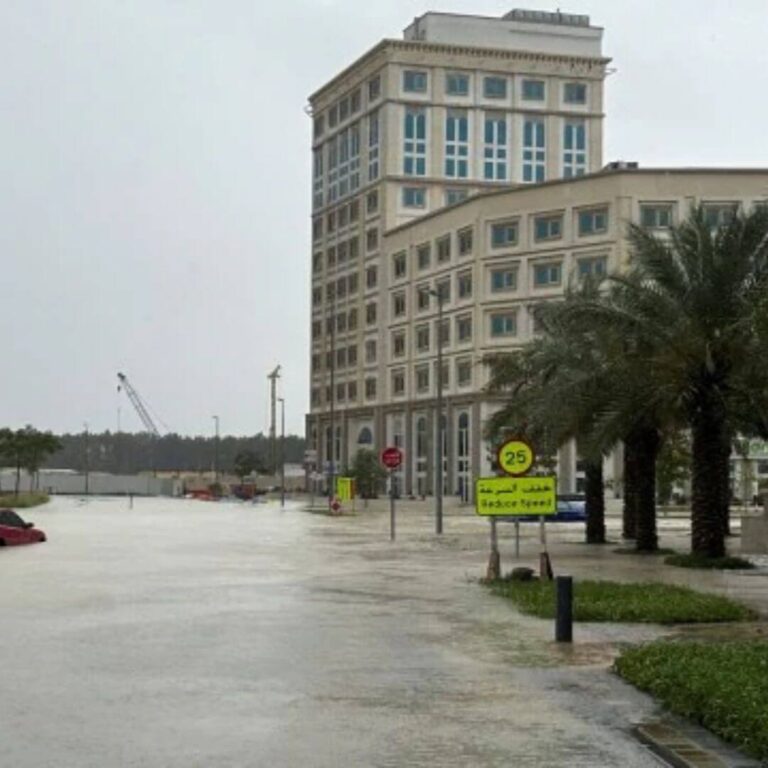
What caused heavy downpour in Dubai
Heavy rain in Dubai on April 16 was the highest documented since the start of data collection in 1949, bringing the city to a standstill, causing widespread damage and halting air travel. According to a report by the AP, rains could have been exacerbated by cloud seeding, a process of spraying salt mixtures in clouds that would result in condensation of the cloud and eventually cause rainfall. “Several reports quoted meteorologists at the National Center for Meteorology as saying they flew six or seven cloud-seeding flights before the rains,” according to the AP report. However, other reports have stated that cloud seeding had nothing to do with the massive rainstorm and that soaring global temperatures could have triggered the event as high temperatures lead to evaporation of water from land and oceans. While the average global temperature on earth increased by at least 1.1 degree Celsius since 1850, the UAE witnessed an increase of almost 1.5 degree Celsius in the past 60 years.

‘Only two years left to avert climate catastrophe’
UN Climate chief Simon Stiell called on countries to urgently strengthen their climate plans, known as nationally determined contributions (NDCs), under the Paris Agreement. “The world has only two years left to avert climate catastrophe,” he warned on Wednesday in an emotive speech. Current NDCs will barely reduce emissions by 2030, he said, despite the Intergovernmental Panel on Climate Change’s warning that global greenhouse gas emissions must peak before 2025 and fall 43 percent by 2030 to limit warming to 1.5 degrees Celsius. “As of today, NDCs will barely cut emissions at all by 2030. We still have a chance to make greenhouse gas emissions tumble, with a new generation of national climate plans,” Stiell said, speaking at the Chatham House in London. “But we need these stronger plans, now. And while every country must submit a new plan, the reality is G20 emissions are around 80% of global emissions.”

City downtowns get thumbs up from residents
From New York to Mumbai, a new survey finds city residents love their downtowns for entertainment — and for work. But opinions are more mixed when it comes to housing and raising a family. The strengths and weaknesses of downtowns are highlighted in the survey of residents of 92 central business districts spanning 53 global cities by the architecture and planning firm Gensler. The survey covered cities from the largest like New York, Tokyo, Shanghai and Mumbai, to smaller US cities like San Antonio, Texas, and Raleigh, North Carolina. The analysis concludes that the highly rated downtowns offer a cluster of great experiences. “Downtowns must deliver opportunities for fun, discovery, and beauty to appeal to a broad audience of city dwellers,” the report stated, “Downtowns that prioritise informal gathering spaces, promote walkability, and pursue activation through community amenities will create an authentic sense of place for downtown residents, employees, and local visitors.”

Heat stress bleaches corals across the world
The world is experiencing its fourth global coral bleaching event, the second in the last decade. At least 53 countries and local regions have experienced mass bleaching across the Atlantic, Pacific and Indian oceans. Bleaching, which occurs when stressed coral turn white after expelling symbiotic algae that provide food and color. Derek Manzello, an ecologist and head of NOAA’s Coral Reef Watch program, said the frequency and severity of bleaching events has increased since the early 1980s. That intensity and regularity has also ramped up in the last two decades. Many corals experienced blistering temperatures for prolonged periods of time, as temperatures spiked earlier and lingered longer. The Atlantic Ocean appears to be experiencing the brunt of the heat-stress, Manzello said. Corals in the Florida Keys endured the hottest ocean temperatures on record, and the longest-lasting marine heat wave recorded in three decades during the summer of 2023.

Good news digest
US announces its first drinking water standards to reduce forever chemicals
The United States will implement its first-ever drinking water standard to protect people against toxic “forever chemicals” found in many households and everyday items. The US Environmental Protection Agency offered $1 billion to states for public water system testing in a move to curb the cancer-causing chemicals. A study released last year by the US Geological Survey found that nearly half of US tap water samples contain PFAS. Dubbed “forever chemicals” because they do not easily break down in the human body or environment, PFAS is found in hundreds of consumer and commercial products, including non-stick pans, cosmetics, firefighting foams and stain resistant clothing. The final rule will affect a proportion of the 66,000 public drinking water systems in the United States and is projected to reduce exposure to the 15,000 chemicals known as per- and polyfluoroalkyl substances (PFAS) for approximately 100 million people, avoiding tens of thousands of deaths linked to PFAS, according to the agency.
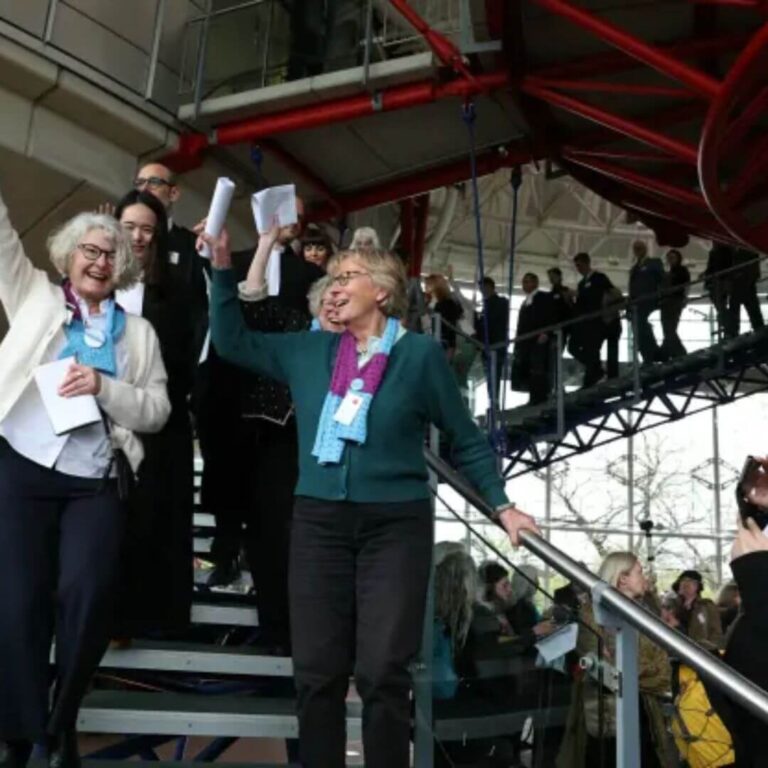
Swiss women win historic climate litigation
After more than three years of legal proceedings, the European Court of Human Rights has ruled that Switzerland is neglecting to act properly on the human caused climate crisis, thereby violating their citizens’ human rights. The verdict ruled in favour of more than 2,000 elderly Swiss women who argued that their government’s efforts to tackle the climate crisis were insufficient to protect them from more frequent and intense heat waves. The European Court of Human Rights’ (ECHR) decision was hailed by campaigners as a ground-breaking moment that could serve as a blueprint for other climate litigation cases argued on human rights grounds. In an unappealable ruling, the ECHR found that the Swiss government had violated human rights and failed to comply with its duties under the convention regarding climate change. The decision could compel the Swiss government to revise its climate policies, including upgrading its near-term emissions reductions targets to align with the landmark Paris Agreement. The impact of the decision is expected to be felt far beyond Europe’s borders.

Wolves discovered in Nevada after eight years
On March 17, a helicopter crew detected wolves in Nevada — the first confirmed presence of the animals in Nevada in eight years — and reported its sighting to the Nevada Department of Wildlife. This led to a site visit by department staff. The area where these wolves were detected is a mix of high desert sagebrush steppe and mountains forested in pinyon pine and juniper, with more mountainous forests at higher elevations. “I’m so happy to welcome wolves back to the Silver State where they belong,” said Amaroq Weiss, a senior wolf advocate with the Center for Biological Diversity. “Wolves are a vital part of healthy mountain ecosystems in the West, and there’s plenty of room for them to thrive in Nevada.” They are protected as endangered under the US Endangered Species Act, and killing or harming wolves is prohibited and punishable by jail time and fines.
April 5, 2024
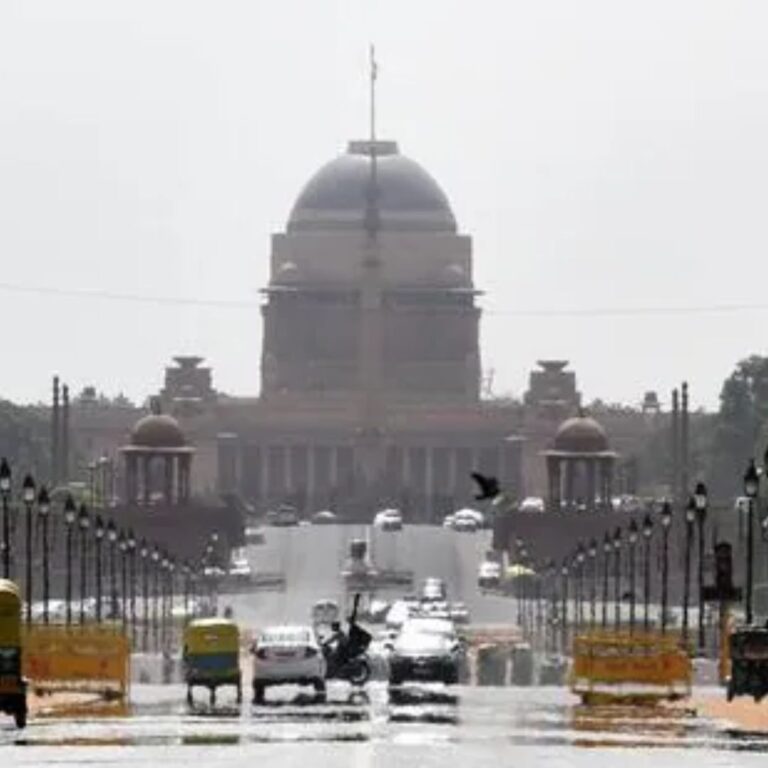
India to experience more heat waves this summer
This year, around 10 to 20 days of heat waves are expected in various parts of the country against the usual four to eight days. Experts attributed the hotter summer to the El Nino phenomenon. The heat wave-prone areas are in Gujarat, Madhya Pradesh, Maharashtra, north Karnataka followed by Rajasthan, Madhya Pradesh, north Chhattisgarh, Odisha and Andhra Pradesh, said the India Meteorological Department (IMD). Parts of Peninsular India are already recording extreme heat. Maximum temperatures are in the range of 40-42 degrees Celsius at a few places over Rayalaseema and at isolated pockets over western Madhya Pradesh, Gangetic West Bengal, Jharkhand, Chhattisgarh, Vidarbha, Telangana, Coastal Andhra Pradesh, Yanam and Maharashtra. “We can expect extreme temperatures this summer mainly because of the impact of El Nino. Models are also indicating the development of La Nina conditions during the monsoon season, which may mean that we will have a good monsoon,” said M Mohapatra, IMD’s director general.
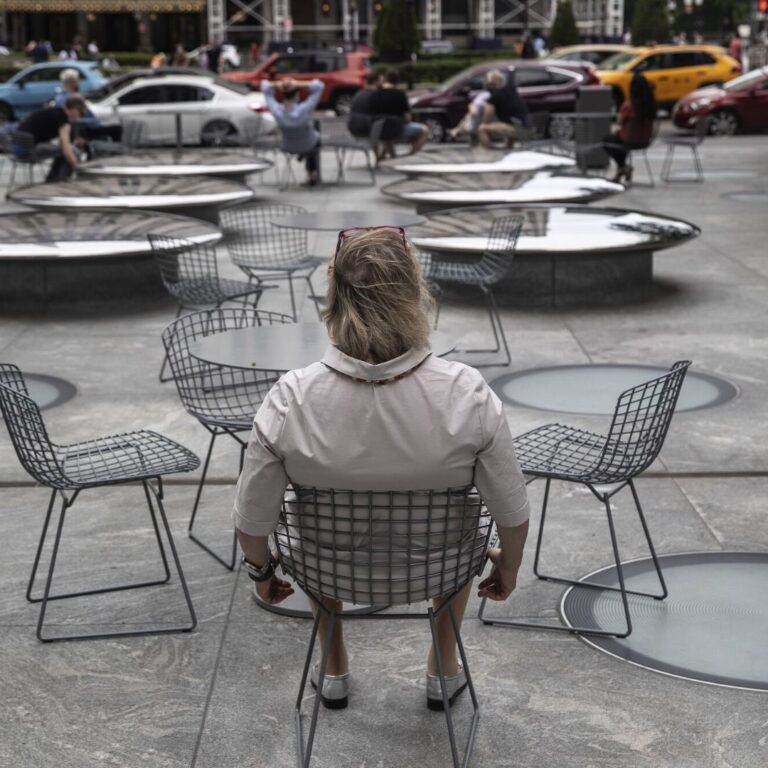
Re-examining William Whyte’s take on small urban spaces
Writing in the 1960s and ’70s, William Whyte, an urbanist and writer who died in 1999, focused on those making the most of their city as they kibitzed, ate and relaxed in the often tiny patches they found in plazas, sidewalks and ledges. Relying on data and a keen eye, he sought to understand why some places foster vibrant urban life, while others seem to erode it. Whyte was adamant that crowded spaces were the healthiest, saying it was “encouraging that the places people like best of all, find least crowded, and most restful, are small spaces marked by a high density of people.” He extolled the virtues of removable chairs, “a wonderful invention” that allowed people to align their seating arrangement to reflect the size of their group as well as their desire for sunlight and interpersonal proximity. Whyte’s book The Social Life of Small Urban Spaces urged cities to leverage the full power of open space by providing ample, pleasant places to sit, ensuring that private plazas provide genuine public benefit and reallocating street space from cars to pedestrians.

Greenwashing allegations against Australian airlines
Last month, a Dutch court ruled that airline KLM misled customers with vague environmental claims, and that its affirmation to the goals of the Paris Agreement was “misleading and therefore unlawful”. After this ruling, Climate Integrity, a new Australia-based advocacy group, has claimed that Australian airlines could also have misled consumers in presenting their net zero goals and market offset options during flight bookings. Claire Snyder, director of Climate Integrity, said: “The ruling is a timely wake-up call to airlines with public net-zero commitments, that they must put forward concrete and credible decarbonisation plans or face the legal risk of misleading consumers and investors.” The analysis that her group conducted found Qantas’s decarbonisation plans featured “a number of low integrity practices”. Qantas and Virgin Australia, like most global airlines, have announced emission reduction agendas that heavily rely on offsets, including buying credits from projects in Australia and overseas.
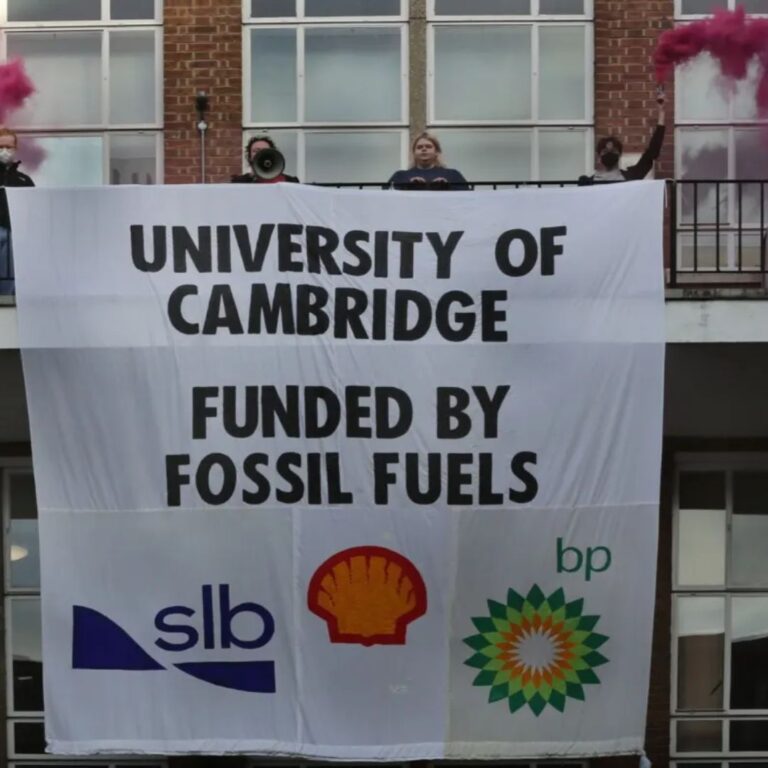
Good news digest
Cambridge university stops donations from fossil fuel firms
After a report in July last year recommended that the University of Cambridge disengage from oil and gas producers in favour of renewable energy companies, it has temporarily stopped accepting donations from fossil fuel companies. A moratorium on new funding from oil and gas companies had been formally adopted, lasting until the process for accepting donations is reviewed, the university said. “Accepting funding from fossil fuel companies validates the industry at a time when it is threatening the future viability of life on earth, including by developing new oil and gas infrastructure,” said Jason Scott-Warren, a Cambridge professor of early modern literature who backed the moratorium. The student group Cambridge Climate Justice said the proposal marked the first time a university in the UK had decided to halt research partnerships with the fossil fuel industry. British oil and gas giants Shell and BP have jointly given at least £19.7mn to the university in philanthropic and research funding between 2016 and 2023, according to FT analysis of university data, which did not list any other donors in the energy sector.

Researchers discover Canada’s only known living coral reef
For generations, members of the Kitasoo Xai’xais and Heiltsuk First Nations, two communities off the Central Coast region of British Columbia, had noticed large groups of rockfish congregating in a fjord system. In 2021, researchers and the First Nations, in collaboration with the Canadian government, deployed a remote-controlled submersible to probe the depths of the Finlayson Channel, about 300 miles north-west of Vancouver. The team made a startling discovery. “When we started to see the living corals, everyone was in doubt,” says Cherisse Du Preez, head of the deep-sea ecology program at Fisheries and Oceans Canada. “Then, when we saw the expansive fields of coral in front of us, everybody just let loose.” The following year, the team mapped Lophelia Reef, or q̓áuc̓íwísuxv, as it has been named by the Kitasoo Xai’xais and Heiltsuk First Nations. It is the country’s only known living coral reef and is the northernmost ever discovered in the Pacific Ocean. It offers researchers a new glimpse into the resilience – and unpredictability – of the deep-sea ecosystems.

Why Texas is tearing down highways
In this excerpt from City Limits: Infrastructure, Inequality, and the Future of America’s Highways, by journalist Megan Kimble, is the story of urban highways in US cities. Once symbols of growth and prosperity, some of these roadways have been removed even as multi-billion-dollar expansion projects proceed for others. This excerpt focuses on Interstate 345, a 1.4-mile elevated highway on the eastern edge of Dallas’ downtown loop. In 2011, the City of Dallas’ master plan concluded that it was “a significant barrier to surrounding neighbourhoods”. The Texas Department of Transportation (TxDOT), while announcing plans to rebuild every other highway that circled downtown, worked on tearing down I-345. Architect Patrick Kennedy led the effort, talked to landowners, did the math and figured that “tearing out the highway will reconnect downtown with East Dallas, revitalise what’s now 245 acres of vacant, wasted land . . .make better use of the surrounding streets on the grid, bring in some 20,000 new downtown residents and result in new walkable urban housing and high quality public space,” according to Dallas Morning News.
March 22, 2024
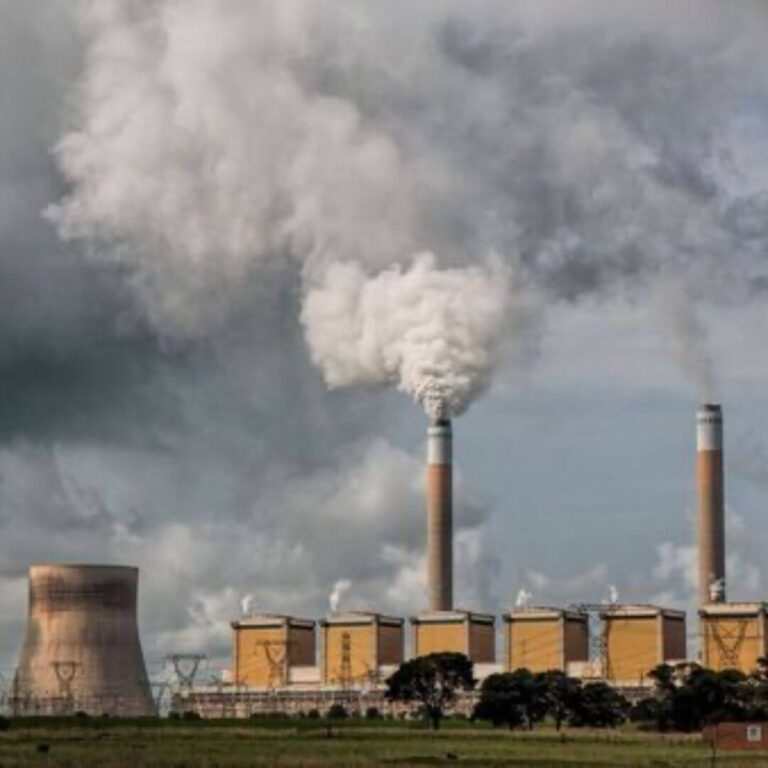
Delhi remains worst capital city in air quality
India has emerged as the world’s third most polluted country and Delhi as the world’s most polluted capital city – for the fourth consecutive year – according to the World Air Quality Report 2023 by Swiss organisation IQAir. Ten out of the top 11 most polluted cities in the world are from India. India’s air quality, with an average annual PM2.5 concentration of 54.4 micrograms per cubic metre, was better than only two countries — Bangladesh and Pakistan – last year. These two, among 134 countries, beat India to become the most polluted and the second most polluted country in the world, respectively. Meanwhile, Bihar’s Begusarai was termed the world’s most polluted metropolitan area. It had an average PM2.5 concentration of 118.9 micrograms per cubic metre. In the previous year, India ranked much lower at the eighth position with an average PM2.5 concentration of 53.3 micrograms per cubic metre.

It’s summer after winter in India; where’s spring?
A new study by Climate Central says that spring is disappearing across India because of human-caused climate change. It examined temperature trends from 1970 to 2023 and found that every region has experienced net warming during the winter months December through February, with the southern states showing the largest increases. The analysis shows that many parts of northern India are experiencing an abrupt transition from winter to summer-like conditions as February warming rates have increased sharply in recent decades. The findings support widespread reports from India that spring feels like it has disappeared. “The cooling in northern and central states during January was followed by very strong warming in February, creating a potential for a quick jump from winter to spring-like conditions,” said Dr Andrew Pershing, vice president (climate science) at Climate Central.

New Zealand’s amended environmental laws sideline biodiversity
The coalition government in New Zealand introduced a bill to speed up consenting processes – without commissioning new ecological surveys — for projects of national or regional significance. The Fast-track Approvals Bill, urgently introduced on March 7, takes precedence over several current environmental laws and empowers ministers to skirt the existing approval processes. Leaders of ten scientific societies that conduct biodiversity research, representing thousands of members, have called on the government to slow this down. The country’s economy relies on the environment in many ways. A study estimated its land-based ecosystem services contributing NZ$57 billion 27 percent of the country’s GDP in 2012. The fast-track bill requires expert panels to provide recommendations to the relevant ministers within six months of a project referred to them – the time frame is unsuitable for proper assessments of environmental impacts.
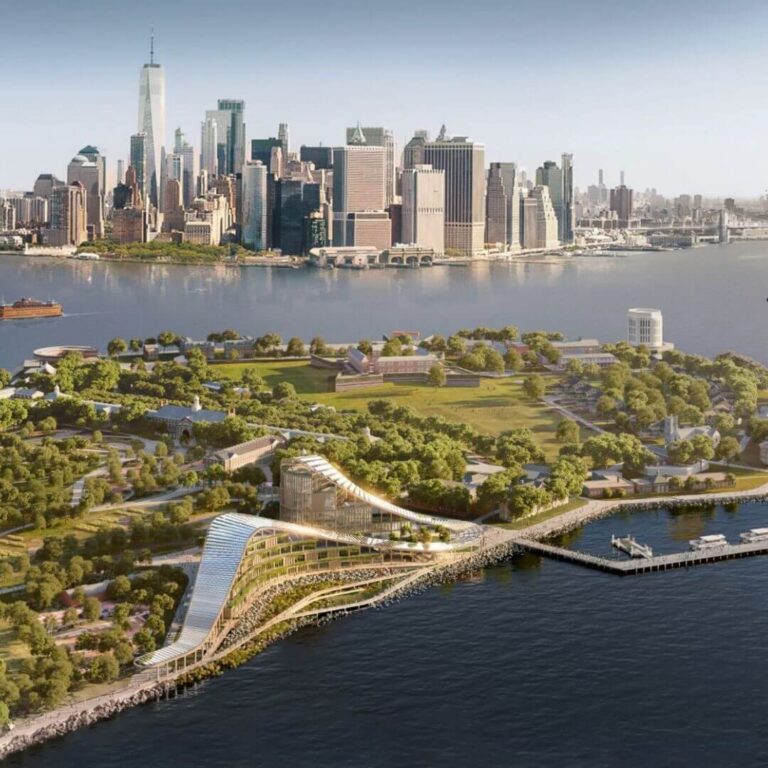
Good news digest
New York’s living lab to explore climate tech ideas
New York City plans to turn Governors Island, near the Statue of Liberty, into a living laboratory where scientists and inventors can tinker and entrepreneurs can showcase ideas. The six pilot projects are all focused on water, reflecting the city’s range of water problems, including rising tides, storm surges, industrial pollution, and aging wastewater and drinking water infrastructure. “We hope the island can be a jewel box for what a truly sustainable and adaptable urban environment can look like,” said Clare Newman, president of the Trust for Governors Island. Central to the plan is that the public should be able to see and interact with the technology. “We want to make sure that this work doesn’t happen just in labs… it happens in full view of, and in concert with the public,” said Maria Torres-Springer, New York’s deputy mayor. Visitors will be able to interact with compact water treatment devices, giving them a feel for how they might fit in their own homes.
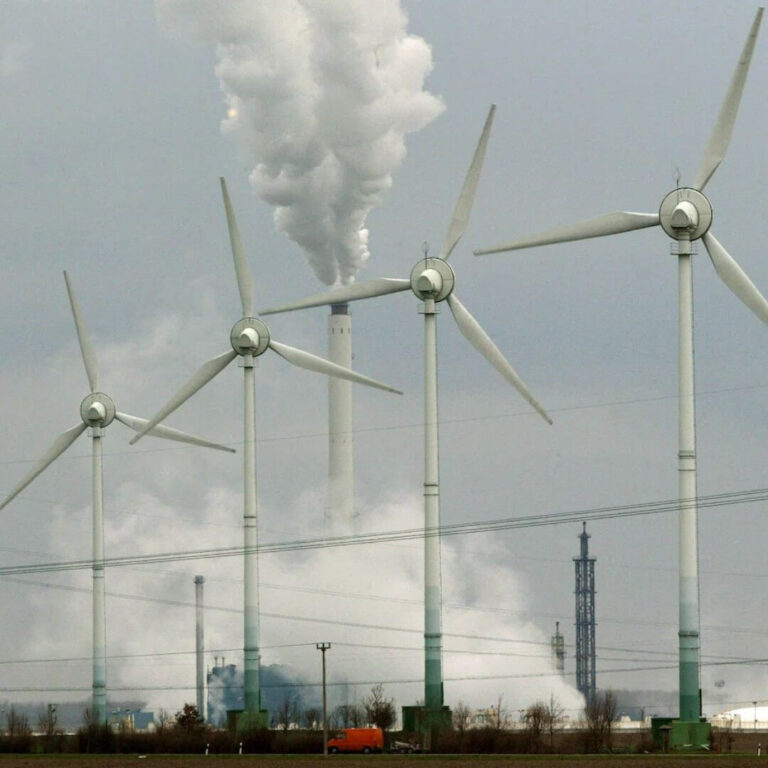
Germany on track to meet 2030 climate targets
The Federal Environment Agency (UBA) said Germany was on track to meet its 2030 climate targets after emissions fell to 673 million tons last year, confirming preliminary projections. Germany aims to cut emissions by 65 percent by 2030 compared with 1990 and become carbon neutral by 2045. It is currently at around 46 percent. Berlin hopes emissions will fall further with companies encouraged by recently launched “climate protection contracts” that compensated for extra costs of green production. Germany’s industrial production emissions fell by 7.7 percent though industrial output fell by only 1.2 percent last year. When asked if the drop in emissions was due to a weaker economy rather than a sustainable decline, Climate Action and Economy Minister Robert Habeck said that, while 2023 had been an exceptional year and the government expected a “complete economic recovery”, further planned measures would help maintain the progress made.

Kenyan firm turns plastic waste into solar-powered freezers
A youth-led company based in Mombasa, Kenya, has used plastic waste to build freezers. The plastic waste is sold to Kuza Freezer where employees first break it down into pellets before moulding it into cold storage units. Each freezer comes with a battery that can be charged using a solar panel. A two-hour charge means up to 7 hours of operating time. “We are focused on providing cold storage solutions to small-scale businesses in the fish value chain and enabling them to sustainably improve their income and reduce post-harvest losses,” says Purity Gakuo, CEO Kuza Freezer which has delivered more than 350 machines to customers, including fish traders, poultry and milk vendors and ice salespeople. Gakuo says a variety of products are being produced including a freezer that can be mounted to the back of a motorbike with a 70-litre capacity which is especially useful for the smooth delivery of fish.

New constructions for Paris Olympics eye sustainability
Paris 2024 wants to make sustainability a buzzword while hosting the 2024 Summer Games. Overall, 95 percent of the venues will be facilities that either existed or will be dismantled for reuse after the Games. The new constructions will use advanced wood components known as mass timber. In the Olympic Village, north of Paris, will be an eco-quarter where all buildings under eight floors will be made from wood and glass, and all energy will be sustainably sourced from heat pumps and renewables. An 8,000-capacity arena at Porte de la Chapelle, consisting of a recycled aluminum façade around a wooden structure, will be the home for Paris basketball team. This make-do-and-mend approach could, organisers hope, help the green transformation of France’s construction industry. France hopes to cut carbon in the building sector as the European Union strives to reduce the bloc’s overall emissions by 55 percent by 2030.
March 8, 2024
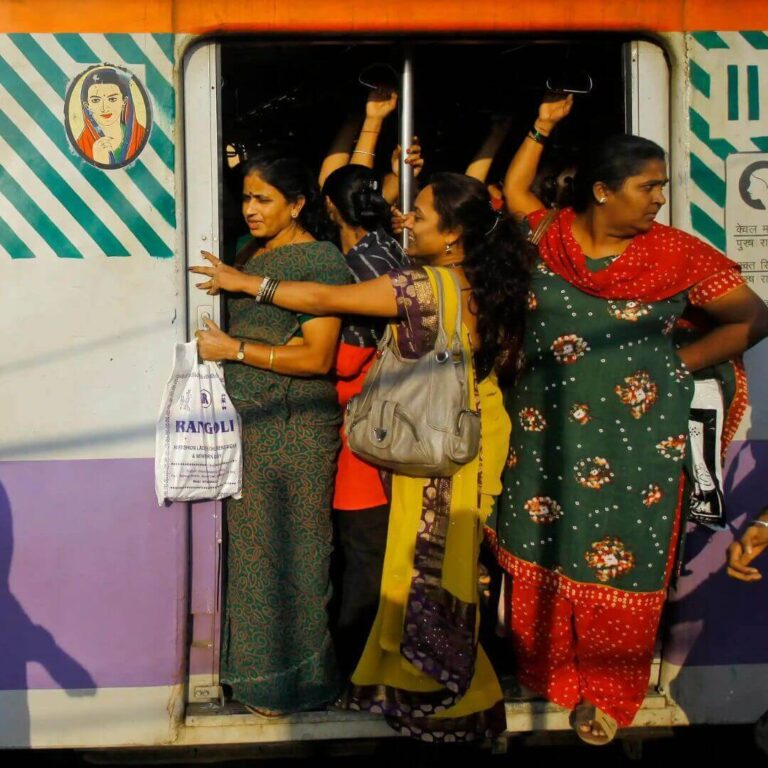
Global gender gap far bigger than before: Report
The 10th edition of the ‘Women, Business and the Law’ report published by the World Bank found that 95 countries enacted laws on equal pay but only 35 had measures in place to ensure the pay gap was addressed. Many sub-Saharan African countries had seen rapid progress in the reform of laws in recent years, but had the largest gap between legislation and implementation. “… this year the report highlights Togo and Sierra Leone that had really big shifts in the last three to four years,” said Tea Trumbic, who wrote the report. “But the supportive frameworks are largely lacking. So that’s why the implementation gap is even larger in countries that reformed recently because they’ve raised the standard in their laws, but they don’t have the supportive mechanisms to implement them.” Closing the gap could raise global gross domestic product by more than 20%, said the report.

There’s water crisis but no one’s talking about it
Comment writer George Monbiot scathingly drew attention to a paper published in 2017 which estimated that water use for irrigation would have to increase by 146 percent by the middle of this century but water has already maxed out. Agriculture accounts for 90 percent of the world’s freshwater use. “We have pumped so much out of the ground that we’ve changed the Earth’s spin. The water required to meet growing food demand simply does not exist. That 2017 paper should have sent everyone scrambling. But as usual, it was ignored by policymakers and the media. Only when the problem arrives in Europe do we acknowledge there’s a crisis,” he stated. But while there is understandable panic about the drought in Catalonia and Andalusia, there’s an almost total failure among powerful interests to acknowledge that this is just one instance of a global problem, a problem that should feature at the top of the political agenda, he added.
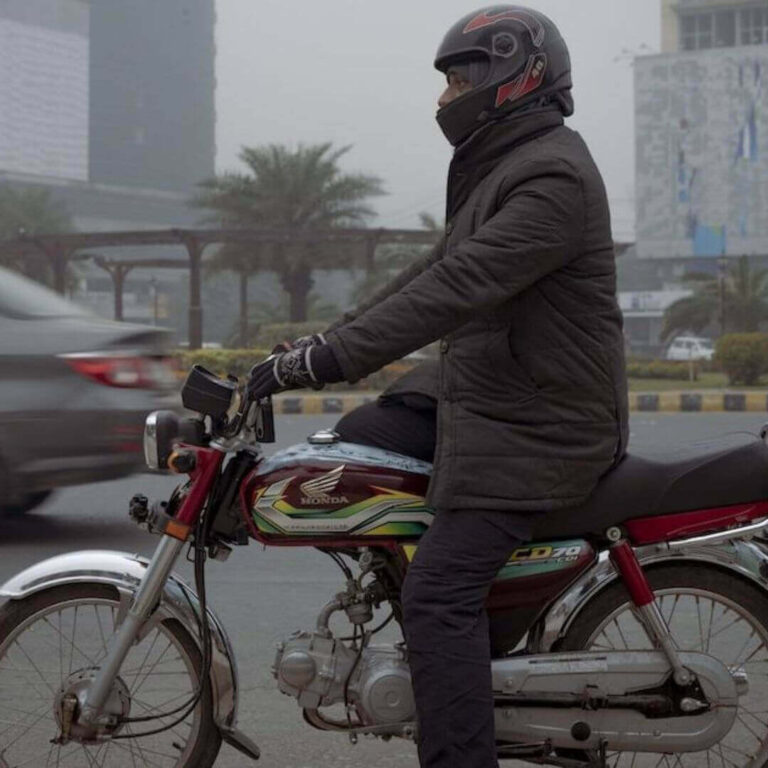
Monitors show pollution levels off the charts in three cities
Lahore is the most polluted city in the world, according to Swiss air quality monitoring platform IQAir. In November, the air was so poisonous that authorities issued a citywide lockdown to close schools, markets, and parks for four days, and advised people to stay indoors. Other cities in South Asia have similarly alarming levels of air quality: Eight out of the top 10 most polluted cities globally are in the region. The causes include rapid urbanisation, construction, vehicular pollution, coal-fuelled power plants, crop burning, and the operation of brick kilns. To understand air quality exposure among gig workers in South Asia, Rest of World gave three gig workers — one each in Lahore, New Delhi, and Dhaka — monitors to wear throughout a regular shift in January. The air quality monitors continually tracked their exposure to carcinogenic pollutants — specifically PM1, PM2.5, and PM10 (different sizes of Particulate Matter), and volatile organic compounds such as benzene and formaldehyde.
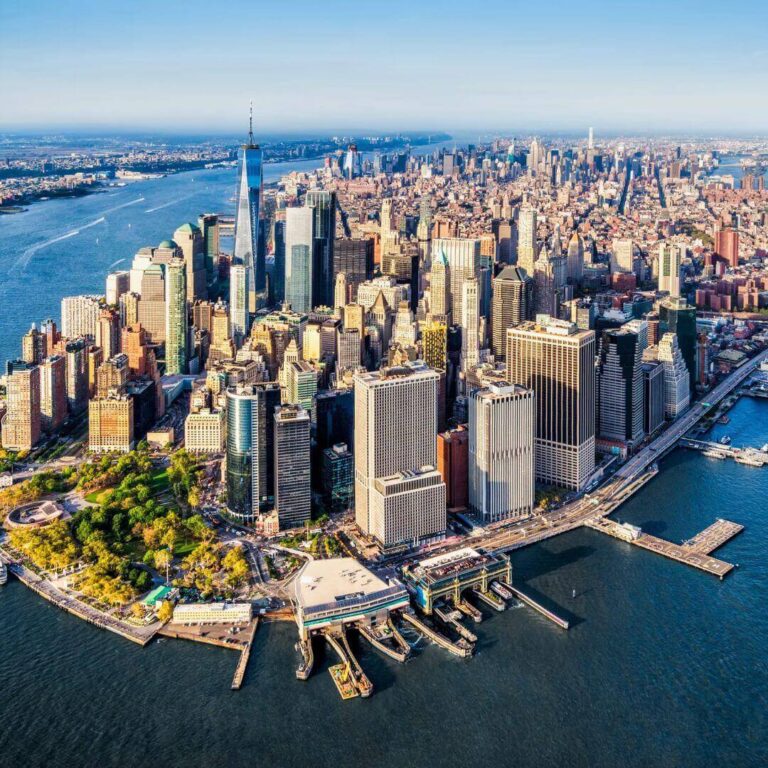
Sea levels around NYC could surge up to 13 inches in 2030s
The assessment by the state Department of Environmental Conservations (DEC) claims that sea levels surrounding New York City are expected to rise at least 6 to 9 inches in the 2030s – potentially up to 13 inches in some areas – due to climate change. It also says that levels in the lower Hudson River could swell by 23 inches in the 2050s. “Sea level rise is one of the most direct and observable effects of climate change in New York and DEC is required by law to develop science-based sea level rise projections to guide decision making and permitting in the areas most at risk,” it said in a statement. It posted its projections of water levels in the New York State Register, based on studies of global climate models. “New York is leading the nation to address the impacts of climate change, which include heatwaves, floods, more frequent storms, and sea level rise,” it said.
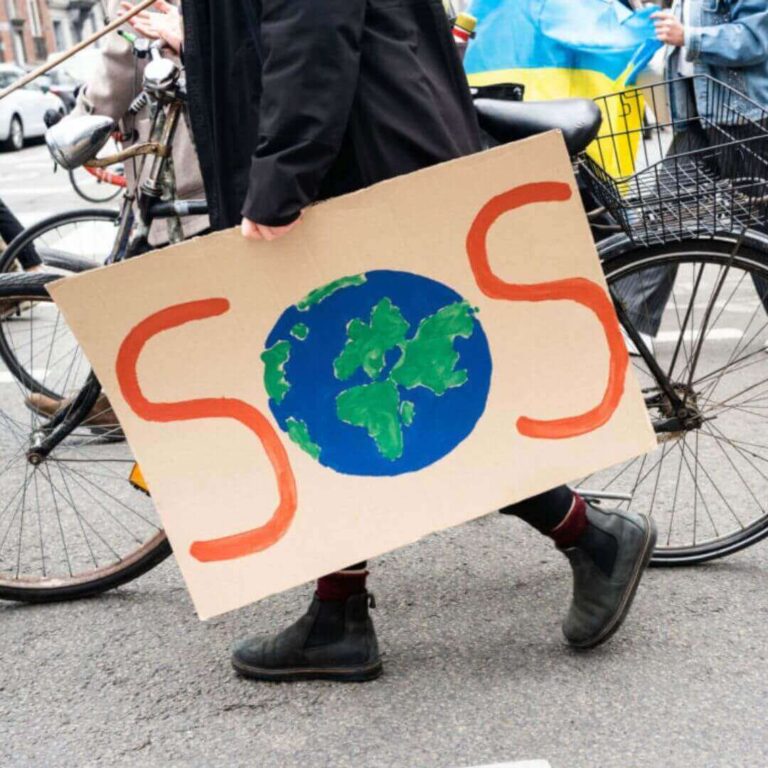
Good news digest
Belgium adds ecocide to its penal code
Belgium, the seat of the European Union (EU), has become the first in the European continent to recognise ‘ecocide’ as a national as well as an international crime. The ecocide law makes it possible to convict and punish serious, large-scale and irreversible crimes against nature with 20 years in prison and a fine of €1.6 million, making Belgium the first EU member state to bring domestic law in line with the EU’s revised Environmental Crimes Directive. “A crime against nature is by definition a crime against all of us. The recognition of ecocide in criminal law is a milestone in the recognition of nature’s rights,” said Ruth-Marie Henckes, biodiversity campaigner, Greenpeace. Ecocide, adding a nature-centred element to its criminal law, aims at preventing and punishing the most severe cases of environmental degradation, such as large oil spills, and it will be applied to individuals in the highest positions of decision-making power and to corporations.
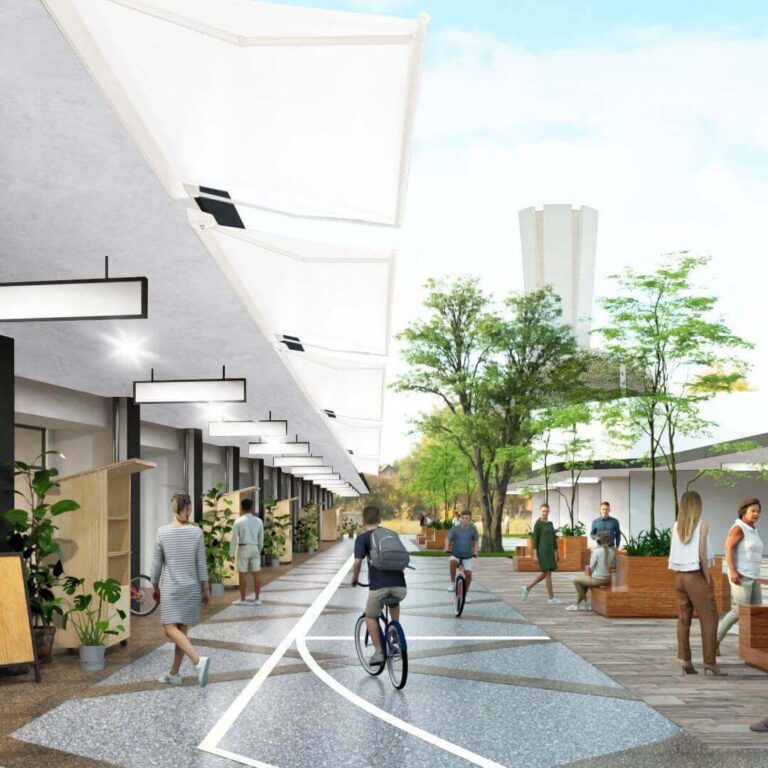
Young takers for Japan’s revamped old housing complexes
The country’s iconic homeware company, Muji, is working with a developer to lure new business and younger residents back to Japan’s aging housing complexes. Vast housing complexes, known as Danchi, were built to provide affordable yet modern dwellings during Japan’s post-war recovery. Some of the existing complexes are publicly owned while others are managed by semi-public entity UR. As the country grew richer and population growth slowed, they gradually fell into disrepair and emptied out. The government is now looking for ways to reinvigorate the complexes with the popular household goods maker Muji and its parent company on board. Muji has widened its remit to broader Danchi neighbourhoods, working with UR to tackle social isolation. The idea is that Muji’s fans will be drawn to live in Danchi. The brand’s 2012 push to renovate apartment units was a success, it hopes this too will be.
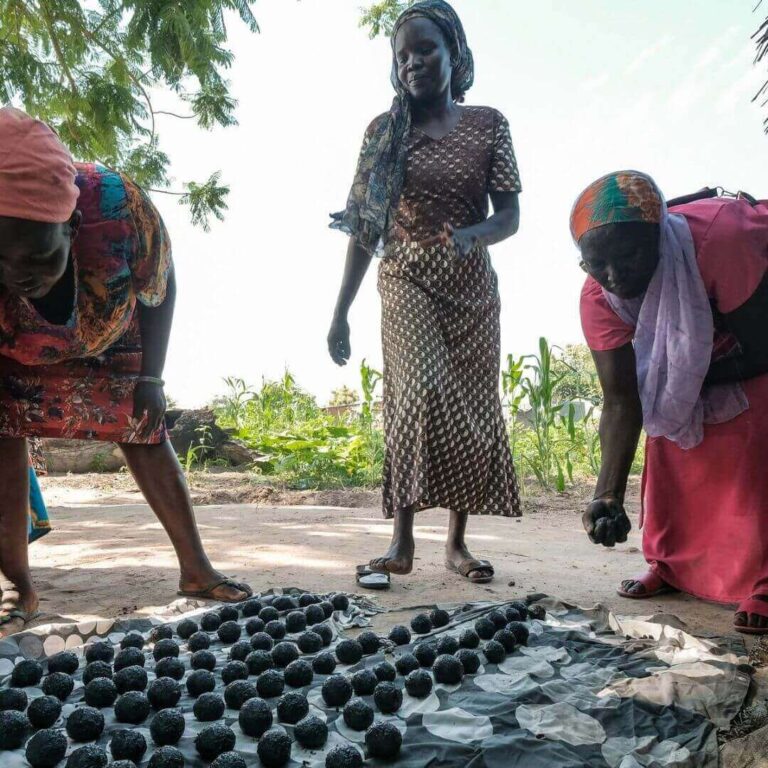
Women in Uganda opt for eco-friendly alternative to firewood
Women in Uganda’s Mabira Forest are learning to craft and cook with charcoal briquettes made from organic waste – part of a grassroots conservation effort aimed at protecting the country’s last standing forest. Women leaders have developed the alternative from organic waste – mostly food scraps – instead of wood, to make charcoal briquettes. These waste briquettes offer a realistic alternative to wood charcoal. Women used to walk long distances looking for firewood. Moreover, wood from trees is scarce. The availability of charcoal in Uganda puts additional pressure on its forests, as non-Ugandan loggers cross borders to cut trees. Unlike neighbouring countries Kenya and Tanzania, which have stricter conservation laws, Uganda “is such an open market that you can do anything, you can trade in anything,” says Godliver Businge, the Women’s Earth Alliance Uganda program lead and a co-founder of the Uganda Women’s Water Initiative.
February 23, 2024
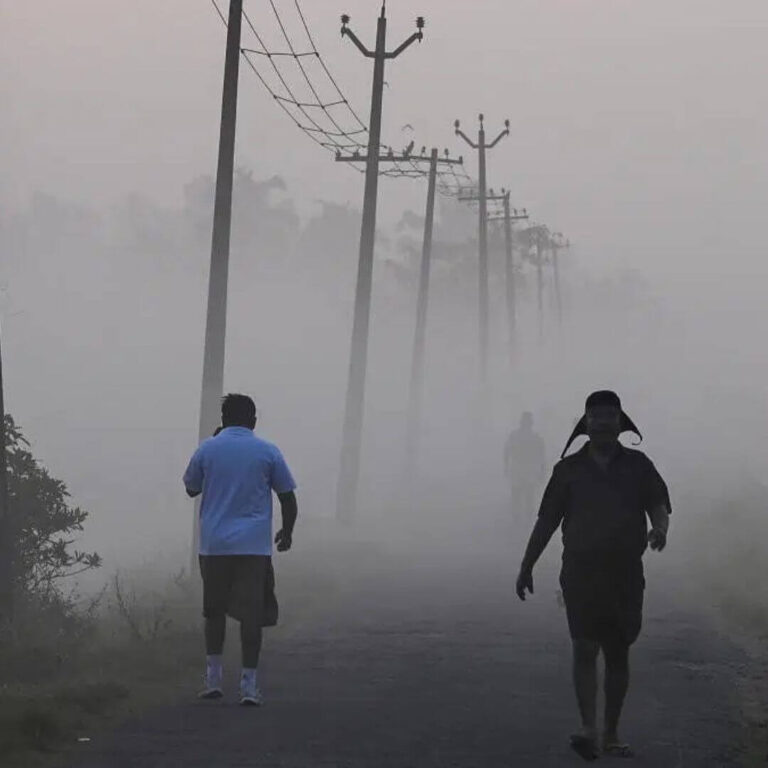
Contrary trends in air quality of cities in India
A study, published in the Elsevier Journal, reveals that the air quality worsened in peninsular Indian cities in the 2022-23 winter season but improved in the northern part of India, contrary to the trends seen in recent decades. Among the north Indian cities, Ghaziabad registered the most significant improvement with a reduction of 33 percent, followed by Rohtak (30 percent) and Noida (28 percent). Delhi, though landlocked, showed an improvement of around 10 percent. On the contrary, Mumbai, which used to have cleaner air, recorded the highest deterioration with a 30 percent increase in PM2.5 levels, followed by other peninsular Indian cities like Coimbatore (28 percent), Bengaluru (20 percent), Chennai (12 percent). “The winter of 2022-23 coincided with the last phase of an unusual triple-dip La Niña event…This phenomenon, influenced by climate change, impacted the large-scale wind pattern, playing a decisive role in preventing stagnation conditions in north Indian cities and thus improving air quality,” said R H Kripalani, a climate scientist at the Indian Institute of Tropical Meteorology and co-author of the report.
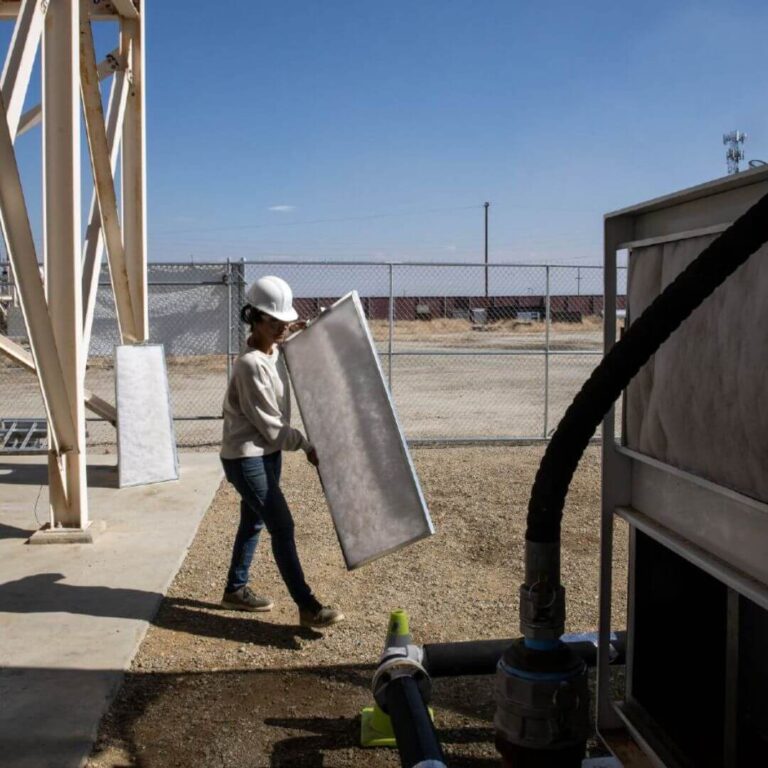
‘We have little time left to act on climate’
I listened to the Gates interview sitting in a hotel ballroom in San Diego on January 23, surrounded by hundreds of attendees of the cleantech conference, writes Molly Taft, a Brooklyn-based climate journalist. The conference was partially sponsored by an arm of Breakthrough Energy, the venture fund Gates founded in 2015 to invest in climate innovation. “I felt the familiar pit of despair in my gut that I get when I think about just how little time we have left to act on the climate: of how quickly our world seems to already be spinning out of control, even at less than 1.5 degrees of warming, let alone the 2 degrees Gates seems to be hand-waving away. Outside the ballroom, San Diego was in shambles after nearly three inches of rain had fallen the day before, making for the city’s fourth-wettest day in history. For climate advocates, the tech world can seem like a pleasant but murky unknown: a well-dressed distant cousin who brings gifts at Christmas but sometimes doesn’t show up to family reunions.”

How to build 15-minute cities in America?
Researchers at the Massachusetts Institute of Technology reflected on whether America — the land of the free and the home of the sprawl — can re-weave its urban fabric according to the 15-minute city model and achieve greater walkability. Their study, published in the scientific journal Nature Human Behavior, found that a majority of Americans have never experienced anything resembling a 15-minute city; it may have a serious consequence such as segregation too as residents of low-income 15-minute neighbourhoods were less likely to spend time in physical spaces with people of other economic classes. This could imply a tradeoff between local living and social mobility. To overcome this, they recommended that the 15-minute city must be paired with strong investments to improve economic opportunity and reduce residential segregation. If implemented correctly, a 15-minute city can be an agent of freedom: freedom from traffic jams, freedom to live in a healthy environment and freedom to be outside.

Europe farmers’ protests threaten environmental progress
Rising energy costs, competition from lightly regulated foreign imports, and supermarket profit-gouging have driven angry farmers off the land and into the streets of capitals. But in these disputes, there is a growing danger that the EU’s green deal takes the rap for a crisis that began elsewhere. Ahead of European elections in which they aspire to make major gains, radical right parties such as AfD in Germany and Marine Le Pen’s National Rally in France are using opposition to environmental reforms as a recruiting agent and campaign theme. In Brussels, and in national capitals, a degree of green backtracking is already under way. As the momentum of the farmers’ protests grew, European Commission president, Ursula von der Leyen, shelved plans to reduce the use of pesticides and softened targets on cutting non-CO2 emissions. Announcing those concessions, she argued that farmers “deserve to be listened to”.
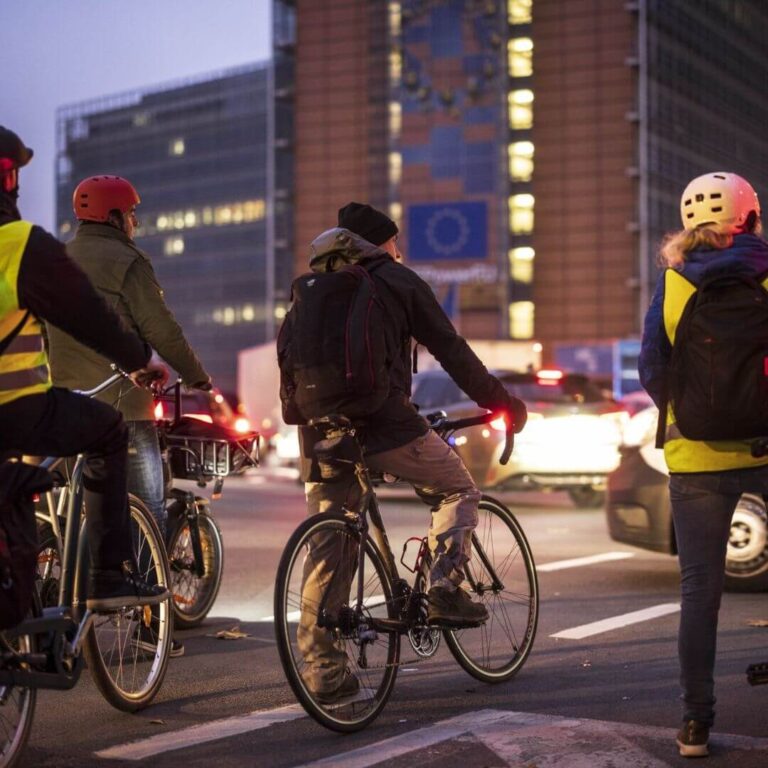
Good news digest
Car-choked Brussels makes way for bicycles
In 2014, Brussels was described as lying in the centre of “a spider web of highways that is impossible to evade.” Twenty years ago, 75 percent of households here owned at least one car but times are changing. Brussels’ transportation network has been reconfigured, shifting trips away from cars and toward bikes, transit and walking. The share of bike commuters has tripled in just four years, and transit ridership has already bounced back to pre-Covid levels. In 2017, cars accounted for 64 percent of the miles travelled within the city; by 2021, the figure had fallen under 50 percent. If car-choked Brussels can transform itself in less than a generation, it’s unclear why other cities cannot. Those who want to reduce the automobile’s stranglehold over urban America should look to the Belgian capital for inspiration and guidance.
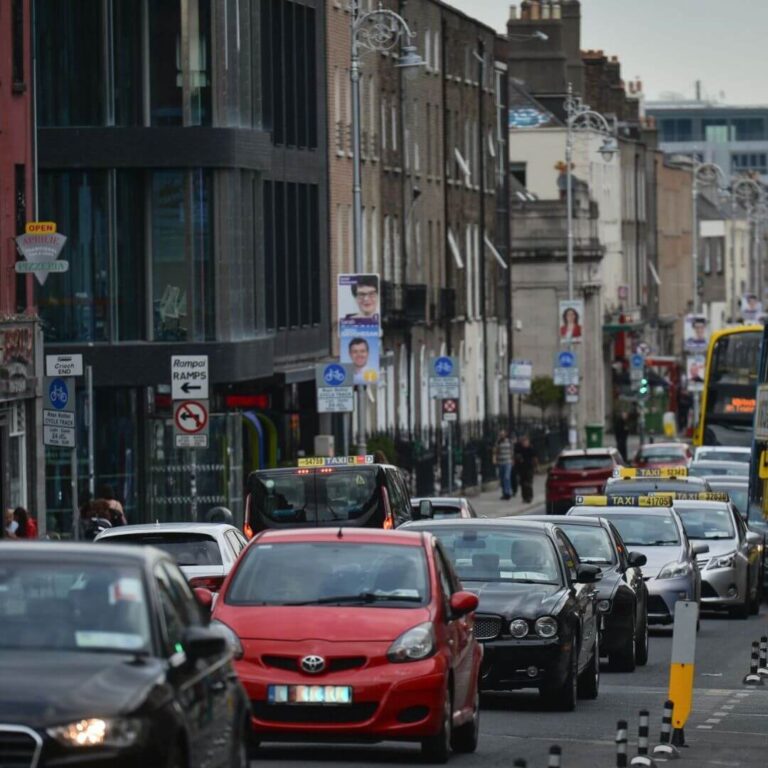
Dublin plans no-entry of vehicles in urban centre
Ireland’s largest city, Dublin, is replanning central streets so that private cars and commercial trucks will be allowed access only if their final destination is downtown. The goal: a 60 percent traffic reduction in the urban centre. By displacing vehicles merely passing through on their way to beltways further out, the plan promises to ease current traffic congestion and allow for the creation of new pedestrian streets and plazas that will make Dublin’s heart a more pleasant place. Through-traffic may end up being displaced to inner beltways that weave through residential areas. Other positive effects cited include cuts in vehicle emissions and pollution, as well as the public health benefits from walking and cycling which would be notably easier. Dublin’s modal share for cars is projected to still be 42 percent in 2042. Though a marked improvement from the 52.4 percent in 2016, it is well behind larger cities like Amsterdam, Brussels and London.
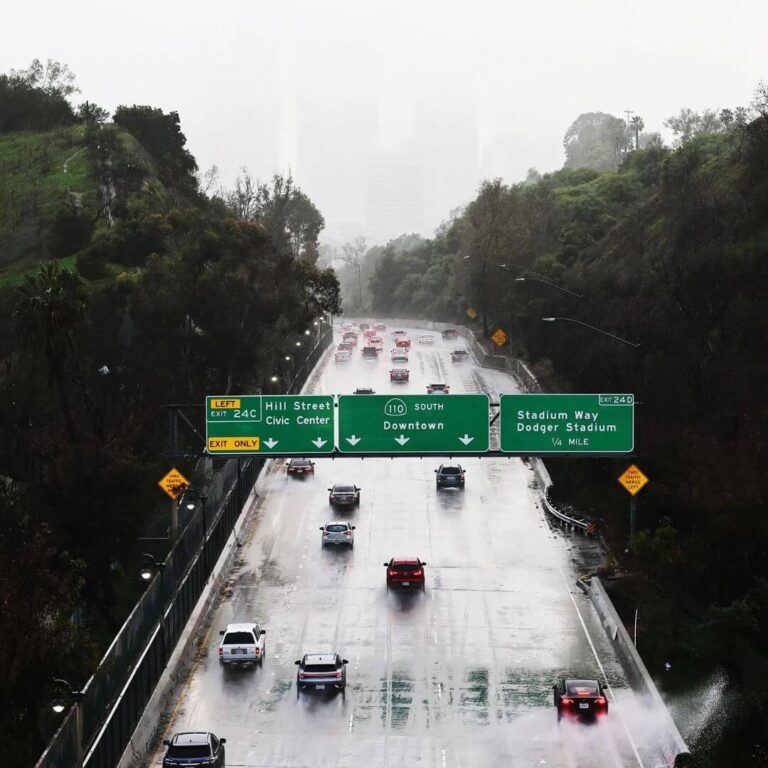
Los Angeles’ sponge infrastructure helps collect water
Like other urban areas around the world, Los Angeles has been transforming into a “sponge city” in recent years, replacing impermeable surfaces like concrete with permeable ones like dirt and plants. It has also built out “spreading grounds” where water accumulates and soaks into the earth. The trick to making a city more absorbent is to add more gardens and other green spaces that allow water to percolate into underlying aquifers which a city can then draw from in times of need. Engineers are also greening up medians and roadside areas to soak up the water that would normally rush off the streets into sewers, and eventually out to sea. More green spaces and urban gardens improve the mental health of residents too. Plants here also “sweat,” cooling the area and beating back the urban heat island effect—the tendency for concrete to absorb solar energy and slowly release it at night. The reduced summer temperatures also help to improve people’s health.
February 9, 2024

What's Mona Lisa got to do with food sustainability?
On January 28, two environmental activists entered the Louvre museum in Paris and sprayed pumpkin soup on the Mona Lisa, the most famous painting. The two women then shouted: “What is more important? Art or the right to healthy and sustainable food?” They belong to a group called Riposte Alimentaire — Food Counterattack. In this opinion piece, Sandipan Deb writes that we live in strange times and Mona Lisa is attacked because she may be in danger from fossil fuels, but actually the painting has remained in great shape because of technology that employs fossil fuels at some point or the other. She is illuminated by an LED lamp specially developed to minimise ultraviolet radiations and enhance the colours of the painting; a state-of-the-art system enables air to circulate through the glass case that protects her and helps to maintain the right relative humidity and temperature levels.
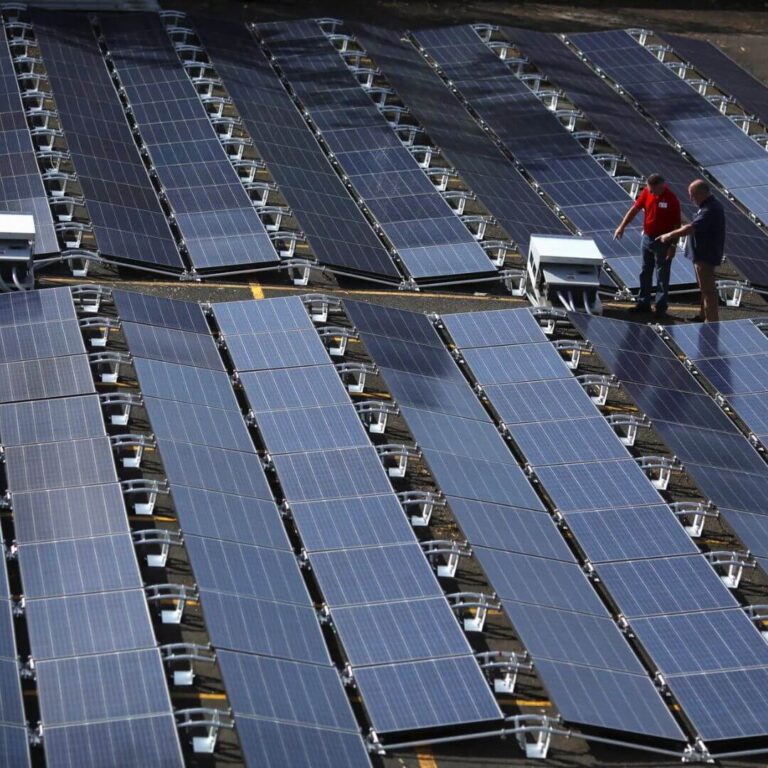
US will pay to add solar panels to hospitals
The United States of America’s Federal Emergency Management Agency will pay to install solar panels on schools, hospitals and other public buildings that are rebuilt after disasters, making them more resilient against future disasters while reducing greenhouse gas emissions. The change reflects the agency’s decision to fund renewable energy as it copes with worsening climate shocks. The number of billion-dollar weather disasters keeps rising, straining the country’s ability to respond, as well as the ability of local officials to keep offering basic services to residents. “If you’re installing solar panels, you are creating more energy independence,” said Deanne Criswell, FEMA’s administrator. If a school or other community building has solar panels to generate electricity and batteries to store it, that building could serve as a respite for people whose homes lose electricity, said Alisa Petersen, the federal policy manager for RMI’s United States programme team.
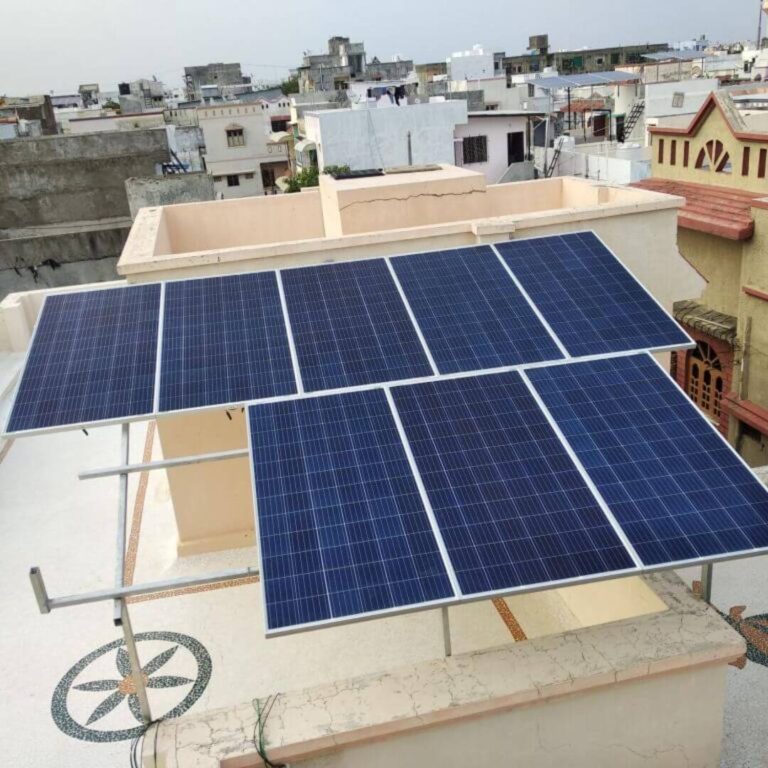
India’s union budget pushes for renewable energy
India’s interim budget for 2024-2025 discussed climate resilience and blue economy. In line with this, a scheme for restoration, adaptation, coastal aquaculture and mariculture with a multi-sectoral approach will be launched, said India’s Finance Minister Nirmala Sitharaman. The concept of Blue Economy 2.0 is interconnected with the Blue Revolution, which focuses on the productivity of the fisheries sector. The budget estimate for the Blue Revolution has been increased to Rs 2,352 crore in 2024-25 from Rs 1,500 crore in 2023-24. Last year’s budget had allocated Rs 35,000 crore for priority investments in energy transition and Net Zero. Of this amount, Rs 30,000 crore was designated to provide capital support to oil marketing companies for undertaking projects for energy transition, energy security and achieving Net Zero emissions by 2070. This year, there was no such announcement for energy transition. However, budgetary estimates for the central sector scheme on grid-based solar power have more than doubled to Rs 10,000 crore in 2024-25 from the revised estimates of about Rs 4,757 crore in 2023-24.

Good news digest
New Zealand to ban forever chemicals in cosmetics from 2026
New Zealand will ban so-called “forever chemicals” in cosmetics from 2026, amid increasing concerns about the health and environmental risks posed by the virtually indestructible chemicals. The Environmental Protection Authority (EPA) said it has banned the use of perfluoroalkyl and polyfluoroalkyl substances (PFAS) in cosmetics to protect people and the environment from the chemicals. PFAS are added to cosmetics to smooth the skin, or to make cosmetic products more durable, spreadable and water resistant. They are a class of about 14,000 chemicals often used to make products resistant to water, stains and heat and are called “forever chemicals” because they are virtually indestructible. Some states in the US have already proposed legislation to ban or limit PFAS ahead of federal regulations. California was the first major jurisdiction to ban all PFAS in cosmetics, in September 2022, while the states of Maine and Minnesota recently passed a law prohibiting products. The European Union is working on a broader ban on the chemicals.
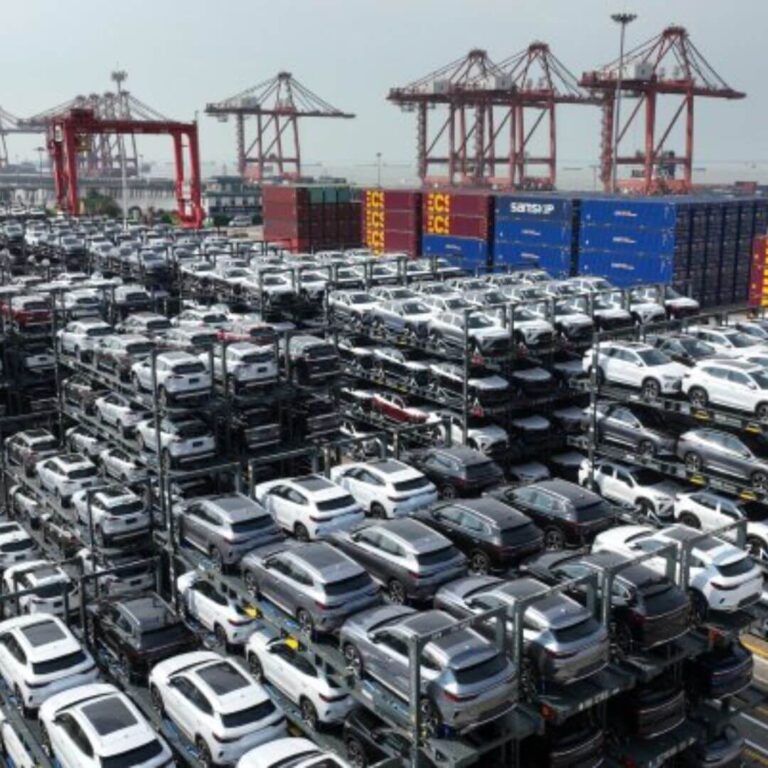
Clean energy boosted China’s economic growth in 2023
Solar power, along with manufacturing capacity for solar panels, electric vehicles and batteries, were the main focus of China’s clean-energy investments in 2023. An analysis found that clean energy contributed a record 11.4tn yuan ($1.6tn) to China’s economy in 2023, accounting for all of the growth in investment and a larger share of economic growth than any other sector. Clean-energy investment rose 40 percent year-on-year to 6.3tn yuan ($890bn), with the growth accounting for all of the investment growth across the Chinese economy in 2023. China’s $890bn investment in clean-energy sectors is almost as large as total global investments in fossil fuel supply in 2023 – and similar to the GDP of Switzerland or Turkey. Clean-energy sectors, as a result, were the largest driver of China’ economic growth overall, accounting for 40 percent of the GDP expansion last year. This means the industry is now a key part of China’s wider economic and industrial development.
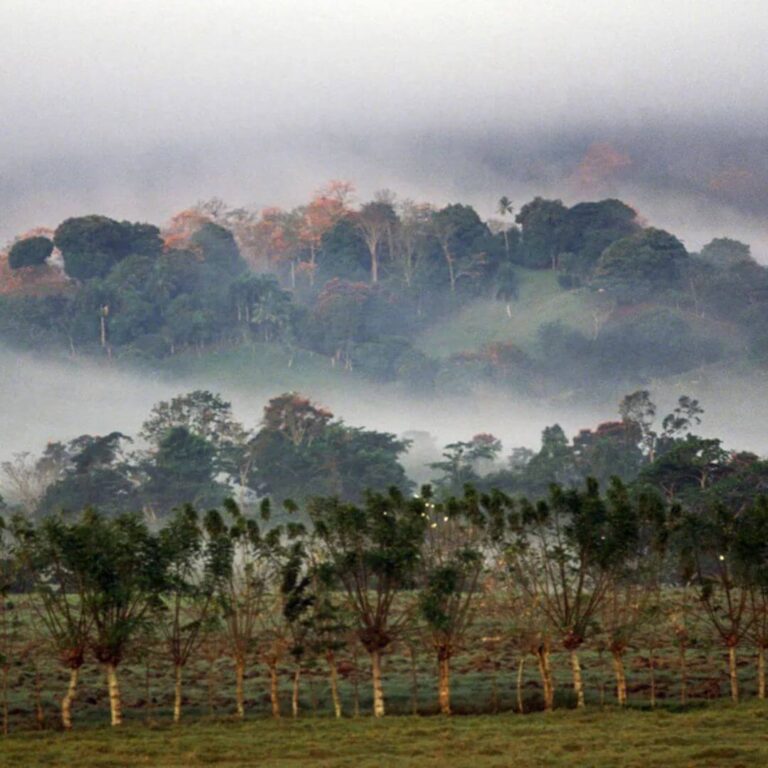
Caribbean nation’s nature-based solutions to achieve water security
Santo Domingo, the capital of the Dominican Republic, has been facing a severe water crisis and drought. Decades of deforestation to make way for cattle grazing, natural disasters like hurricanes destroying already-fragile sewer systems and infrastructure, and mismanagement of water resources have resulted in the country experiencing an unprecedented water crisis, says Francisco Núñez, the Central Caribbean director of The Nature Conservancy, a nonprofit organisation. Núñez, who was born and raised in the Dominican Republic, spearheaded two water funds in his home country – one restoring three river basins in the Santo Domingo region, and one high in the mountains, in the watershed of the Yaque del Norte, the longest river in the country. The aim of the water funds is “to focus on nature-based solutions contributing to achieve water security for the future”. The projects have been increasing tree canopies, ensuring water is managed efficiently, delivering clean water to local communities, and bringing sustainable and long-term economic empowerment to rural areas – through environmentally beneficial industries.

Beauty firms will have to pay more to clean up micropollutants
The European Union said that companies that sell medicines and cosmetics will have to cover at least 80 percent of the extra costs needed to get rid of tiny pollutants that are dirtying urban wastewater. Governments will pay the rest, members of the bloc said, in an effort to prevent vital products from becoming too expensive or scarce. By 2035, European Union member states will have to remove organic matter from urban wastewater before releasing it into the environment in all communities with more than 1,000 people. By 2045, they will have to remove nitrogen and phosphorus in all treatment plants covering more than 10,000 people, if there is a risk to the environment or health. They will also have to add an extra step to remove a “broad spectrum” of micropollutants, according to the European parliament. Officials said the steps would safeguard citizens from harmful discharges of pharmaceuticals and cosmetics in water bodies.
January 26, 2024
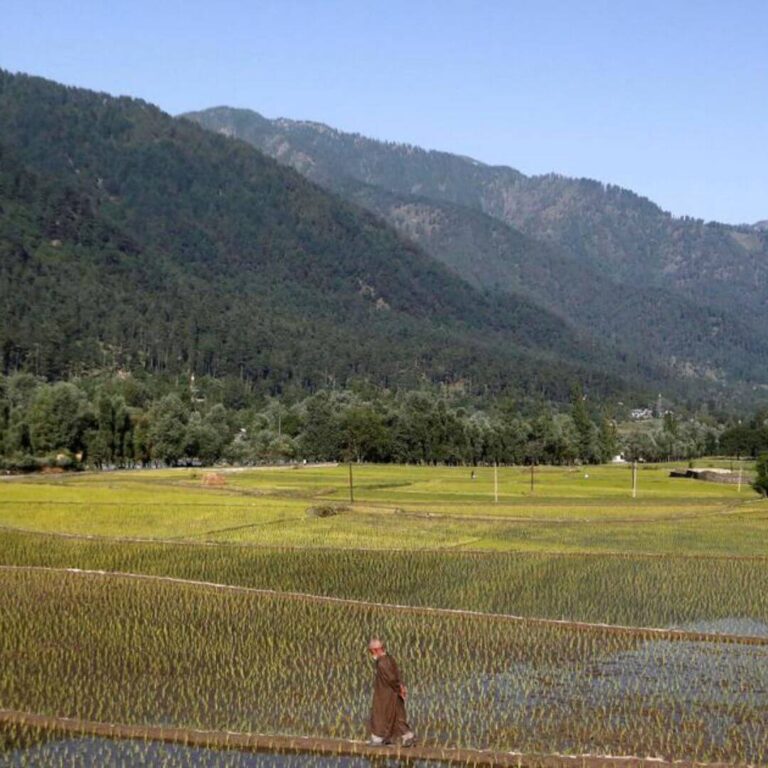
Pahalgam records warmest January
On January 15, Pahalgam in Jammu and Kashmir recorded the highest January temperature at 14.1 degrees Celsius. Such daytime temperatures in the region were at least 6 degrees Celsius above normal. Mukhtar Ahmad, director of the meteorological department’s J&K unit, said that the previous all-time high in Pahalgam during January was 13.8 degrees Celsius on January 14, 2018. The change in Kashmir’s weather could be linked to global warming that has shortened the winter, he said. The Valley is witnessing a snowless winter after seven years, said Irfan Rashid, faculty member at the University of Kashmir’s geoinformatics department. This is likely to hurt winter tourism, agriculture and electricity generation. A snowless winter will also affect the flow of water in Kashmir’s rivers during the summer and have a long-term impact on the ecosystem.
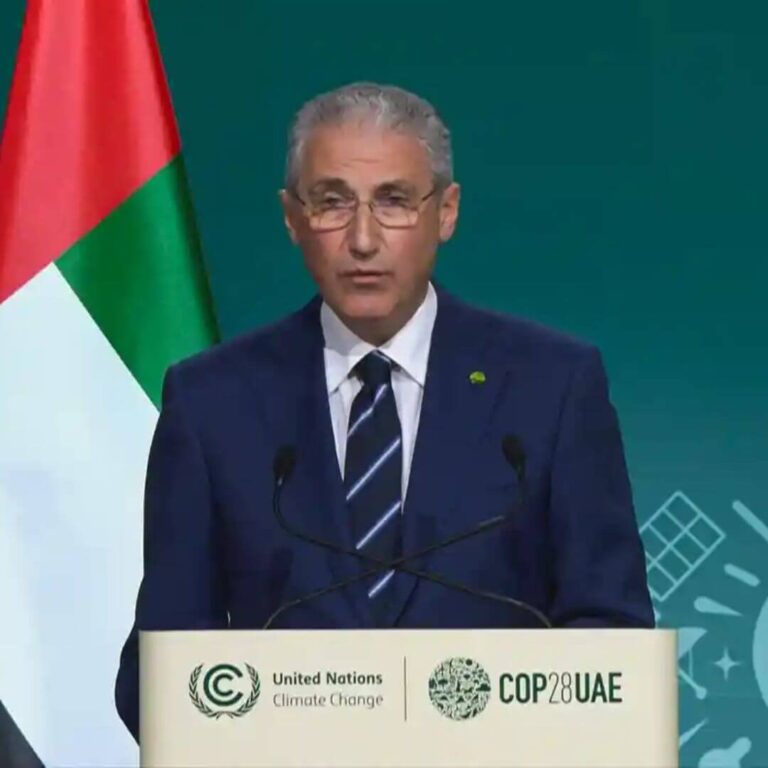
After outrage, 12 women added to COP29 panel
The 28-men composition of the COP29 global climate summit, to be held later this year in Azerbaijan, finally got 12 women after flak from various groups who objected to the “regressive” move. “Climate change affects the whole world, not half of it,” a group said. However, Azerbaijan president, Ilham Aliyev, also added a man to the committee while naming 12 women. Among the women are Umayra Taghiyeva, the deputy minister of ecology and natural resources, human rights commissioner Sabina Aliyeva, and Bahar Muradova, the chair of the state committee on family, women and children’s problems. “This is positive progress but we are still far from a 50:50 gender balance,” said Elise Buckle, co-founder of She Changes Climate. Almost all members of the COP29 committee are government ministers or officials. COP29 will be the second year in a row that the UN’s most important climate talks will be hosted by a petrostate heavily reliant on fossil fuel production.
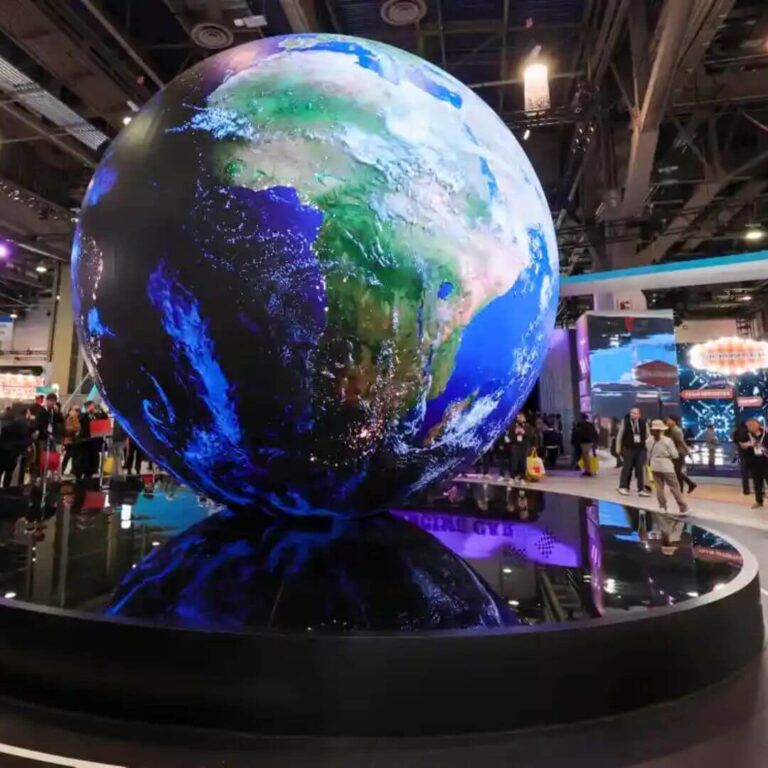
The idea of “overshoot” important in climate change discussions: Study
“Overshoot” refers to how many Earths human society is using up to sustain – or grow – itself. Humanity would currently need 1.7 Earths to maintain consumption of resources at a level the planet’s biocapacity can regenerate. Where discussion of climate often centres on carbon emissions, a focus on overshoot highlights the materials usage, waste output and growth of human society, all of which affect the Earth’s biosphere. “Essentially, overshoot is a crisis of human behaviour,” says Joseph Merz, lead author of a new research paper which proposes that climate breakdown is a symptom of ecological overshoot, which in turn is caused by the deliberate exploitation of human behaviour. Merz and colleagues believe that most climate “solutions” only tackle symptoms rather than the root cause of the crisis which leads to increasing three “levers” of overshoot: consumption, waste and population. “We can deal with climate change and worsen overshoot,” says Merz.

2023: Warmest year since records began in the mid-1800s
The year 2023 was the warmest on record for both the world’s land and ocean regions. It was also the first year where global average land temperatures exceeded 2 degrees Celsius and the first year in which global ocean temperatures exceeded 1 degree Celsius relative to pre-industrial levels. Global land regions – where the global human population lives – has been warming around 70 percent faster than the oceans – and 40 percent faster than the global average in the years since 1970. The year 2023 started off a bit cooler, with the first few months of the year failing to set any new records. However, from June onward each month was warmer than the same month in any prior year since records began. In the 2015 Paris Agreement, the world agreed to work to limit global temperatures to well below 2 degrees Celsius and to pursue efforts to “limit the temperature increase to 1.5 degrees Celsius above pre-industrial levels”.
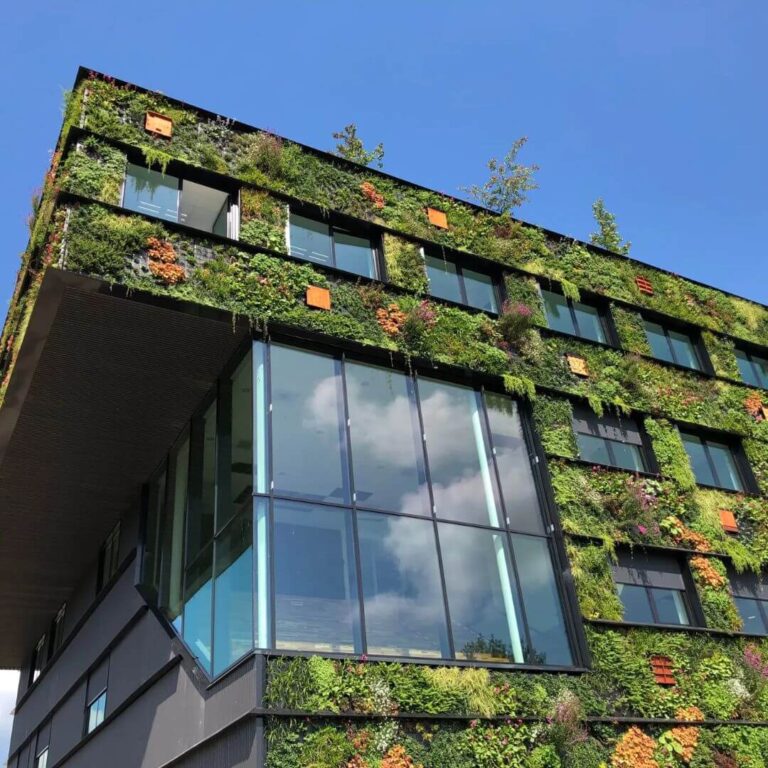
Good news digest
Green corridor effect: Heat level down by 2 degrees Celsius
The Colombian city of Medellín has cut its average temperature by 2 degrees Celsius through “green corridors” – lines of trees and plants that cost a total of $16.3 million and $625,000 a year to maintain. Green corridors – areas that are landscaped to promote more biodiversity – provide natural shade for urban areas. They also reduce heat levels through a process called evapotranspiration, which introduces water vapour into the environment. Colombia’s second-largest city has been warmer than surrounding rural areas because of an increase in buildings and roads. The green corridor initiative in Medellín not only helped reduce temperatures but also cut air pollution. Medellín is not alone – other cities around the world are turning to natural solutions to reduce temperatures, which have been driven higher by the climate crisis and a phenomenon called the urban heat island effect, where city areas heat up more than rural ones due to building and road materials retaining heat.
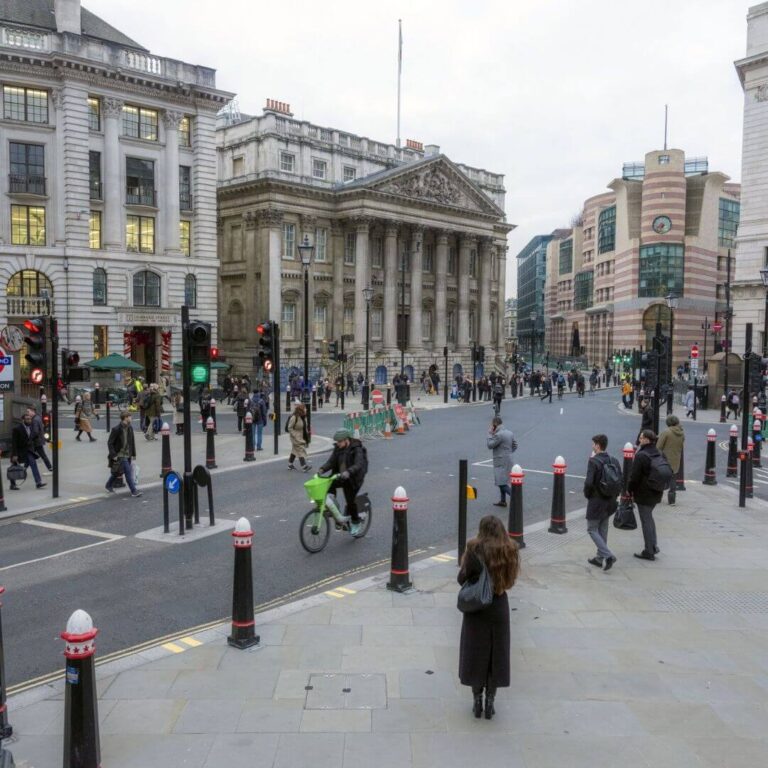
Pleasant London plan gives more space to pedestrians
A quiet revolution in the financial district of London will rip out roadways and install wider sidewalks, new bike lanes and more public squares and open spaces friendly to pedestrians. A recently widened walkway at Bank junction, a chaotic meeting of nine streets, now has three benches. “When you came out of Bank station 20 years ago, the first thing you wanted to do was get out. It smelled, with traffic and fumes everywhere,” says Shravan Joshi, the chair of the City of London’s Planning and Transportation Committee. “We’ve tried to make it a place where you can come and sit, and you can wayfind.” Many areas are improving public spaces, and Joshi hopes visiting the city will be more pleasant and encourage workers to come back to offices. “It’s giving people a reason to come and be there as a destination, as opposed to as transiting through,” says Joshi, who imagines a City of London where “students, schoolchildren, tourists, visitors, workers and residents are all intermingling”.

Modern ‘Sabbath’ day may slow climate change
A shared day of rest, at a minimum, might slow the pace of consumption, curb emissions or ease the burden of so many people working weary weekends. But slowing down, even for a day, may also help convince people that a sustainable way of life is not only good for the planet, it’s good for them. In 2019, Schorsch founded the Green Sabbath Project as a “mass movement to observe a weekly day of rest” for the secular and religious alike. This is not a spa day, but a modern version of what the ancients practiced: avoiding work in factories and offices, or even on our laptops, opting out of driving or flying, or engines of any kind for the day, putting off shopping, preparing food in advance and so on. The immediate effect among millions of people, he calculates, could dial back emissions for at least one day a week with no new technology or spending.
January 12, 2024
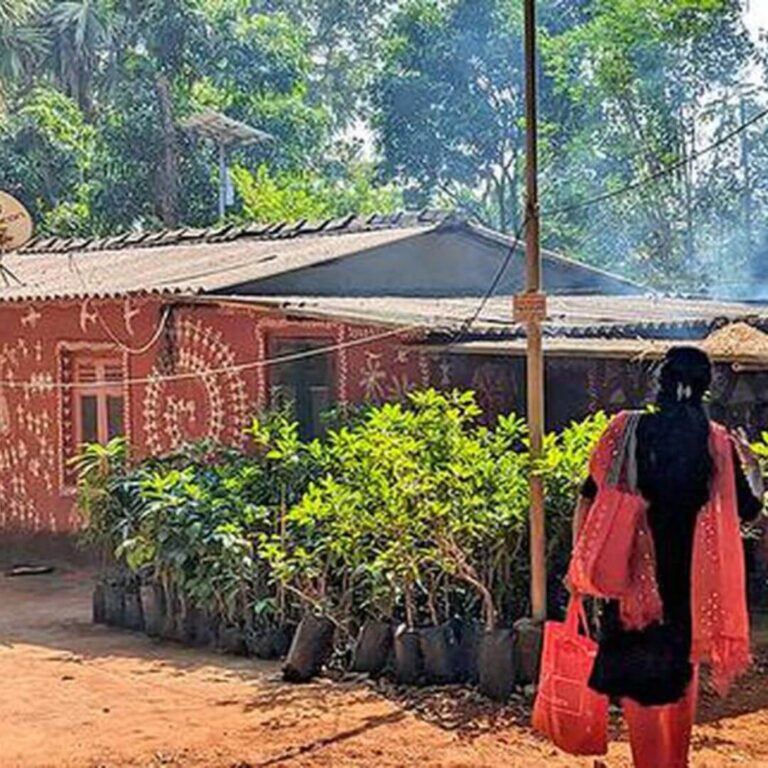
Proposed museum will displace Warli tribals in Mumbai
The Maharashtra Department of Tourism has announced the construction of the Chhatrapati Shivaji Maharaj War Art Museum across 136 acres of land in Gorai with a budget of Rs 50 crore. The museum will affect six tribal hamlets: Babar Pada (3 acres), Jamazad Pada (6 acres), Mothadongari Pada (5 acres), Chotadongari Pada, Birsa Munda Pada, and Borkhal Pada (all 3-4 acres). In 2011, the Bombay High Court had rejected the department’s proposal to construct hotels and resorts in and around Gorai and Manori villages. The court had declared that these places were ecologically sensitive, and had disallowed construction, said Gayatri Singh, senior advocate, Bombay HC, who had filed a public interest litigation then. Last year, the state government had declared the hamlet as a gaothan, an area protected by the Maharashtra Land Revenue Code that disallows any development without the consent of those who reside on it. However, that has not been updated in the land records. Babar Pada is Gorai’s only government-declared gaothan.

Las Vegas’ Sphere is the ‘greatest architectural spectacle’ of 2023
Sphere is the building of the year 2023, the decade, possibly the century, reportedly visible from space. The world’s largest spherical object stands at 366 feet tall and 516 feet wide. It is the world’s largest video screen, with 580,000 square feet (54,000 square metres) of LED displays on its exterior. It is a visual experience measured in incomprehensibly geeky numbers (18K resolution, 160,000 speakers, capable of projecting film weighing in at a half-petabyte in size). James Dolan, New York entertainment mogul behind Madison Square Garden, spent nearly a decade working to realise his vision for an immersive 17,500-seat amphitheatre. At $2.3 billion, Sphere is by far the most expensive entertainment venue ever built in Vegas, and possibly the first to lose nearly $100 million in just three months. What sets apart Sphere is its scale, not just one installation but an ever-changing series of experiences. As spectacles go, the structure is like a leap from the steam engine to nuclear fusion: the world’s first piece of streaming architecture.
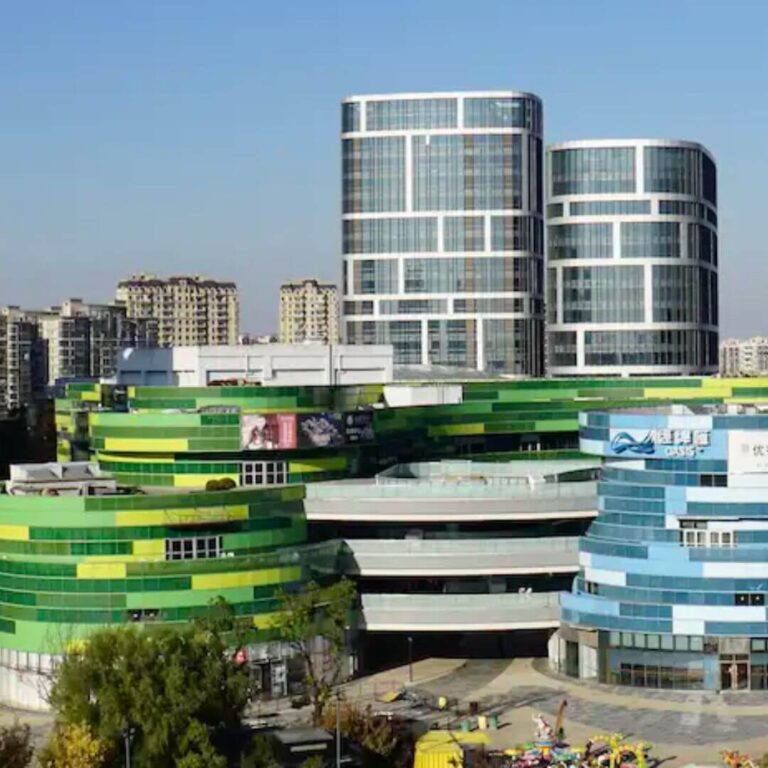
China redesigns its malls, with spaces to interact
From 1990 through 2020, large and shiny shopping malls embodied China’s spectacular economic growth. Many Chinese malls are being re-imagined by owners and users as palaces of experience – civic areas for communities to meet and interact, with new configurations of public and private space. The Chinese are making creative use of excess mall space. New users are filling non-retail areas, such as indoor walkways and atriums that now house café tables. Others have become children’s play spaces filled with giant inflatable figures. The Raffles City Mall in Shenzhen has a rooftop pet playground, a stage, an art display area and a sun-shaded lawn. China’s informal economy of food stalls and sidewalk merchants is also filling the void. Empty store spaces are also being repurposed. Some have been converted into electric vehicle showrooms, art museums and children’s play centres with dance studios, paddling pools, small skating rinks, gyms and yoga centres. Others have been redesigned as sites for art or cooking classes, or for multiplayer electronic gaming and virtual reality experiences.
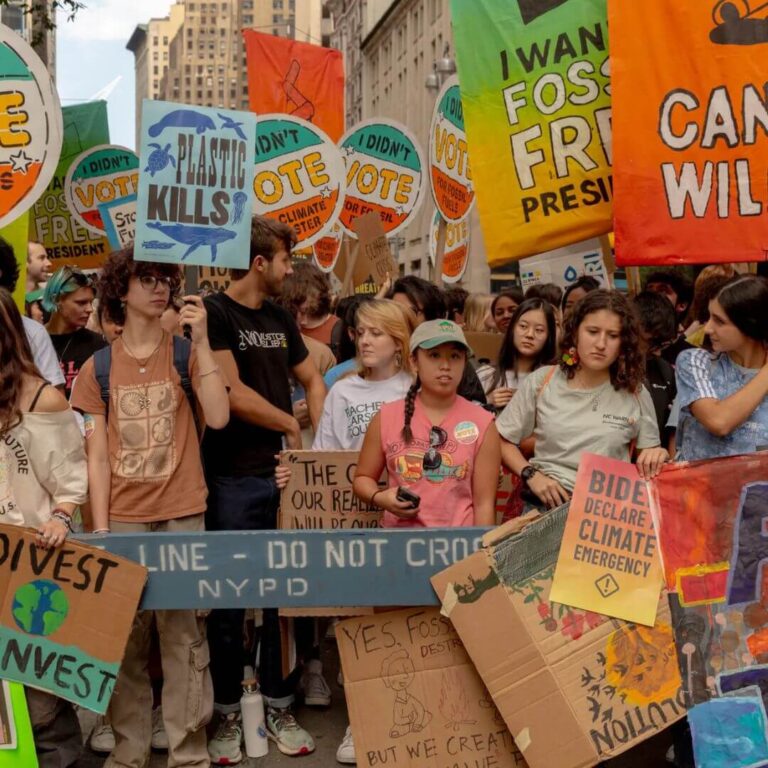
Watch out for these big climate stories this year
The New York Times lists some of the climate stories it will be chasing this year. The naturally occurring El Niño will push up temperatures and humans will continue pumping greenhouse gases into the atmosphere. That will very likely mean more extreme heat. It will mean more wildfires, like the ones that torched Canada, Europe and North Africa. And it will mean more unusually hot ocean temperatures that threaten coral reefs and melt glaciers. The US elections are to watch out for. If Donald Trump returns to the White House, much of Joe Biden’s work on climate change could be in jeopardy. For the U.S. to come close to achieving Biden’s goal of 100 percent renewable power generation by 2035, a lot will have to go right. Also, pressure has been building on the World Bank and International Monetary Fund to overhaul the way they help developing countries adapt to climate change. Expect the action and activism around climate issues to keep going strong in the year ahead.

Sheffield looks at creating new industrial revolution
Sheffield is known as England’s “Steel City”, thanks to those historical roots. It’s the largest city in a region known as South Yorkshire, but the days of industrial dominance are long gone. Today, the region is grappling with the impacts of deindustrialisation that have plagued parts of developed economies around the world. Its 42-year-old mayor, Oliver Coppard, wants to revive the region’s past by attracting business and making South Yorkshire the epicentre of advanced manufacturing. In this interview, Coppard spoke about his vision. “The transition to net zero is an opportunity to do that. We know what it’s like to go through an energy transition… we’re running a citizens’ assembly in South Yorkshire, which is essentially 100 people who are demographically representative of the whole region, who will now work with us to understand what trade-offs could or should look like and how we can all benefit from that transition. I’m determined to make sure that we’re doing this with our community, not to our community,” he said.
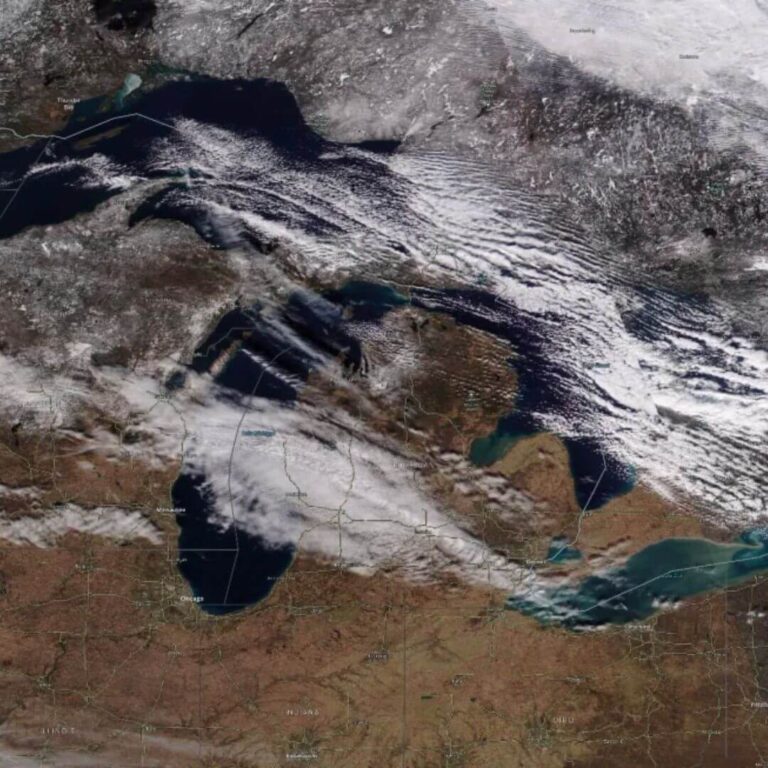
Climate crisis: Great Lakes are virtually ice-free
Since record-keeping began in 1973, researchers have found the Great Lakes have been experiencing a massive decline in ice, with the peak coverage dropping by about 5 percent each decade. This year’s missing ice in the Great Lakes — lowest in at least 50 years — adds to a growing trend of winter ailments plaguing the US, from dwindling snowpacks in the West to an ongoing snow drought in the Northeast, all becoming more common due to warming temperatures from the climate crisis. The eastern side of the lakes have a similar story with Cleveland; Erie, Pennsylvania, and Buffalo, New York, all seeing one of the warmest Decembers on record. As a result, Lake Erie is currently completely ice-free. Low ice cover in the Great Lakes has serious ramifications for industries and the environment. Ice cover also protects the shorelines of the lakes. Without it, high waves can cause severe flooding, coastline erosion and damage.
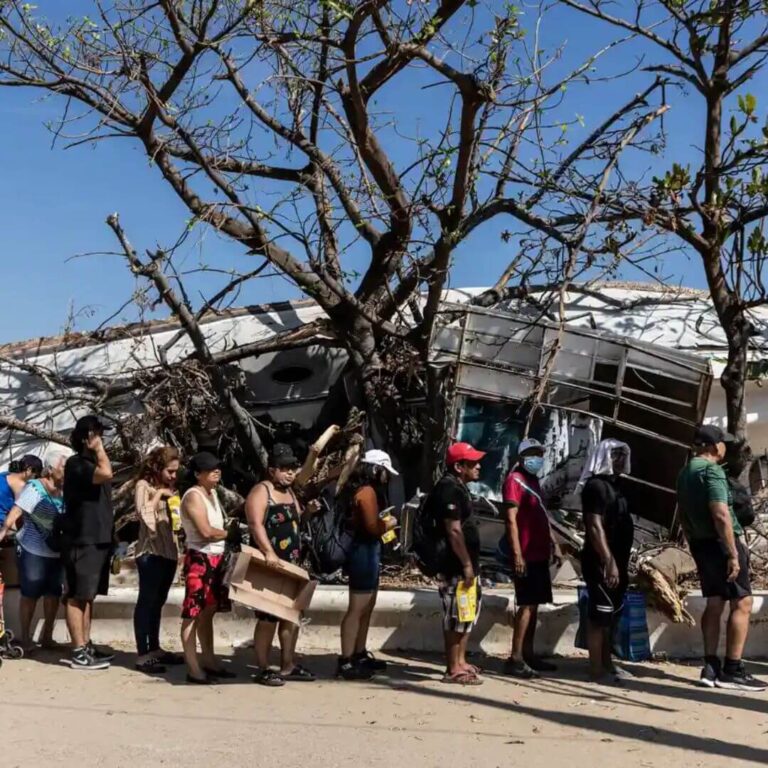
‘Global heating will push temperatures to 1.5C by May’
James Hansen, the former Nasa scientist credited for alerting the world to the dangers of climate change in the 1980s, said that global heating caused by the burning of fossil fuels, amplified by the naturally reoccurring El Niño climatic event, will by May push temperatures to as much as 1.7 degrees Celsius (3 Fahrenheit) above the average experienced before industrialisation. This temperature high, measured over the 12-month period to May, will not by itself break the commitment made by the world’s governments to limit global heating to 1.5 degrees Celsius of the pre-industrial level. Scientists say the 1.5 degree Celsius ceiling cannot be considered breached until a string of several years exceeds this limit, which is most likely to happen in the 2030s. In a bulletin issued with two other climate researchers, Hansen states that “the 1.5 degrees Celsius global warming ceiling has been passed for all practical purposes because the large planetary energy imbalance assures that global temperature is heading still higher”.
